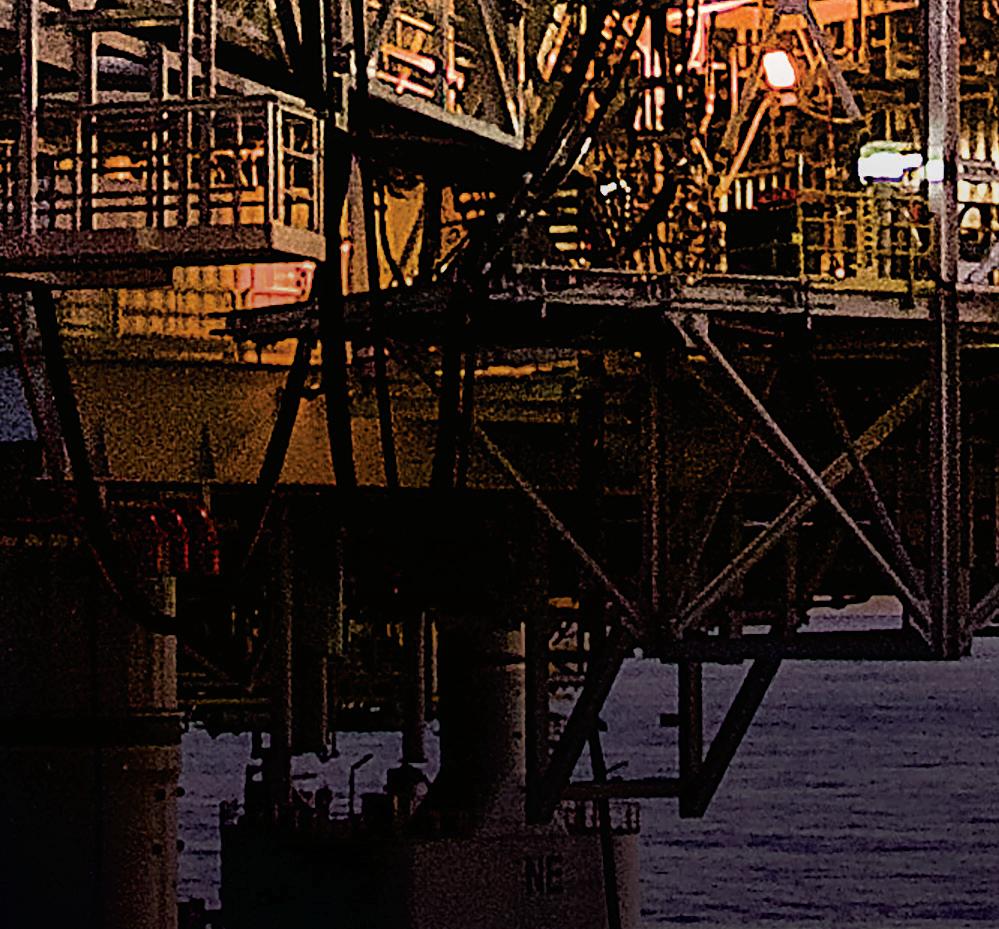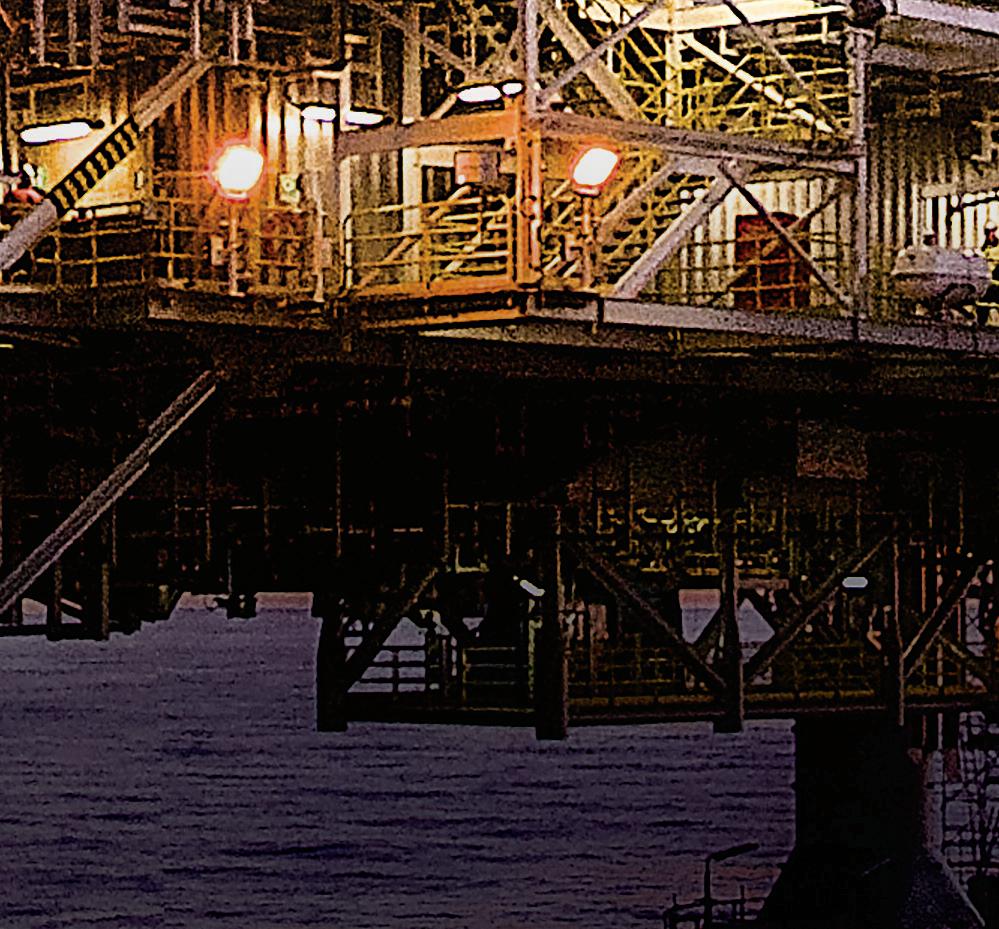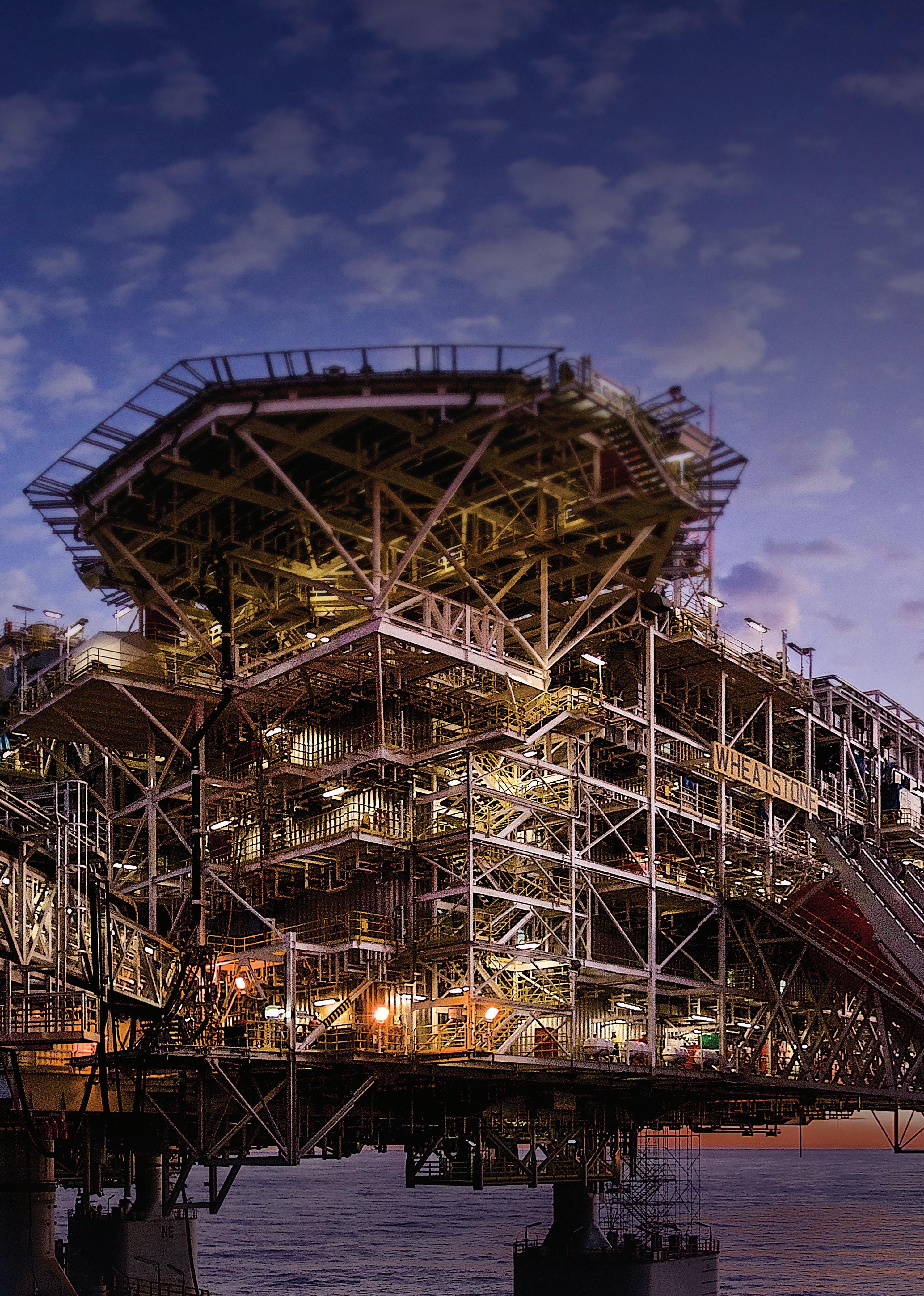

NORTH AMERICA
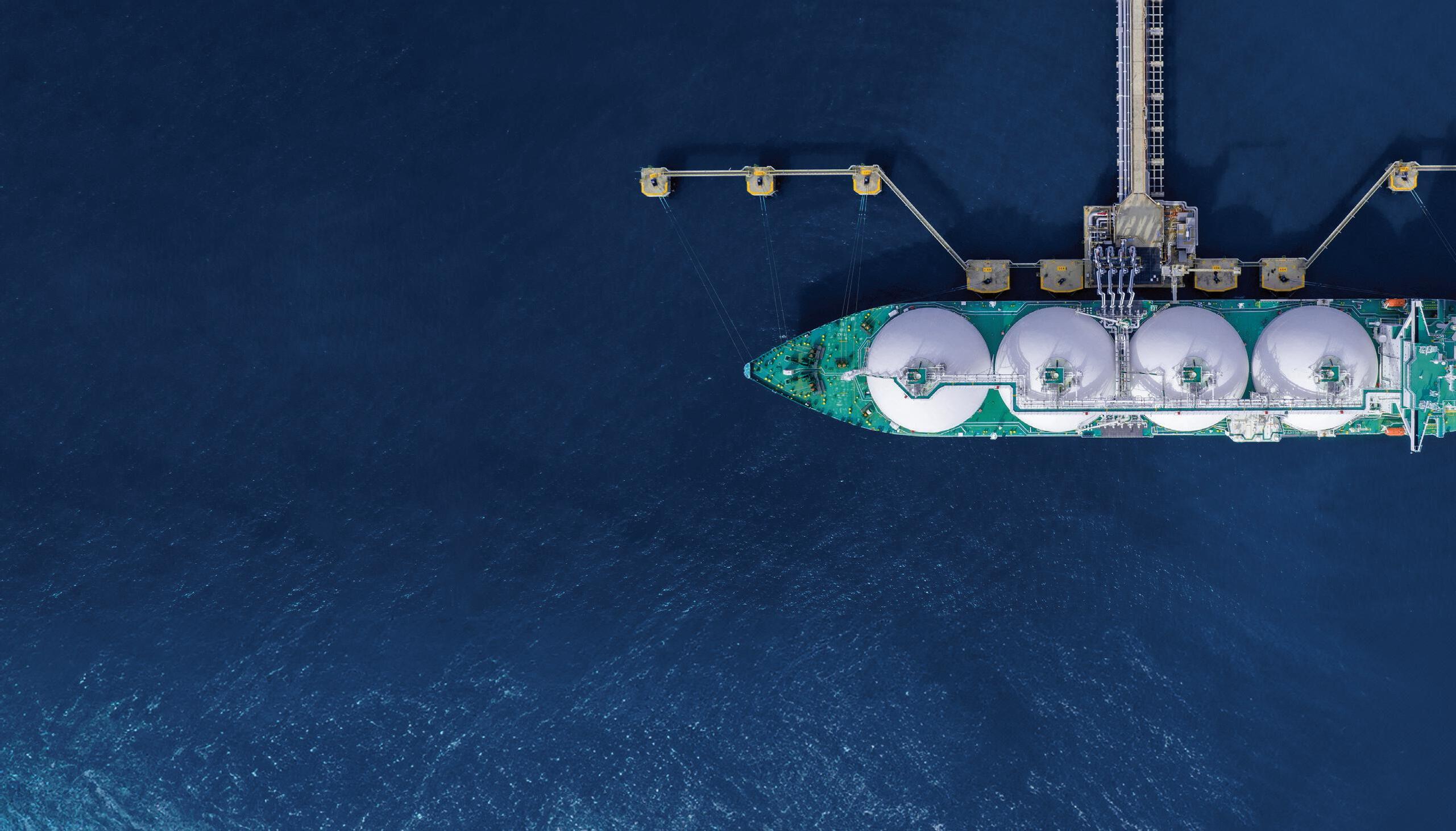

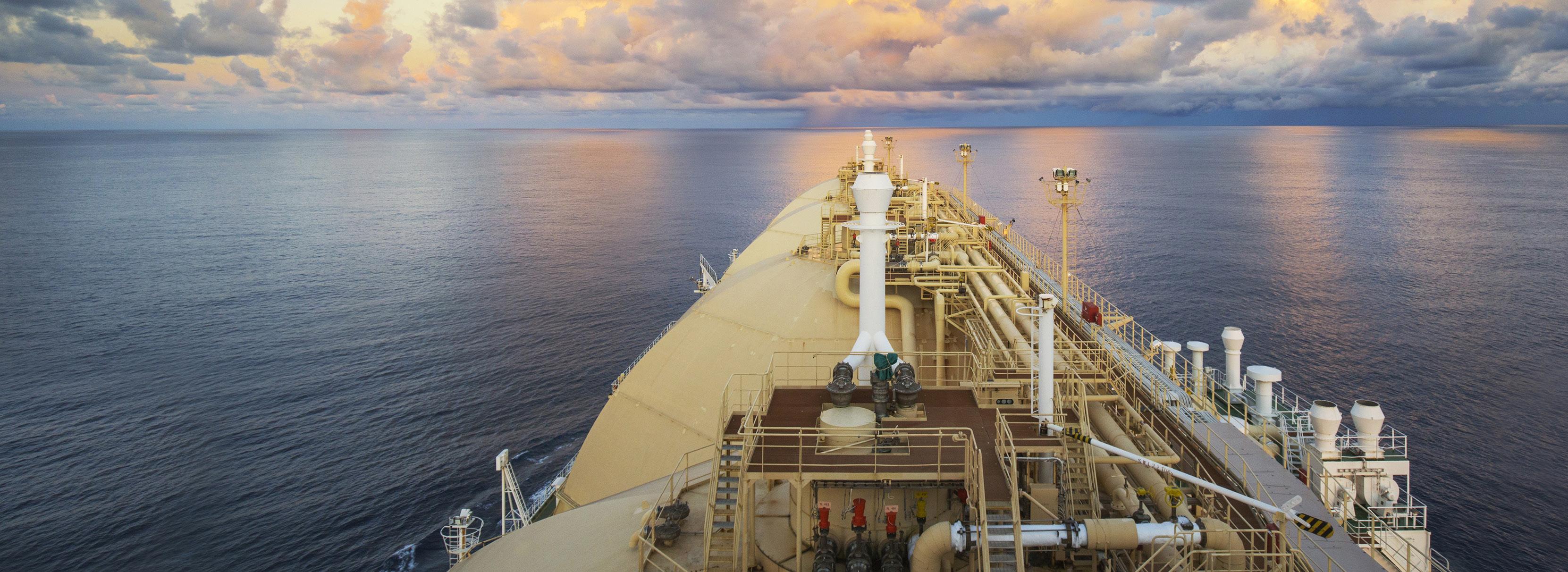
03 Comment
05 A young but vibrant industry
Fred H. Hutchinson, President and CEO of The USLNG Association, looks to the future as the US LNG industry turns eight.
11 LNG
bunkering in North America: A success story
LNG has been the dominant alternative marine fuel in the US for over a decade, but new long-term options are emerging writes Rostom Merzouki, Director – Global Gas Development, ABS Qatar.
14 LNG decarbonisation strategies for a cleaner future
Dr Öznur Arslan, Dr Justin Bukowski, Richard Fong, Dr Christine Kretz, and Dejan Veskovic, Air Products, identify strategies for decarbonising the LNG value chain.
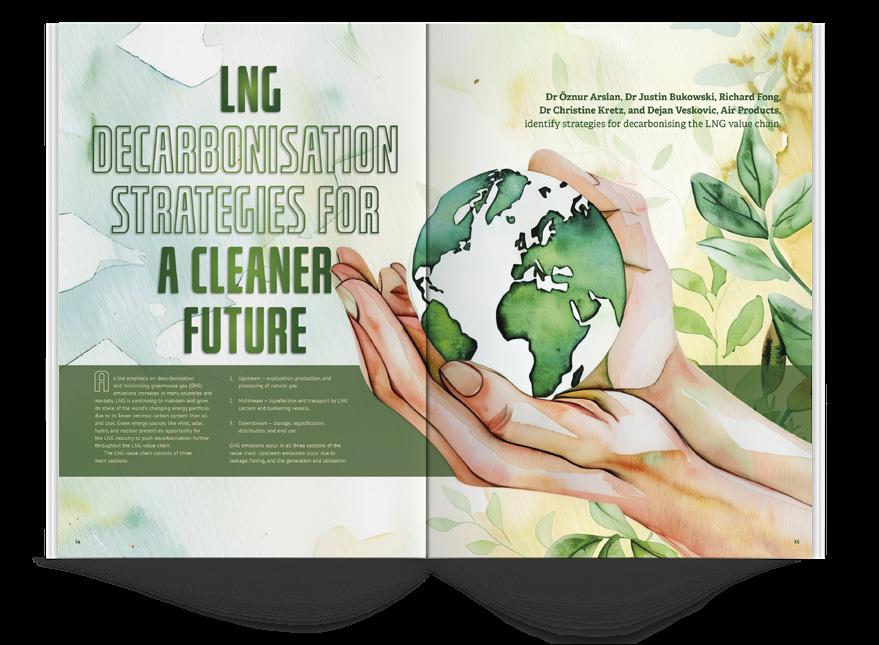
21 Elevate ethane trade to another level
Thibaut Raeis, GTT, explores how ethane carriers can be designed to accommodate LNG in the future.
27 Making more out of less
Justin Ellrich, LNG/Liquefaction Solutions Process Manager, and Micky Clifford, AVP – Process Solutions Leader, Black & Veatch, USA, assess how advances in scaling up proven technologies can help meet the growing demand for LNG
30 Taking modularisation to new levels in LNG
Dominique Gadelle, Vice President of Early Engagement at Technip Energies, discusses the rise in popularity of modular LNG.
35 The analyser technician of the future
Hans-Peter Visser and Martin van Burgh, Analytical Solutions and Products B.V., consider the idea of one virtual AI analyser maintenance and reliability engineer for the whole LNG plant.
39 Global energy security towards a closer future
Mexico Pacific provides an insight into the role the company's Saguaro Energía LNG Facility will play in the future of global energy security.
43 Major projects without major impacts
Christine Kennedy, President of Woodfibre LNG, explains how the Woodfibre LNG project is building with impact mitigation at the forefront.
48 From LNG import to export
Lake Charles LNG details how the project is preparing for the energy transition as a global supplier.
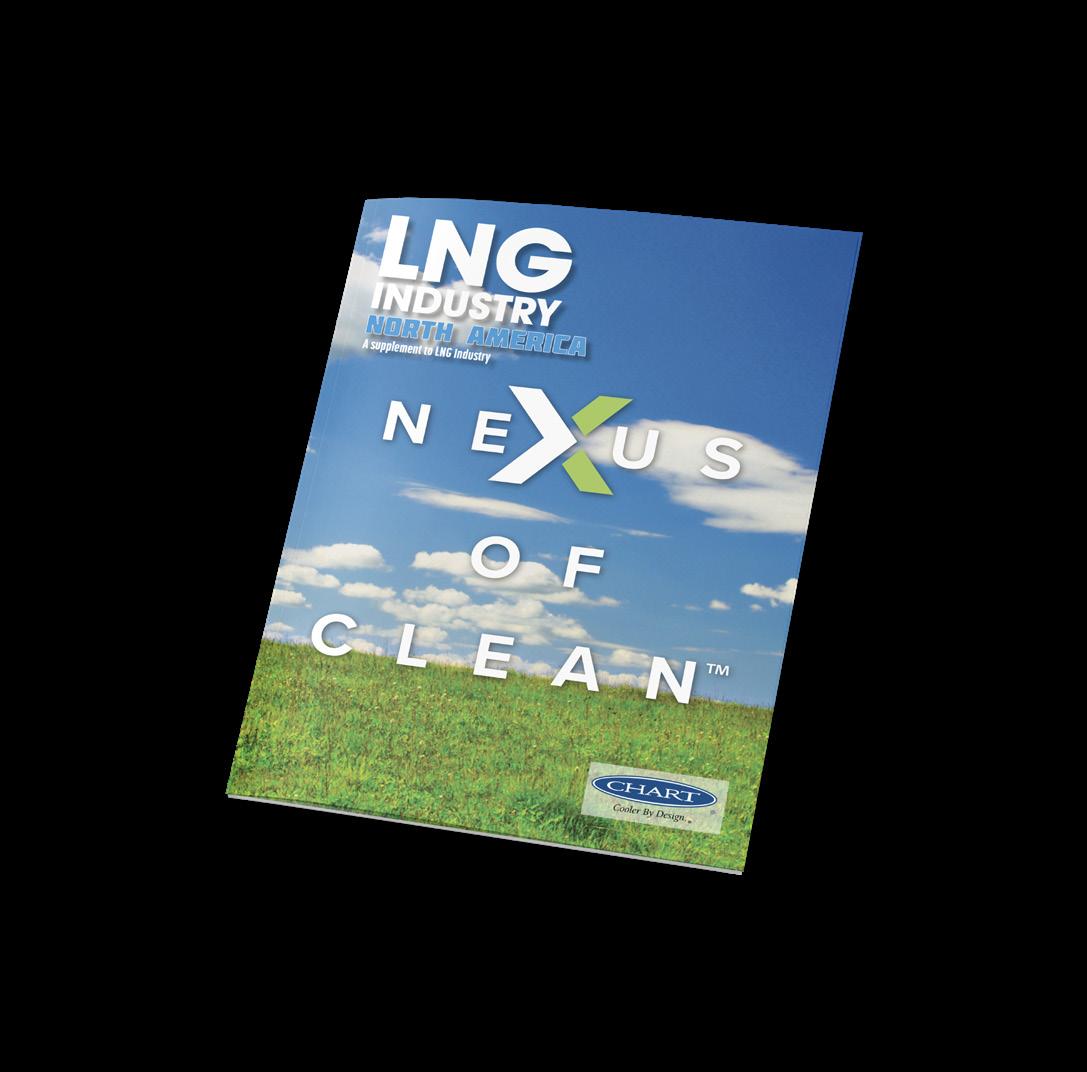
TM – Chart combines its core cryogenic and compression products and process technologies to create engineered solutions that facilitate decarbonisation and improve efficiency across multiple industry sectors within energy, industry, water treatment, and food and beverage. Chart was one of the pioneers of small and mid scale LNG that provides complete end-to-end solutions, bringing increased energy security and independence through natural gas and is at the forefront of the energy transition to hydrogen. To learn more, visit www.chartindustries.com



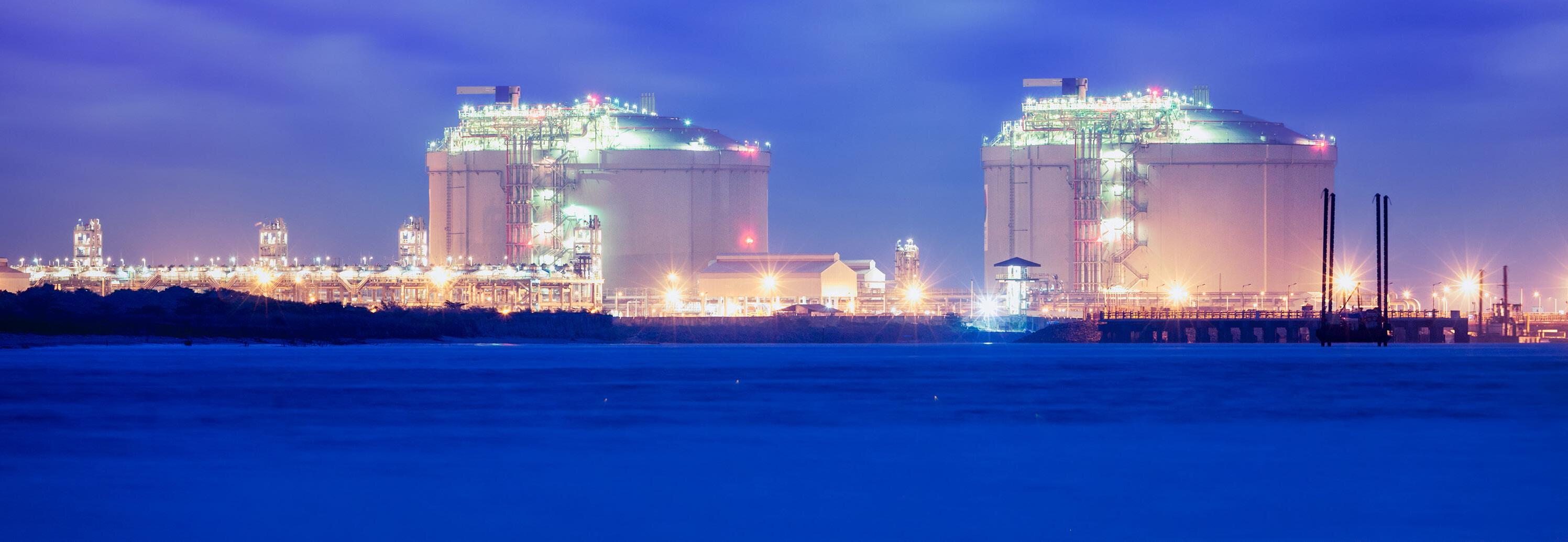
JESSICA CASEY EDITOR
COMMENT
Welcome back to the second edition of LNG Industry’s North America supplement.
It has certainly been a busy year for the region’s LNG industry, with US President, Joe Biden, putting a temporary pause on the approval of permits to non-FTA countries to new US LNG export projects. You can read more on the potential impacts of this ‘pause’ on the US’ LNG industry in The USLNG Association’s keynote report (p.9).
Nevertheless, the US has still got plenty of projects that have been approved and operating or are being constructed to help maintain the US’ status as the top exporter. One of these projects is Lake Charles LNG, and their article on p.48 discusses how the project is preparing for the energy transition as a global supplier.
Canada’s LNG export projects are also moving along nicely, with Woodfibre LNG having recently received a compliance order from the BC Environmental Assessment Office to deploy the floatel to site and use the vessel for non-local workforce accommodation in accordance with the amended Environmental Assessment Certificate.1 You can read more on the Woodfibre LNG project in their article, starting on p.45.
Moreover, Black & Veatch has received full notice to proceed from Cedar LNG LP to construct the project’s floating liquefaction facility, with Black & Veatch responsible for complete topside design and equipment supply, while Samsung Heavy Industries will be providing the hull with the containment system and fabrication and integration of all topside modules.2
In addition, since the last North America supplement, ECOnnect has also delivered two jettyless transfer units to New Fortress Energy’s Fast LNG project in Mexico, and has received first gas.3 You can also read about Mexico Pacific’s Saguaro Energía project in their article, starting on p.41.
Another segment of the industry that has progressed is the use of LNG as a marine fuel – particularly bunkering.
Managing Editor James Little james.little@palladianpublications.com
Senior Editor Elizabeth Corner elizabeth.corner@palladianpublications.com
Editor Jessica Casey jessica.casey@palladianpublications.com
Editorial Assistant
Théodore Reed-Martin theodore.reedmartin@palladianpublications.com
Sales Director Rod Hardy rod.hardy@palladianpublications.com
Editorial/Advertisement

In April 2024, JAX LNG and Seaside LNG conducted the inaugural LNG bunkering in the Port of Savannah of CMA CGM SYMI during the ship’s call at the Garden City Terminal. The ship received approximately 4600 m3 of LNG from North America’s largest LNG articulated tug and barge, the Clean Canaveral, during simultaneous operations.4 Galveston LNG Bunker Port has also joined the SEA-LNG coalition, and will develop, construct, and operate the US Gulf Coast’s first dedicated facility supporting the fuelling of LNG-powered vessels, expected to be operational late-2026.5 For more insight into North America’s history with and future role in LNG bunkering, turn to p.13 to read ABS’ keynote report on this topic.
I hope you enjoy this second edition of this special issue of LNG Industry, – make sure to grab a copy of the issue at Gastech in Houston, Texas, in September 2024. We’ll see you there!
References
1. ‘Woodfibre LNG receives BCEAO order to move floatel to site to house non-local workforce’, Woodfibre LNG, (17 June 2024), https://woodfibrelng.ca/news/2024/06/17/woodfibre-lng-receivesbceao-order-to-move-floatel-to-site-to-house-non-localworkforce/
2. ‘Black & Veatch Receives Full Notice to Proceed for Canada’s First FLNG Project’, Business Wire, (11 April 2024), www.businesswire. com/news/home/20240411379492/en
3. ‘ECOnnect advances global LNG access with jettyless IQuay units for NGE’s Fast LNG projects’, ECOnnect Energy, (19 January 2024), www.econnectenergy.com/articles/econnect-advances-global-lngaccess-with-jettyless-iquay-units-for-nfes-fast-lng-projects
4. ‘SEA-LNG members conduct first USA SIMPOS LNG bunkering of 15K TEU vessel’, SEA-LNG, (22 May 2024), https://sea-lng. org/2024/05/sea-lng-members-conduct-first-usa-simopsbunkering-of-15k-teu-vessel/
5. ‘Galveston LNG Bunker Port joins SEA-LNG coalition’, SEA-LNG, (21 February 2024), https://sea-lng.org/2024/02/galveston-lngbunker-port-joins-sea-lng-coalition/
Sales Manager Will Powell will.powell@palladianpublications.com
Production Designer Kate Wilkerson kate.wilkerson@palladianpublications.com
Head of Events Louise Cameron louise.cameron@palladianpublications.com
Digital Events Coordinator Merili Jurivete merili.jurivete@palladianpublications.com
Digital Content Assistant Kristian Ilasko kristian.ilasko@palladianpublications.com
Digital Administrator Nicole Harman-Smith nicole.harman-smith@palladianpublications.com
Administration Manager Laura White laura.white@palladianpublications.com
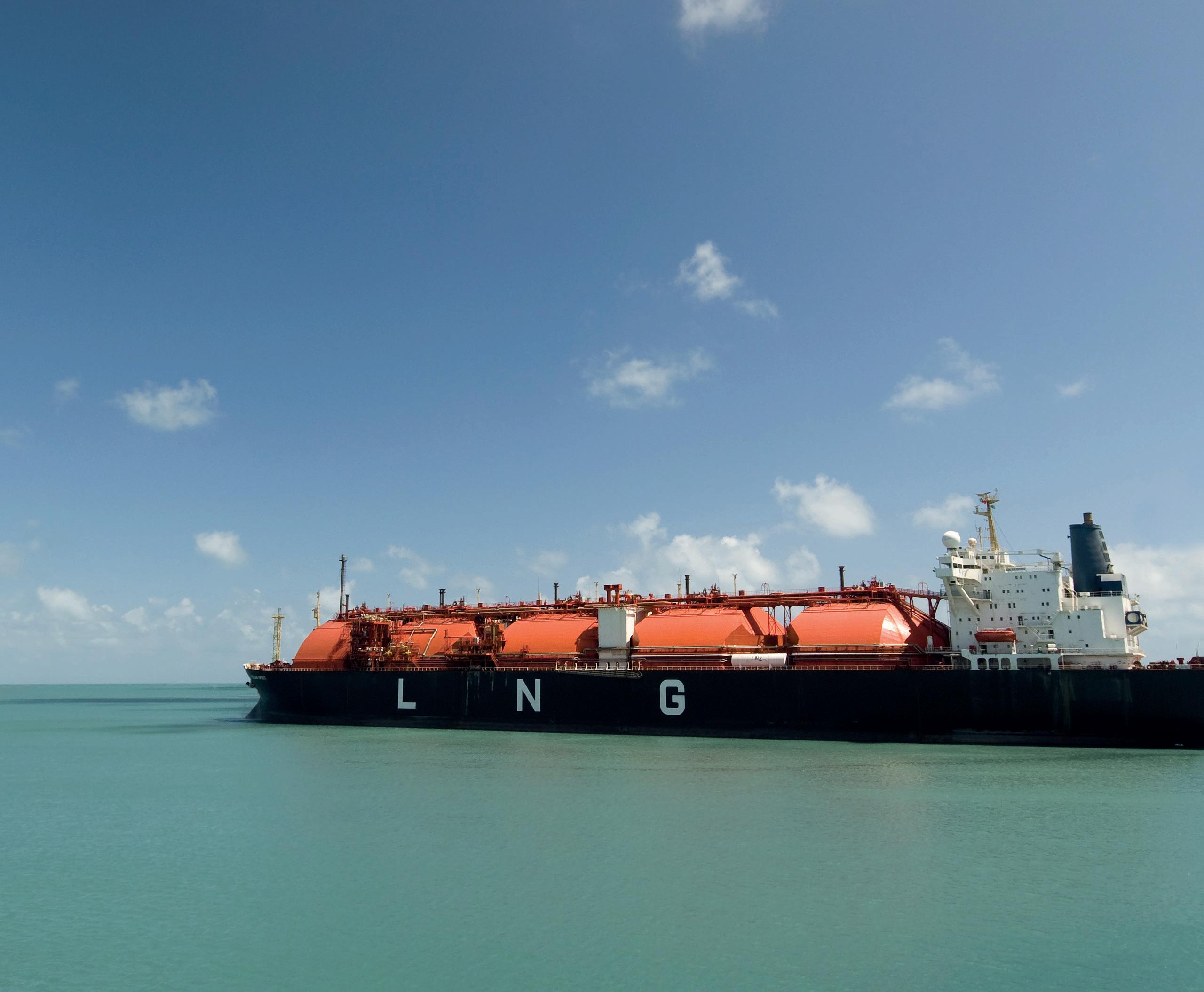
Subscribe online at: www.lngindustry.com/subscribe
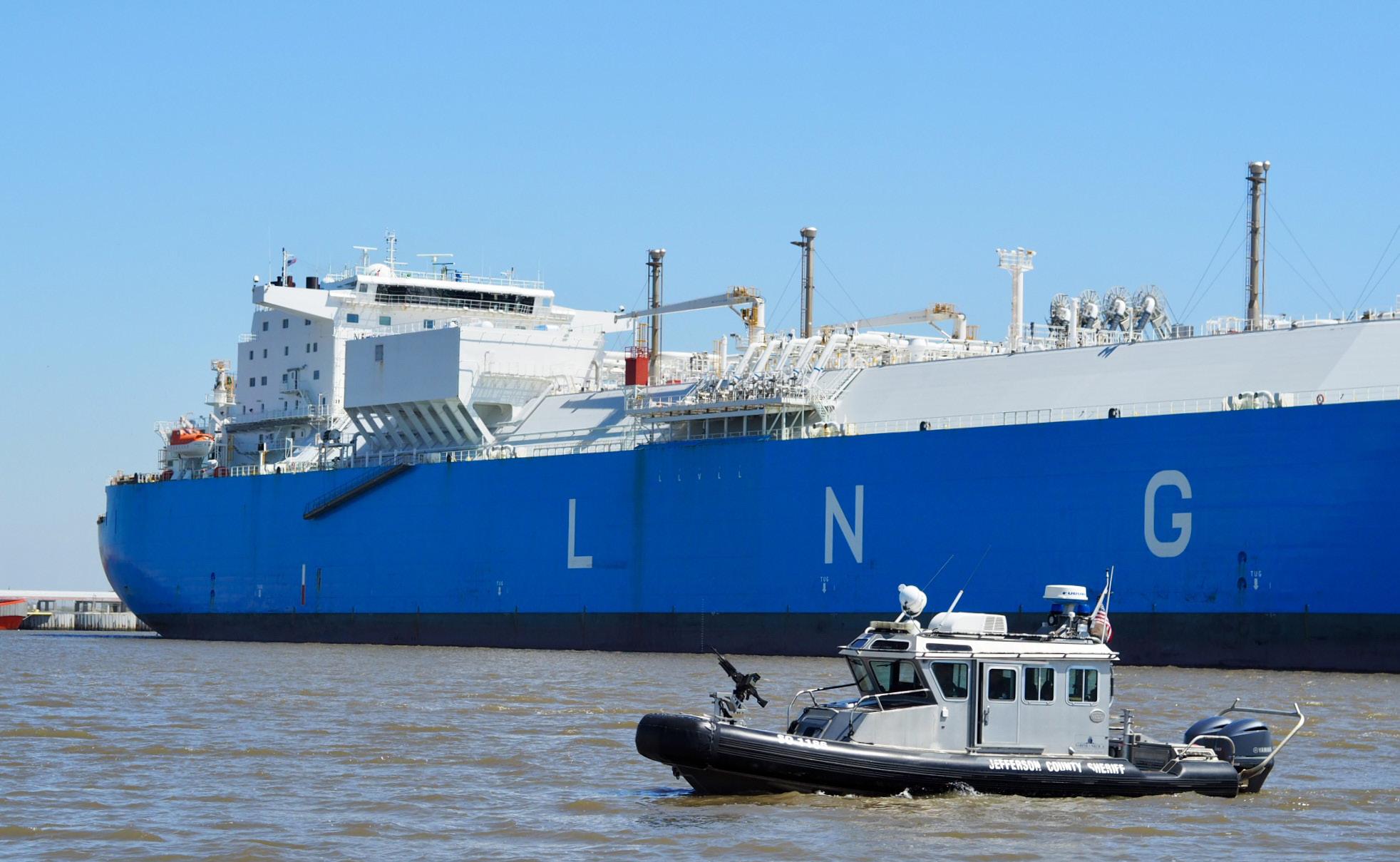
Fred H. Hutchison,
President and CEO of
The USLNG Association, looks to the future as the US LNG industry turns eight.
On 24 February 2016, the LNG tanker Asia Vision left Cheniere’s export terminal on the Sabine-Neches Waterway – which runs along the border between Texas and Louisiana – and delivered its cargo of 3 billion ft3 of natural gas to Brazil a few days later. Since then, the US LNG export industry has grown at an exhilarating average annual rate of 11 million tpy of installed baseload capacity, propelling the US to the top of the global LNG leader board.
The foundations
To understand what will be needed to ensure that the US retains its LNG leadership position in the decades to come, it is useful to examine the seven main ‘pilings’ upon which this young but vibrant industry has been built.
Abundant supply
The US is blessed with tremendous oil and gas resources and an exploration and production industry that continues to innovate, and thus produce more and more dry gas and associated gas (a byproduct of oil extraction). While some gas is still imported by pipeline from Canada (and some is exported to Mexico), US gas production continues to exceed domestic demand, leaving plenty of headroom for LNG exports without harming US residential or industrial consumers.
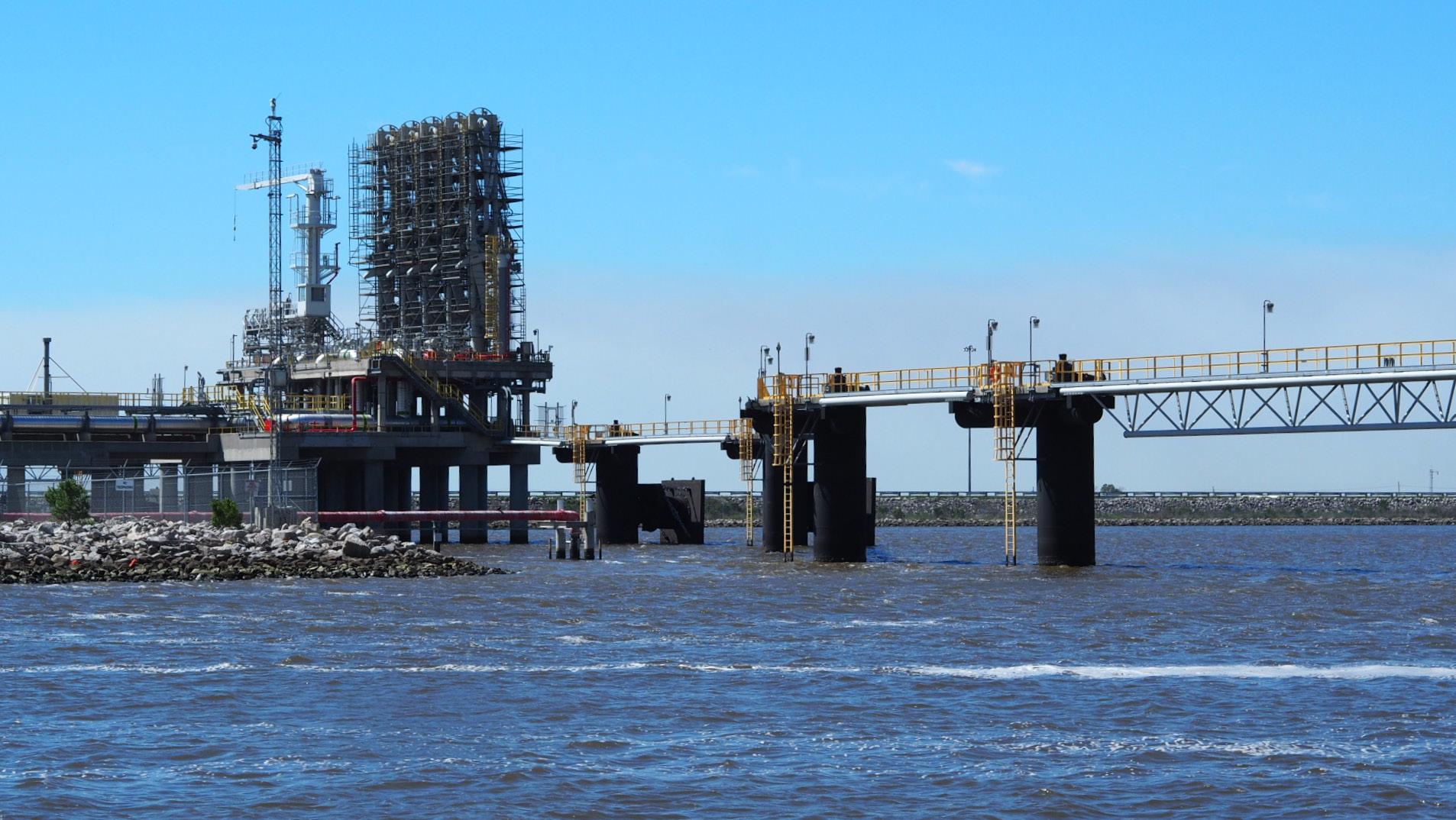
The Potential Gas Committee estimated that future US gas resources and reserves total nearly 4 trillion ft3, which is more than 100 years of consumption at present domestic and export levels (Figure 1).
Regulatory predictability
Unlike other fuels, US government licenses are required to build natural gas infrastructure (both interstate pipelines and liquefaction terminals) and to export natural gas. Under the Natural Gas Act as amended, a prospective exporter must obtain a siting and construction permit from the Federal Energy Regulatory Commission (FERC) and a second permit from the U.S. Department of Energy (DOE) to export the gas itself. This two-step regulatory process is extremely time consuming and costly, but – until very recently – has been stable and predictable.
Affordability
Unlike LNG sold from other nations, the long-term contracts which underpin US exports contain modest take-or-pay requirements. Contractual liquefaction fees provide a sufficient cash flow for debt service, but most US contracts do not require offtakers to pay for either gas or shipping unless they ‘lift the cargo’. This means that in severe
market downturns (such as those that occurred during the pandemic), US LNG shipments can be cancelled at far lower cost than LNG from nations such as Qatar, which have much greater take-or-pay requirements. In addition, US LNG is generally sold at the Henry Hub price marker, which is often less than oil-linked prices from other suppliers.
Destination flexibility
Another innovation in US LNG export contracts is the flexibility for the offtaker to direct a cargo to a destination of their choosing. This is possible because most US LNG is sold on a free-on-board (FOB) basis with only small volumes sold on a delivered ex-ship (DES) basis, which stipulates a certain port for delivery. It is this ‘destination flexibility’ that allowed US LNG cargoes to be diverted to Europe in 2021 and 2022 as Russia moved against Ukraine.
Low emissions
In recent years, the climate imperative has grown and global attention has focused on the reduction of methane leaks and flaring within the oil and gas industry. Gas companies in the US are reducing their carbon footprint in numerous ways, including the replacement of leaky equipment, enhanced monitoring, and third-party certification and audits. A recent, full lifecycle analysis conducted by the Berkeley Research Group (BRG) for LNG Allies confirmed that US LNG has less than half the emissions intensity of coal in European and Asian markets and far fewer emissions than pipeline gas from nations such as Russia.
Pipeline infrastructure
Distribution of US LNG 2021-2023
Figure 2. Regional distribution of US LNG shipments, demonstrating the value of ‘destination flexibility.’
Many of the natural gas pipelines built in the US prior to the shale energy revolution (which began in earnest in 2006) were constructed to move natural gas north from production zones in Texas and Louisiana and offshore in the Gulf of Mexico. With the ramp-up of US LNG exports, many of these pipelines have reversed flow and now deliver gas south from the Marcellus/Utica and Haynesville basins to LNG terminals in Louisiana, Texas, Maryland, and Georgia. Like LNG export projects, interstate natural gas pipelines require FERC permits. These interstate pipeline applications have become highly contested and construction timelines and costs have expanded. Pipelines that do not cross state boundaries are not subject to FERC jurisdiction and are, therefore, often less controversial.
Bipartisan political support
Under the Natural Gas Act, the Secretary of Energy must approve US LNG export requests unless to do so would be “inconsistent with the public interest.” Although the presumption favours export license approvals, applications have become increasingly controversial as environmental organisations have zeroed-in on DOE’s public interest process in an effort to indirectly limit US gas production. These e-NGOs had little success during the Obama and Trump administrations but their cries to ‘keep it in the ground’ have resonated with certain Biden administration officials, especially those on the White House climate team.
Having examined the seven items that have underpinned the rapid growth of the US LNG industry over the past eight years, a look through a ‘virtual spyglass’ may U.S. Natural Gas Imports/Exports by Source
Accelerating Modular LNG Solutions
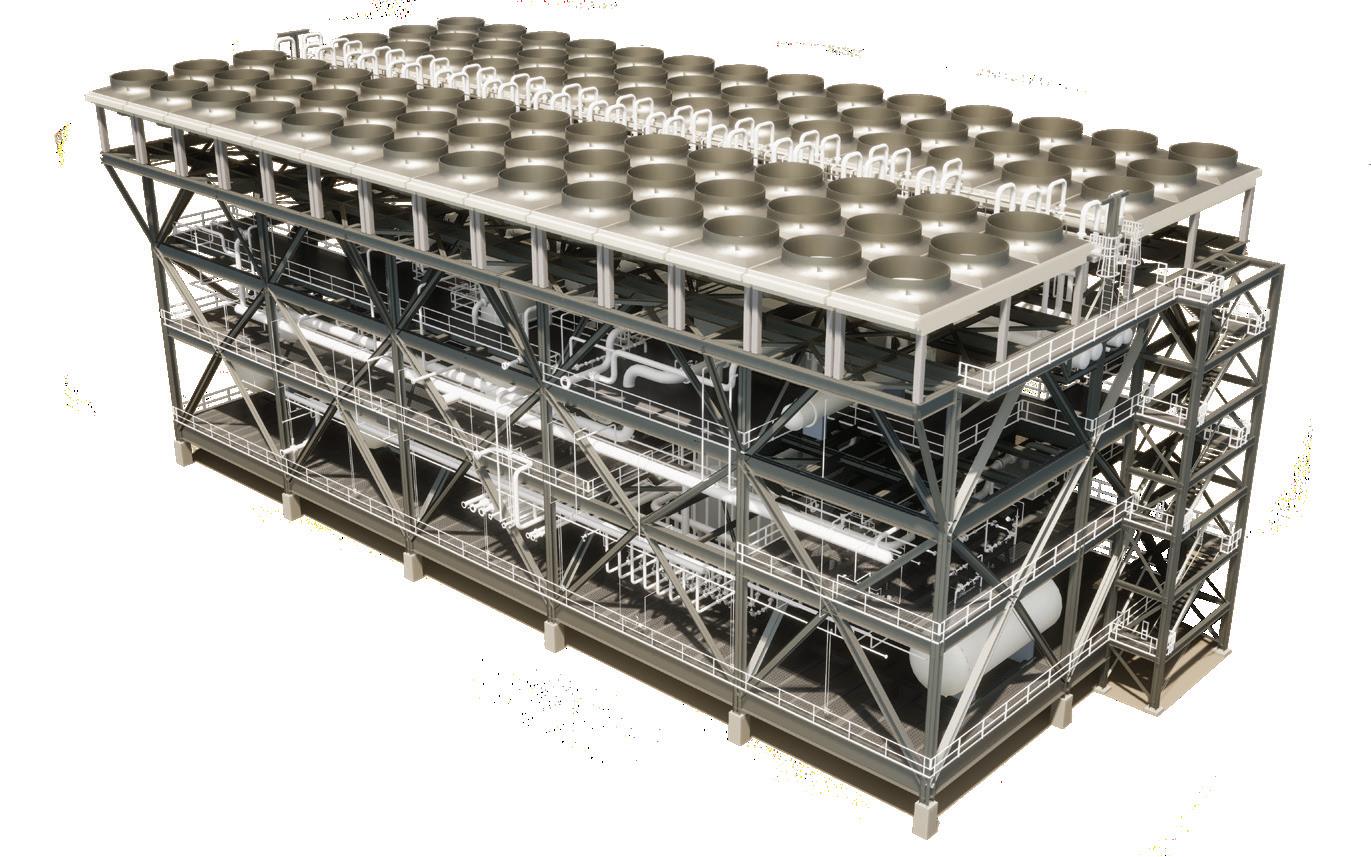

Invisible. Invaluable.
Sometimes the things you can’t see make all the difference. Our integrated team of consultants, engineers, technicians, and construction professionals leverage our extensive history and expertise in mid-scale LNG technology and pioneering work in FLNG EPC to seamlessly bring our modular designs to life. Our modular LNG solutions enable fast-to-market results, so you can arrive at your destination on your terms, regardless of the technology, processes, or path.
The invaluable difference:
• Minimize interfaces and reduce prolonged onsite installation time and manpower
• Flexibility in compressor driver selection, cooling medium, and capacity from 1–2 MTPA per train
• Utilize the same modular philosophy for gas treating, heavies removal, product and boil-off handling
• Complete modular solutions for onshore and offshore applications between the pipeline and storage tank

provide a glimpse of the issues that are steaming along, just over the horizon.
Resource availability
On 26 January 2024, the Biden administration instituted a ‘pause’ on issuing new US LNG export authorisations until DOE updates certain economic and climate studies. One of the updates now underway looks at how future levels of US LNG exports might affect domestic prices. Numerous economic studies – from both public and private sponsors – have found that US LNG exports have little (if any) economic impact on American consumers. The findings in these forward-looking studies were confirmed by backward-looking studies commissioned by the American Petroleum Institute and LNG Allies, which found that since 2016, US LNG exports have not had any “significant and sustained impact” on domestic prices.
Despite the findings in these studies, US LNG export opponents mistakenly conclude that future US natural gas supply growth may not keep pace with demand, especially if significant electric power increases materialise as artificial intelligence, data centres, and electric vehicles take hold. Gas demand and supply is a delicate dance that is only ever off balance for brief periods. The US gas industry can and does
U.S. Natural Gas Imports/Exports by Source
respond expeditiously to market signals, a post-pandemic development encouraged and endorsed by investors and other stakeholders.
Politics, regulatory stability, and infrastructure
An epic struggle is occurring in the US (and within other OECD countries) among factions with differing – and sometimes misinformed – views of global energy realities. This struggle takes many forms, including polarised political discourse which is becoming more combative as protests to ‘end fossil fuels’ escalate and activists lose sight of the central goals of decarbonisation, which are to reduce emissions and diversify resources.
But the skirmish over natural gas and LNG is only one misplaced battle in a much larger conflict.
The US has been deeply divided between the two political parties – the Democrats and the Republicans – for at least 45 years. This deep divide manifests itself in perpetually close elections and nonstop political posturing. This is true every year, but is particularly pronounced in a quadrennial election year (such as 2024) when control of the White House, Senate, and House of Representatives are all ‘in play’. To put it mildly, the political climate could not be hotter right now.
All this leads directly to ‘the LNG pause’.
While the Biden administration defends its move to pause US LNG export licenses “so that the studies can be updated,” the decision was made not by the political officials at DOE most directly responsible for such authorisations but by the White House climate staff. The political nature of the pause is evident to even the most casual observer and it will undoubtedly continue until after all the 2024 electoral out-comes have been determined.
Thus, the question asked by everyone who has ‘a dog in this fight’ is: What will happen in 2025?
Both former President, Donald Trump, and President, Joe Biden, have each served one four-year term and are, therefore, barred by the US Constitution from serving more than one more term. With no prospect of re-election in 2028, both Biden and Trump and their political appointees would likely expand and accelerate their party’s agenda. Of course, the US Constitutional system of ‘checks and balances’ means that while the President may control the executive branch, their power can be ‘checked’ by either Congress or the courts.
It is clear from their first terms that Biden and Trump have radically different approaches to energy, climate, and environmental policies. Perhaps most relevant to this article, the Trump administration’s Energy Department issued US LNG export licenses within an average of 49 days after FERC had approved the underlying project. Even before the White House announced the US LNG pause in January, the Biden administration had instituted a de facto pause; DOE has not approved a single US LNG application since March 2023.
According to press reports, several oil, gas, and LNG CEOs met with President Trump at his Mar-a-Lago Club in Florida in April 2024. He reportedly told the assembled group that he would reverse Biden’s LNG pause ‘on day one’ (meaning 20 January 2025) if he is re-elected. The outcome if President Biden is re-elected is more difficult to predict. Some within the Biden administration understand the
Figure 3.US LNG export levels approved during the Obama, Trump, and Biden administrations. U.S. Natural Gas Imports/Exports by Source
Figure 4. Comparison of time delays between FERC order and DOE export license approval illustrates the lengthy time it has taken the Biden administration to act.

energy security value of US LNG exports but these officials are pitted against others who feel that American leadership in the energy transition is of overriding importance.
Conclusion
Regardless of the outcome of the presidential election, the US LNG industry will continue to build a bipartisan coalition to expand LNG exports, which provide tremendous economic rewards to the US and measurable climate, environmental, economic, and security benefits to America’s global allies.
For the most part, the ‘pilings upon which the US LNG industry has been built remain sound. America has ample gas resources to meet future domestic demand and export requirements. US LNG contracts have modest take-or-pay requirements and flexible destination clauses.
US gas production, transport, and liquefaction processes have fewer carbon dioxide and methane emissions than coal and gas produced in many other countries. And US gas pipelines and LNG export facilities continue to receive FERC authorisations, although not always at an optimum pace.
Finally, federal elections will be held on 5 November 2024, and within a few weeks (at most) it will be revealed which party controls the Senate, House of Representatives, and White House. Hopefully, with the 2024 elections in the rear-view mirror, bipartisan support for US LNG exports will return and the LNG ‘pause’ quickly lifted. After all, there is a growing awareness both in the US and overseas that, in the words of Maroš Šefčovič, the European Commission’s Executive Vice President, ‘America is now the guarantor of global energy security’.
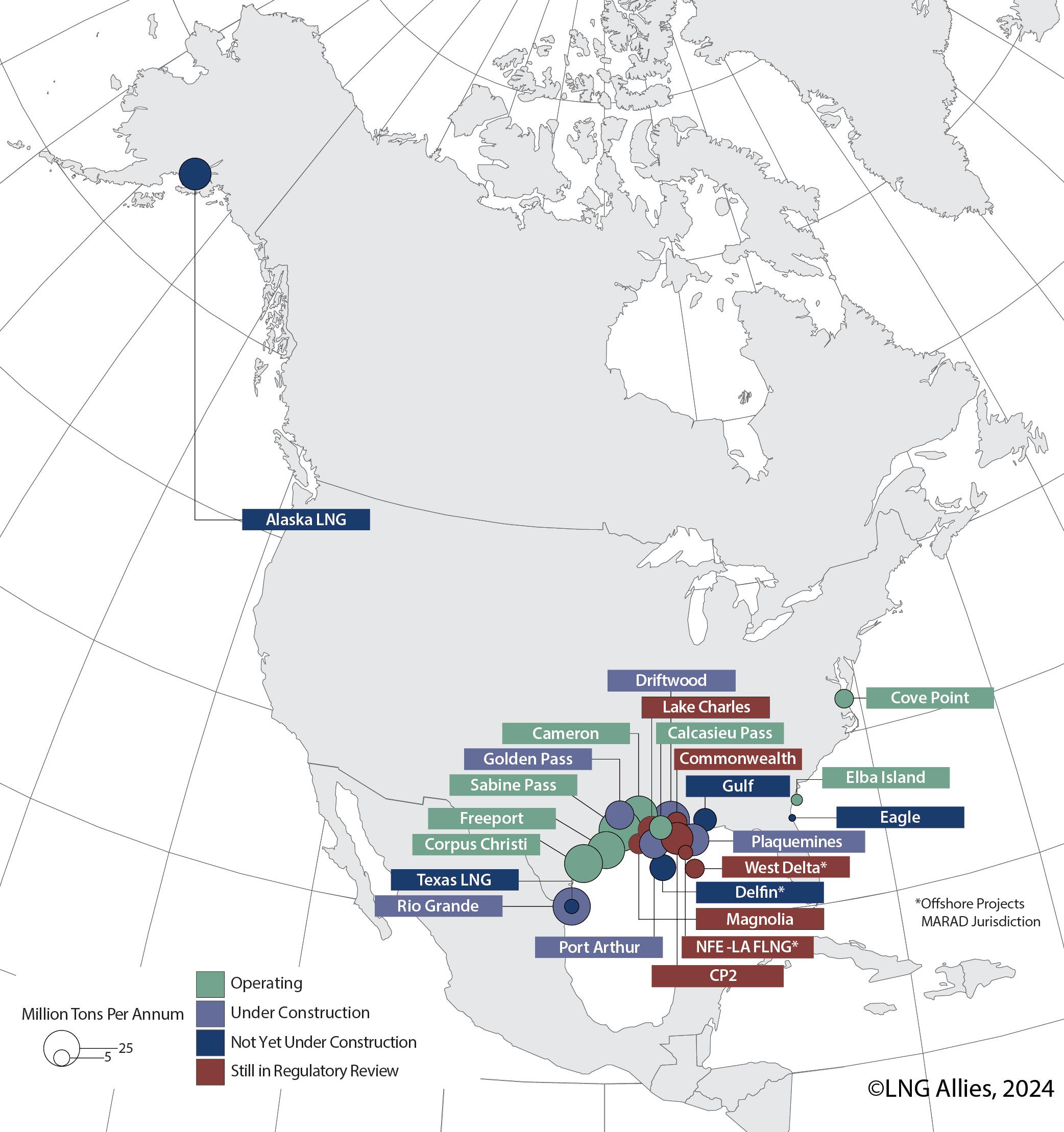
Figure 5. US LNG export projects operating, under construction, or in review.

LNG bunkering in North America: A success story
LNG bunkering in North America: A success story
Rostom Merzouki, Director –Global Gas Development, ABS Qatar.
Over the last decade, LNG as a marine fuel has gained significant traction in North America as a cleaner alternative to conventional marine fuels like heavy fuel oil. This development is driven by stringent environmental regulations, the availability of gas, and its cost effectiveness supporting the maritime industry’s shift towards sustainability.
Infrastructure development
As demand has grown, LNG bunkering infrastructure has expanded significantly in key North American ports. Substantial investments have been made in the Port of Los Angeles/Long Beach to establish LNG bunkering facilities to cater to the growing demand for LNG-powered vessels in the region. For example, the port’s LNG bunkering terminal, operated by a joint venture between Pivotal LNG and Southern California Gas Company, boasts a capacity of up to 540 000 gal. of LNG storage and can accommodate both ship-to-ship and truck-to-ship bunkering operations. Additionally, the port has implemented shore-to-ship power capabilities to further reduce emissions during vessel berthing.
The Port of Vancouver’s commitment to reduce greenhouse gas emissions has spurred the development of LNG bunkering infrastructure to support the transition to cleaner maritime fuels. As an example, the Tilbury LNG facility, operated by FortisBC, serves as a key LNG bunkering hub in the region, offering truck-to-ship bunkering services with a capacity of approximately 100 000 gal./d of LNG.
The facility also provides storage capacity for over 3.5 million gal. of LNG, ensuring reliable fuel supply for vessels operating along the West Coast. In addition to bunkering infrastructure, small scale LNG facilities, such as the Woodfibre LNG project, contribute to the region’s LNG supply chain by providing liquefaction and export capabilities for LNG distribution to domestic and international markets.
The Port of Jacksonville (JAXPORT) has been a pioneer in LNG bunkering in North America. JAXPORT established LNG bunkering facilities and partnered with TOTE Maritime, which operates LNG-powered vessels between Florida and Puerto Rico. LNG bunkering terminals, truck-to-ship bunkering facilities, and vessel-to-vessel bunkering capabilities have been LNG has been the dominant alternative marine fuel in the US for over a decade, but new long-term options are emerging writes
established to accommodate various bunkering scenarios and vessel types, with capacities tailored to meet the specific needs of port operators, shipping companies, LNG suppliers, and downstream consumers. These integrated infrastructure networks support the growth of LNG as a cleaner and more sustainable marine fuel solution, enhancing the competitiveness and resilience of North America’s maritime industry in the global market.
This development has been the result of extensive industry collaboration. Public-private partnerships have played a pivotal role in driving the development of LNG bunkering infrastructure in North America. The collaboration between government agencies, port authorities, LNG suppliers, shipping companies, and technology providers has facilitated the planning, funding, and implementation of infrastructure projects.
The collaboration between Seapath, Pilot LNG, and the Port of Houston to develop North America’s largest LNG
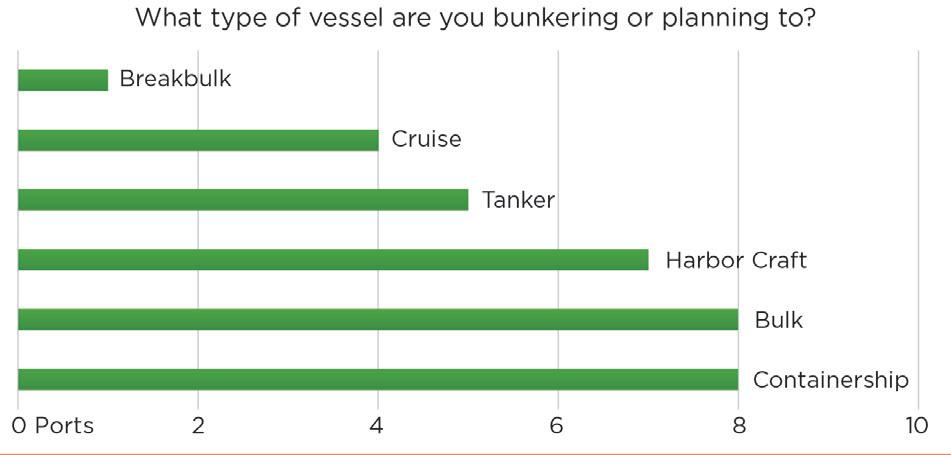

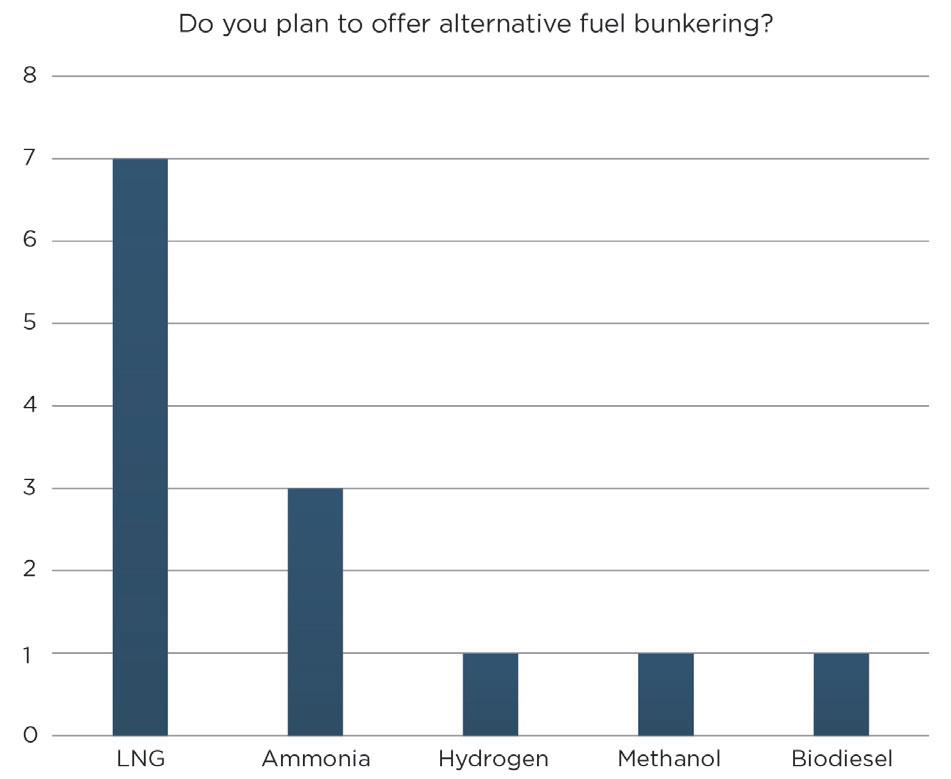
bunkering facility is a good example of this collaboration. Industry stakeholders have worked together to address challenges such as investment barriers, regulatory compliance, and infrastructure interoperability.
Growth drivers
LNG as a marine fuel has proven particularly popular in the US because of the extension of the International Maritime Organization’s Emission Control Area (ECA) regulation to the coastline of North America. For vessels trading in the ECA and to and from local international ports, LNG as fuel simplifies compliance and operational logistics.
In addition to regulatory drivers, the particular shipping trades and the availability of LNG have driven expansion of bunkering of LNG as a marine fuel in North America. Indeed, for vessels operating on long haul and liner/fixed schedule routes, LNG is the most cost effective and available transitional fuel with reliable technology to meet future reductions in maritime greenhouse gas emissions.
From an economic perspective, historically, LNG prices have been volatile, influenced by factors such as global oil prices, geopolitical events, and changes in supply and demand dynamics. Over the last decade, there have been periods when LNG was significantly cheaper than heavy fuel oil (HFO) and marine gasoil (MGO), making it an attractive option for ship operators.
In regions like the US Gulf Coast, where there is abundant natural gas supply due to shale gas production, LNG has been consistently competitive. This geographical advantage has fostered local development of LNG bunkering facilities and adoption by maritime operators. According to the U.S. Energy Information Administration (EIA), the Henry Hub spot price, a benchmark for US natural gas, ranged from about US$2 – US$4/million Btu for most of the past decade, peaking at higher levels during cold winters or during supply disruptions.
Future projections
To make a meaningful prediction on the future of LNG as a marine fuel, the development of emerging alternative fuels to meet the market segments where LNG has a strong position needs to be assessed. As the maritime industry continues to evolve towards more sustainable practices, several alternative fuels are emerging that could compete with LNG. These include blue and green methanol and ammonia, each with unique attributes and challenges.
Blue methanol is produced from natural gas with carbon capture and storage (CCS), whereas green methanol is derived from renewable sources using carbon captured from the air. Green methanol produces significantly lower lifecycle greenhouse gas emissions compared to blue methanol and LNG, as it utilises renewable energy sources.
Methanol is already used as a marine fuel in smaller volumes. Its liquid state at ambient conditions makes it easier to handle than LNG, which requires cryogenic temperatures. However, infrastructure for large scale production and distribution, particularly for green methanol, is still in development.
Ammonia is typically produced through the Haber-Bosch process from hydrogen (which can be produced from natural gas or via electrolysis of water using renewable energy)

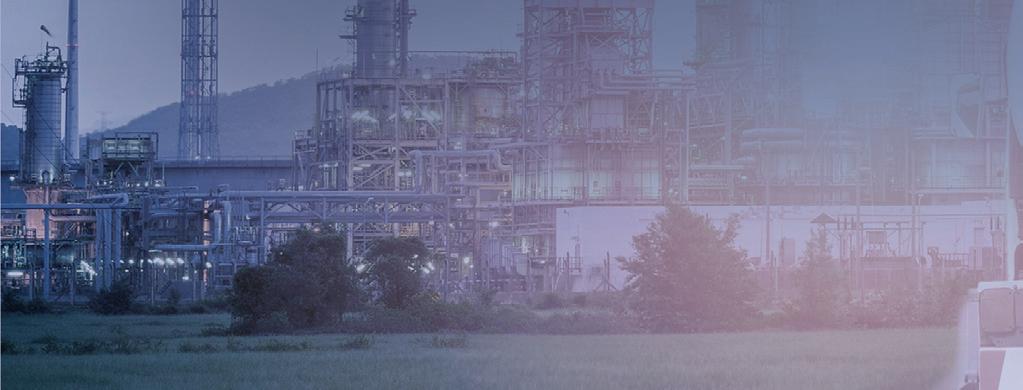

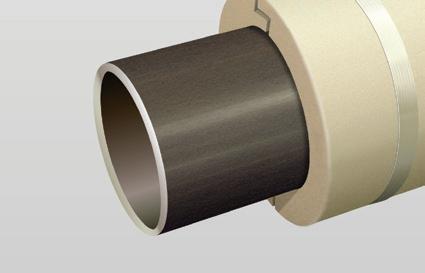

Figure 1. Data from the joint publication between ABS and the American Association of Port Authorities (AAPA), Port Decarbonization Survey: Trends and Lessons Learned.
Figure 2. Data from the joint publication between ABS and AAPA, Port Decarbonization Survey: Trends and Lessons Learned
Figure 3. Data from the joint publication between ABS and AAPA, Port Decarbonization Survey: Trends and Lessons Learned
and nitrogen from the air. Green ammonia can be produced from renewable energy, results in a ‘zero carbon emissions’ fuel.
However, safety concerns due to its toxicity and corrosiveness still need to be addressed. Ammonia has a lower energy density than LNG and methanol, making it a challenging fuel for long-distance shipping. The development of engines and bunkering infrastructure for ammonia is actively progressing.
The cost of both green methanol and ammonia is currently higher than for LNG and blue methanol, primarily due to the high costs associated with renewable energy production and electrolysis. However, these costs are expected to decrease as technologies mature and scale up.
It should be noted that LNG technology is the most mature among the alternative fuels discussed. Methanol and ammonia-powered ships and the required fuelling infrastructure are still under development, but installations are increasing for methanol while pilot projects and research are increasing for ammonia.
A threat to the Jones Act?
The U.S. Jones Act mandates that all goods transported by water between US ports be carried on ships that are US-built, US-owned, and crewed by US citizens. This has meant that all bunkering vessels previously operating in the US have been constructed there, in accordance with the Jones Act.
A ruling made by U.S. Customs and Border Protection in January 2024 introduced an exception that allows foreign-built or foreign-flagged LNG bunkering vessels to operate within US waters, potentially impacting the number and types of vessels

in the local market. This exception could have a significant impact on the bunkering market in the US.
Future outlook
The US was arguably the first major market in which LNG took root and flourished as an alternative fuel, with commitment shown by operators to building the necessary infrastructure and procuring the required product. The success of this strategy can be seen in the growth of facilities around the country and the diverse markets they serve.
Significant investment is required in both renewable energy sources and carbon capture technologies for the viability of green methanol and ammonia as maritime fuels. The industry is likely to witness an increase in projects bringing these fuels into the energy mix.
Partnerships across sectors, including energy producers, maritime operators, and technology developers, will be key. Governmental policies supporting research and subsidising the development of green fuel infrastructure will play a critical role in determining which fuels become viable in the long run.
So, while LNG currently holds a prominent position in the maritime industry due to its relative maturity and availability, the future might see a shift towards more sustainable alternatives like green methanol and ammonia, especially as technologies mature and environmental regulations become stricter.
These fuels represent the next step in the maritime industry’s journey towards sustainability. But until the challenges of supply, price and technology are overcome, LNG as a marine fuel for large vessels with regular trading patterns will remain a popular choice for owners.


KEEP IT Explore Insulation for LNG Systems COOL!
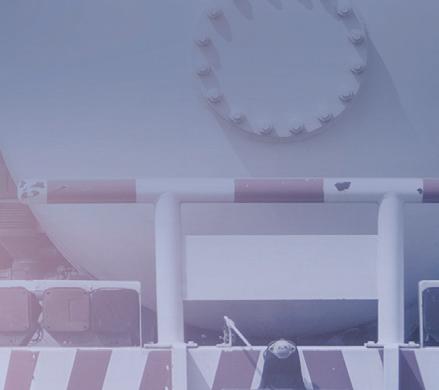



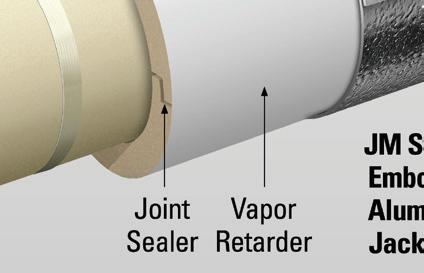

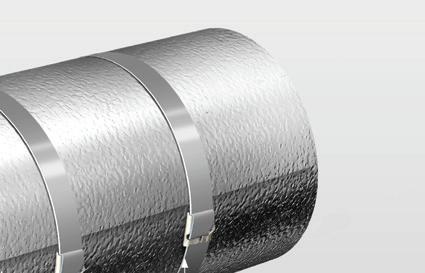
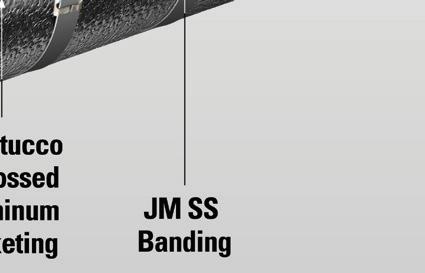


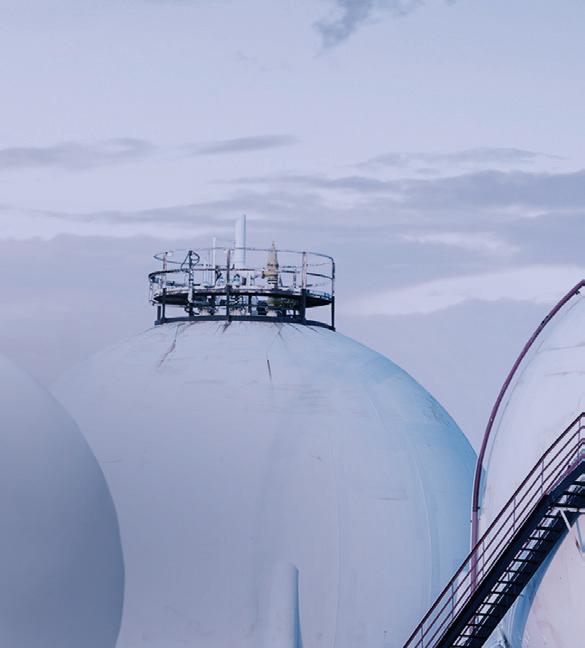
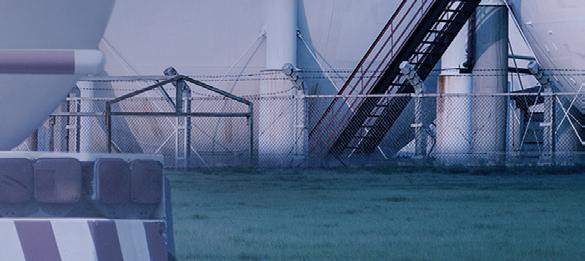


A well-designed insulation system is critical to ensure safe and efficient operations in an Liquefied Natural Gas (LNG) facility. Johns Manville is here to assist you with all the details you need to properly design, specify and install your cryogenic and LNG application. Scan here for

As the emphasis on decarbonisation and minimising greenhouse gas (GHG) emissions increases in many countries and markets, LNG is continuing to maintain and grow its share of the world’s changing energy portfolio due to its lower intrinsic carbon content than oil and coal. Green energy sources like wind, solar, hydro, and nuclear present an opportunity for the LNG industry to push decarbonisation further throughout the LNG value chain.
The LNG value chain consists of three main sections:

– exploration, production, and processing of natural gas.
2. Midstream – liquefaction and transport by LNG carriers and bunkering vessels.
3. Downstream – storage, regasification, distribution, and end use.
GHG emissions occur in all three sections of the value chain. Upstream emissions occur due to leakage, flaring, and the generation and utilisation
1. Upstream

Dr Öznur Arslan, Dr Justin Bukowski, Richard Fong, Dr Christine Kretz, and Dejan Veskovic, Air Products, identify strategies for decarbonising the LNG value chain.
of energy for pipeline compression. Midstream processes contribute to emissions from liquefaction processes and LNG transportation. The downstream section of the value chain is responsible for the most GHG emissions, as carbon dioxide (CO2) and other greenhouse gases are released when the LNG is regasified and combusted. To carry out decarbonisation of the LNG supply chain, a detailed understanding of the emissions produced by each stage is required to select the proper strategy. As a leading liquefaction technology licensor and equipment supplier, Air Products is developing solutions for decarbonisation of the liquefaction process.
Prior to liquefaction, natural gas requires pre-treatment to remove impurities such as mercury, CO2, sulfur compounds, water, and heavy hydrocarbons. The high-pressure natural gas is cooled by heat exchange with one or more refrigerants to approximately -150˚C before it is reduced in pressure to remove nitrogen and helium and generate methane flash gas for fuel. It is then stored at atmospheric pressure for shipment. During LNG production, greenhouse gas emissions are produced from the following sources:
z Venting of CO2 removed from the natural gas feedstock during pretreatment.
z Combustion of fuel to generate power to drive refrigerant compressors in the liquefaction process.
z Combustion of fuel to provide ancillary power and process heat for the facility.
z Flaring of natural gas during plant operation.
z Fugitive methane emissions.
Reducing the GHG emissions of LNG production requires consideration of these sources to reduce CO2 and hydrocarbon emissions to the atmosphere. While the ultimate goal of decarbonisation is to achieve zero carbon, there is value in partial decarbonisation. Some strategies are lower in installed cost and may provide positive financial returns to the liquefaction project, while others are higher cost and may not be adopted without financial incentives or regulation that bring the reduction of carbon emissions within the project scope.
Pretreatment decarbonisation
Natural gas may contain from 1 – 10% or more CO2, and this must be reduced to about 50 ppm prior to liquefaction
to prevent freeze-out of the CO2 and subsequent blockage of equipment in the cryogenic liquefaction process. For a natural gas feed with 6% CO2 in the natural gas, the CO2 content is about 0.14 t CO2e/t of LNG. CO2 is removed from the natural gas in an acid gas removal unit (AGRU) using an adsorbent or solvent and may be recovered for commercial use or vented to the atmosphere. Recovery of CO2 for commercial purposes such as the manufacture of urea fertilizer, production of dry ice, or carbonation of beverages results in only temporary prevention of carbon emissions. Capture of the CO2 followed by underground sequestration is being used to permanently reduce some of these emissions.1
Energy efficient liquefaction technology
The clean natural gas from the pretreatment system is cooled in the liquefaction unit by heat exchange with a circulating refrigerant. A discussion of the many refrigeration process cycles that are available is beyond the scope of this article, and references are included below.2,3,4 The liquefaction phase incorporates refrigerant compressors which consume a large amount of power, on the order of 275 KWh – 375 kWh/t of LNG produced, depending on the process cycle selected and project details. The compressors are typically driven by gas turbines, with fuel supplied by the methane flash gas generated in the LNG pressure reduction step prior to storage. With simple cycle gas turbine drivers (about 35% thermal efficiency) the corresponding CO2 emissions are about 0.15 t – 0.21 t CO2e/t of LNG.
A straightforward way to reduce carbon emissions is to select a process cycle with high efficiency to reduce the power requirement and consequent fuel consumption. High process efficiency also provides a financial benefit: reduced auto-consumption of feedstock for fuel and/or reduced power import costs. Guidelines for choosing a higher efficiency process include consideration of:
z Vapour compression refrigeration cycles, such as mixed refrigerant processes and pure component cascade processes, use liquid refrigerants and generally have higher efficiency than gas expansion cycles with vapour refrigerants, due to more favourable thermodynamics and lower refrigerant circulation rates.
z Mixed refrigerant cycles such as single mixed refrigerant (SMR) can provide higher process efficiency than

Figure 1. The LNG value chain includes liquefaction of natural gas.
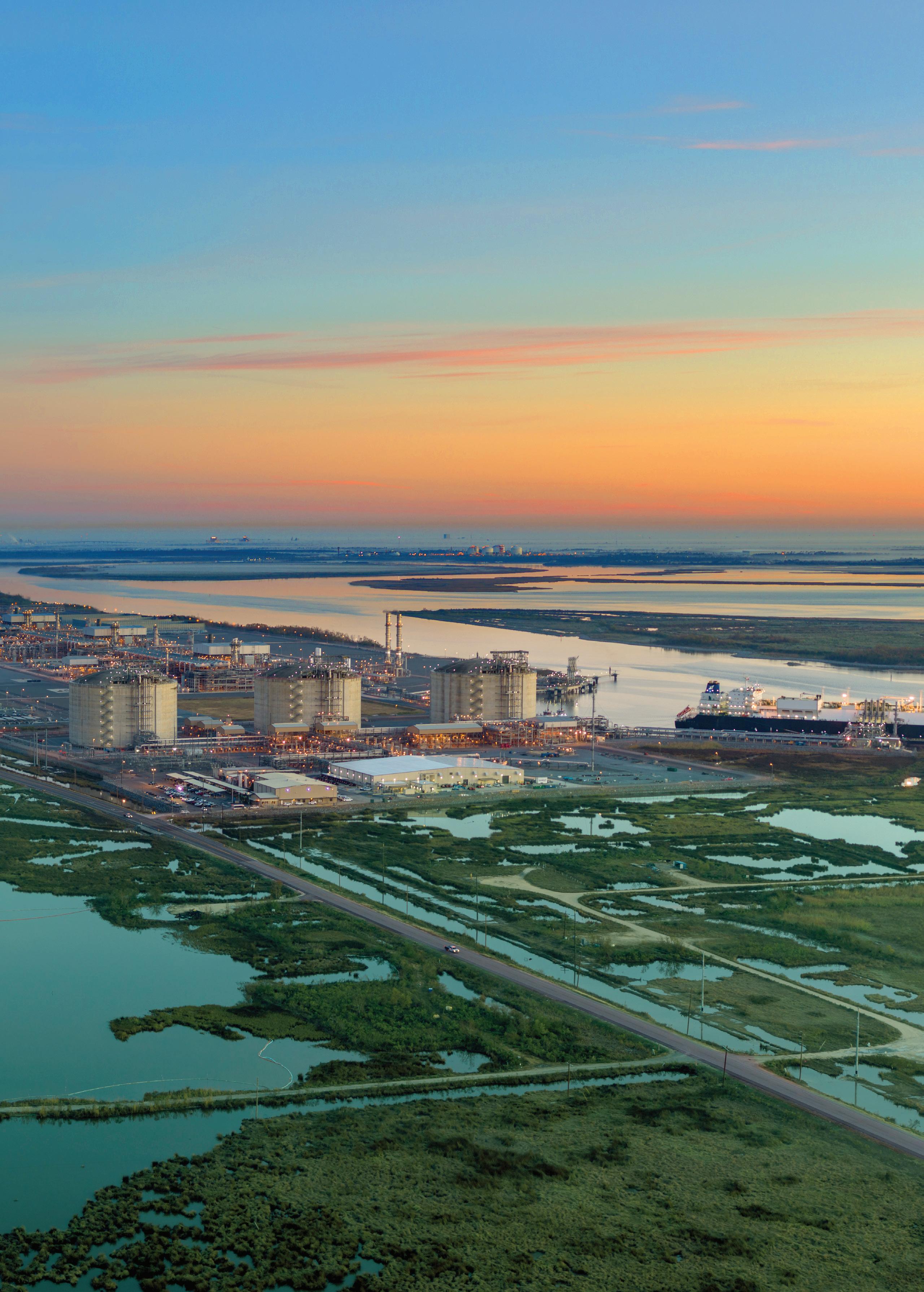
pure component cycles due to smaller temperature differences between refrigerant and natural gas.
z Processes with separate precooling and liquefaction refrigerants such as propane precooled mixed refrigerant (C3MR) and dual mixed refrigerant (DMR) generally have higher process efficiency than single refrigerant processes such as SMR due to additional flexibility in optimising the process to meet specific cooling requirements.
A C3MR or DMR process typically has a 5 – 15% efficiency advantage over SMR or pure component cascade, and therefore 5 – 15% lower emissions. A similar production benefit provides a significant financial advantage to the owner as well.
Low emission power source options and CO2 capture
Given a particular power requirement, the next step to reducing emissions is to generate that power at a lower carbon intensity. One method is to substitute combined cycle generation for the simple cycle generation that has been commonly used for LNG facilities. A single-shaft industrial gas turbine may have a thermal efficiency of 35%, and an aeroderivative gas turbine may increase that to 45%. By using waste heat recovery to generate steam for the direct or indirect drive of compression, the overall thermal efficiency may reach 55 – 60%, reducing fuel usage and the intensity of emissions by 20 – 40% compared to simple cycle drivers. It should be noted that combined cycle generation can be applied to any liquefaction technology. Therefore, carbon intensity can be minimised by combining the high efficiency liquefaction processes described earlier in the article with the high thermal efficiency of combined cycle generation. Matching gas or steam turbine power capacity to compressor power consumption can be achieved in various ways to optimise the plant layout and use of capital:
z Direct drive of all compression with gas turbines and steam turbines provides high overall plant efficiency by avoiding electricity generation and transmission losses, and low capital by eliminating electrical infrastructure.
z On-site combined cycle electric power plant to power motor drives for all compressors allows flexibility to independently size individual turbines and motors.5
z Direct drive of some compressors with gas turbines and electric generation with steam turbines to power motor drives for other compressors may offer a useful intermediate solution.
Further emissions reduction can be achieved by post-combustion carbon capture from the flue gas using an absorption system similar to that used for removing CO2 from the natural gas feed. The CO2 then can be sequestered along with the CO2 captured from the front-end pretreatment. While this can be performed for any gas turbine arrangement (simple or combined cycle, direct or indirect drive), there are several important considerations.
z Achieving high process and thermal efficiency will minimise the amount of flue gas to be processed, reducing CO2 capture CAPEX.
z Space limitations may make integration more difficult with gas turbines for direct drive compared to gas turbine electric generators.
z The low pressure of the flue gas presents difficulty for the absorption process and may require either back-pressuring the combustion process or using a blower to pressurise the flue gas, both of which are not optimal.
z There is limited data on large scale post combustion CO2 capture for flue gas derived from gas turbine exhaust.
An alternative to post-combustion capture is pre-combustion capture, such as the blue LNG process shown in Figure 2. The methane fuel provided by the LNG unit end flash gas is converted to hydrogen and carbon dioxide using well-referenced technologies.6 The CO2 is then removed to create a carbon-free fuel for the gas turbines. Considerations for this process include:
z The hydrogen production equipment increases CAPEX.
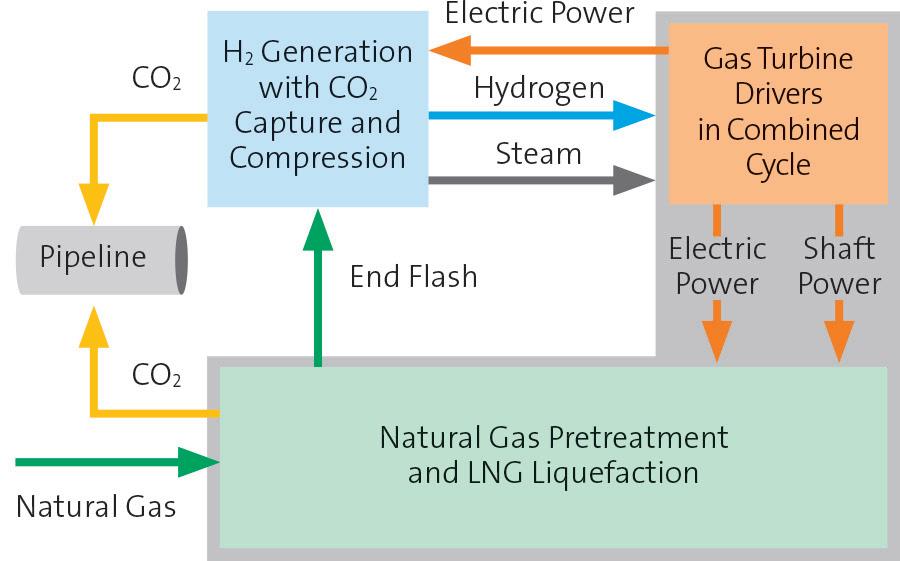
z The gas turbines must be designed to operate with hydrogen fuel.
z The conversion of methane to hydrogen includes a thermal energy loss that must be supplied by additional methane fuel consumption. Somewhat counterintuitively, sourcing more methane fuel from the pressure reduction flash step in the liquefaction process provides an LNG production increase for the facility due to improved liquefaction process efficiency.7
z Capture of the CO2 is performed at high pressure, which reduces the size and cost of the capture equipment. The capture equipment can also be sited away from the gas turbines.
Figure 2. The blue LNG process uses pre-combustion carbon capture to lower emissions.
BY DESIGN ®
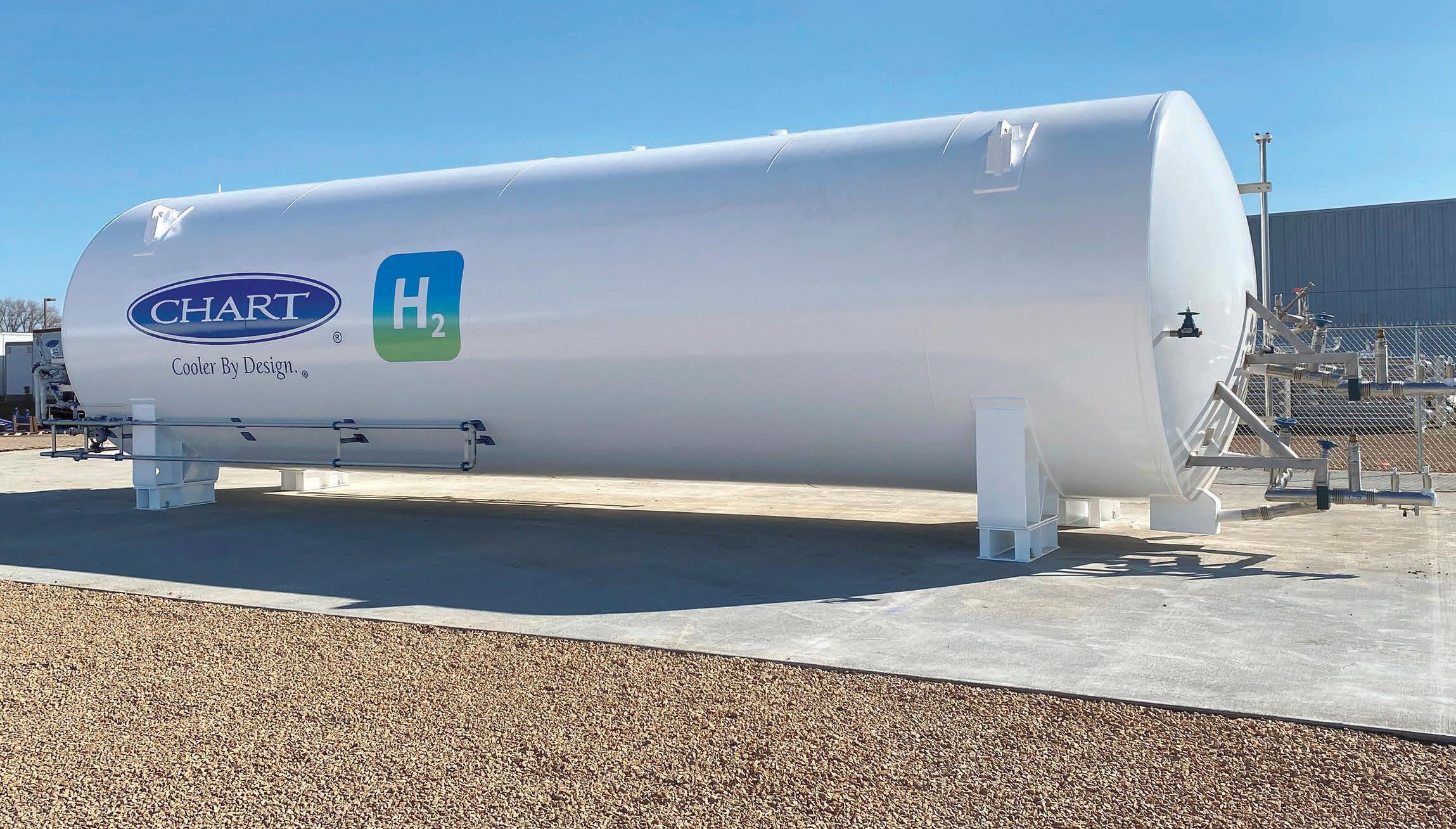
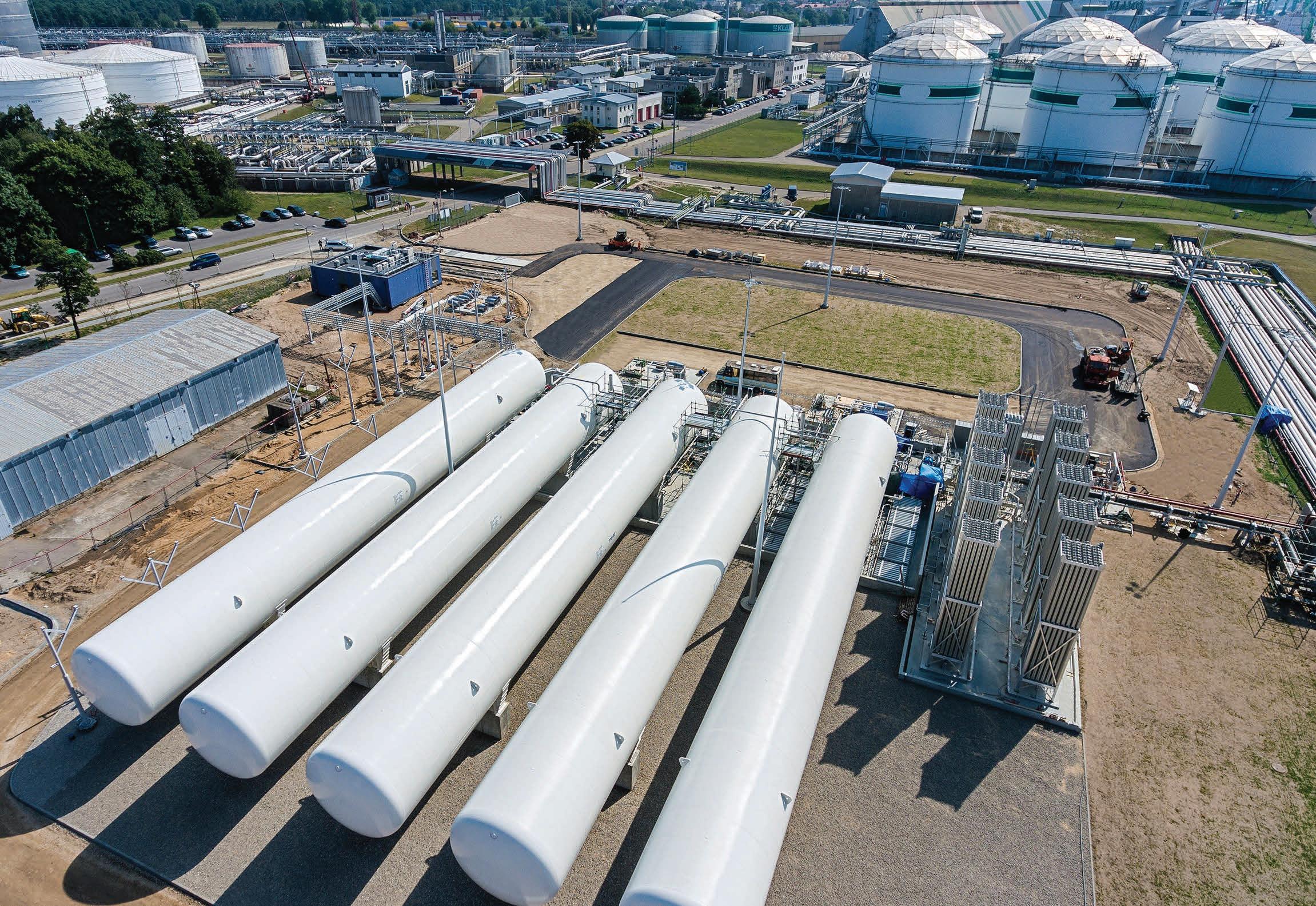
Chart cryogenic storage products are integral to the virtual pipeline facilitating increased energy independence and security through LNG and liquid hydrogen. By utilizing cryogenics to store gas in liquid form the tanks are much smaller than their gaseous equivalents. Cryogenic tanks are shop built and total storage capacity is modularized, reducing project cost, complexity, risk and timescale.
Zero-emission power source options and integrated nitrogen removal units technology
With carbon capture and sequestration, the strategies mentioned can be used to build a near zero-carbon emissions facility. Replacing the methane fuel used for power generation with electricity sources like solar, wind, hydro, and nuclear provides another path to zero-carbon emissions liquefaction.8 On-site renewable generation can be coupled with grid-connected renewables and nuclear to power the liquefaction process by electric drive, although this strategy has some caveats:
z Suppressing the generation of flash gas, no longer needed for fuel, during the pressure reduction between liquefaction and storage requires further cooling of the LNG and higher power consumption (lower process efficiency). Alternatively, the flash gas can be recompressed and recycled to the natural gas feed, potentially requiring additional power consumption.
z Removal of excess nitrogen from the LNG cannot be performed through the combustion of flash gas used as fuel since no fuel demand exists. For natural gas feeds with excess nitrogen, additional equipment for a nitrogen rejection unit (NRU) must be included in the plant scope. While beyond the scope of this article, there are many references for this technology.7,9 Integration of the NRU with the refrigeration system and main cryogenic heat exchanger (MCHE) can provide benefits of reduced equipment count and better efficiency.10
Design for low carbon operation
Operational sources of emissions include flaring of feed gas and hydrocarbon refrigerant as well as fugitive emissions. Flaring of natural gas and hydrocarbon refrigerants may occur during process upsets, start-up, shutdown, and other operations, and is highly dependent on process selection, plant design, and quality of operation. Leakage from flanges, valve packing, and other sources can also occur during operation. One study of three liquefaction facilities indicated a leakage rate of 0.07% of methane processed.11 Strategies for low and zero-emission designs include:
z To reduce flaring during equipment cooldown and start-up, use best practice cooldown methods such as AP-AutoCoolTM to minimise natural gas flows, and recycle natural gas to the plant front-end instead of flaring off-spec (warm) LNG.12
z Design with parallel refrigerant compression to keep cryogenic equipment cold in the event of machinery trips.
z Include lines for refrigerant recovery and holding vessels to minimise flaring during process upsets or while shut down.
z Use variable-frequency drive (VFD) electric motors or multi-shaft gas turbines to minimise refrigerant flaring on restarts.
z Minimise leakage from flanges and valves through both monitoring and equipment design, specifically the use
of coil wound heat exchangers for liquefaction which incorporate aluminium/stainless steel transition joints to eliminate flanges and provide dual containment of high-pressure process streams to minimise potential leakage to the environment.
Conclusion
The design of liquefaction facilities for low or zero-carbon emissions is within the capabilities of today’s technology. Air Products is well positioned to develop these solutions. Recent LNG plants leveraging Air Products LNG technology have adopted some of these strategies to reduce emissions while also providing financial benefits to operations by minimising loss of costly refrigerant and feed gas.13 Adopting more of these techniques will enable the process of turning natural gas into LNG to achieve low or zero-carbon emissions while maintaining LNG as the preferred fuel for the energy transition and into a greener future.
References
1. ‘Safe start up and operation of the carbon dioxide injection system at the Gorgon natural gas facility’, Chevron Australia, (8 August 2019), https://australia. chevron.com/news/2019/carbon-dioxide-injection
2. KRISHNAMURTHY, G., ROBERTS, M.J., and OTT, C.M., ‘Precooling strategies for efficient natural gas liquefaction’, Gas Processing & LNG, (September 2017), pp.19 – 29.
3. ROBERTS, M., WEIST, A., KENNINGTON, W., ‘Two Is Better Than One? Not Always’, LNG Industry, (October 2020), pp.21 – 24.
4. CACCIAPALLE, M., ROBERTS, M., OTT, C., and FEI CHEN, F., ‘Leave Refrigerants out in the Cold’, LNG Industry, (October 2021), pp.28 – 31.
5. OTT C., SCOTT, K., ELKO C., and KRETZ C., ‘Turning LNG Greener: LNG Liquefaction using Electric Drive [Conference session]’, Gastech 2022, (September 2022), Milano, Italy.
6. VESKOVIC, D., BEARD, J., ROBERTS, M., GRAHAM, D., and PALAMARA, J., ‘Blue LNG: Decarbonized LNG Production via Integrated Hydrogen Fueled Power Generation [Conference session]’, Gastech 2021, (September 2021), Dubai, UAE.
7. SAUNDERSON, R. P., ‘End-flash is Totally Cool’, Hydrocarbon Engineering, (May 2021), pp.31 – 34.
8. ‘Oman: TotalEnergies launches the Marsa LNG project and deploys its multi-energy strategy in the Sultanate of Oman’, TotalEnergies, (24 April 2024), https:// totalenergies.com/ system/files/documents/2024-04/PR_Oman_TotalEnergies_ launches_Marsa_LNG_project_pdf.pdf
9. OTT, C.M., ROBERTS, M.J., TRAUTMANN, S.R., and KRISHNAMURTHY, G., ‘State-of-the-Art Nitrogen Removal Methods from Air Products for Liquefaction Plants’, LNG Journal, (October 2015), pp.6 – 10.
10. OTT, C., BUKOWSKI, J., SHNITSER, R., and DUNN, J., ‘Dealing with Rejection: Selecting the Best Nitrogen Removal for Your LNG Plant’, LNG Industry, (January 2022), pp.15 – 18.
11. INNOCENTI, F., ROBINSON, R., GARDINER, T., NEIL HOWES, N., and YARROW, N., ‘Comparative Assessment of Methane Emissions from Onshore LNG Facilities Measured Using Differential Absorption Lidar’, Environmental Science & Technology, (2023), Vol.57, No.8, pp.3301 – 3310, https://doi.org/10.1021/acs.est.2c05446
12. SABRAM, T.M, CHEN, F., and DUNN, J.P., ‘Less is More: Flare Minimization During Cooldown [Conference session]’, LNG2019, (April 2019), Shanghai, PRC.
13. BOCHEREL, P., STROHMAN, J., MARTINEZ, J., WINK, B., SHAH, K., RAY, J., THOMPSON, R., MCLANDSBOROUGH, R., PEARSALL, R., STEMETZKI, E., GALLINELLI, L., and TOCI, E., ‘Converting Dominion Cove Point LNG Into Bidirectional Facility [Conference session]’, LNG18, (April 2018), Perth, Australia.
Elevate ethane trade to another level
Ethane is a versatile hydrocarbon that can be found on both oil and gas fields, and plays a crucial role (among others) in the petrochemical industry, primarily as a raw material for creating a multitude of products that are critical to modern life. From a chemical point of view, ethane – like methane (natural gas) – is a colourless and odourless hydrocarbon, and it is the second lightest hydrocarbon after methane; it is made up of two carbon atoms and six hydrogen atoms (chemical formula C2H6). Ethane is part of the NGL category, itself between the liquefied petroleum gas (LPG) and LNG categories. When ethane is cooled down to -88˚C (-126˚C), it changes from gas to liquid. At this cryogenic temperature, liquefied ethane gas (LEG) volume is significantly reduced, facilitating its transportation in bulk. The ethane is in practice never pure, and always contains other gases such as methane, etc. Therefore, its temperature when in liquid form is always cooler than -90˚C (-128˚F).
Thibaut Raeis, GTT, explores how ethane carriers can be designed to accommodate LNG in the future.
The petrochemical industry uses ethane in several ways:
z Feedstock for petrochemical processes: Ethane is a pry feedstock to produce ethylene, which is a basic building block for a wide range of products including plastics, antifreeze, and solvents. In a process known as steam cracking, ethane is heated to very high temperatures so that it breaks down (or ‘cracks’) into smaller molecules like ethylene and propylene. These are used to make various types of plastics and synthetic fibres.
z Energy production: Ethane can be burnt as a fuel, although it is more valuable as a chemical feedstock than as a source of energy.
Expanding horizons: the growing market for liquefied ethane shipping
Before the US shale gas revolution, the ethane market was considered as a low potential trading market and decisions to remove ethane from the natural gas stream were made daily by gas processers, according to ethane prices. The US shale gas revolution has created a surplus of ethane production which cannot be monetised in the US alone. Several ethane crackers have sprung up near Texas, but ethane remains in significant surplus. This new supply provides opportunities for increased ethane trading between the US and Europe, South America, and Asia.
Early ethane transport was dominated by ethylene gas carriers fitted with IMO Type-C cargo tanks. These vessels with a capacity of up to 10 000 m3 and a minority from 10 000 – 36 000 m3, were not the best option to cope with increased ethane export from shale production. Therefore, dedicated ethane carriers (which most of the time can also transport LPG) started to be designed.
In 2013, EVERGAS (acquired by SEAPEAK in 2023) first ordered ethane/LPG carriers at Sinopacific Offshore & Engineering. The eight vessels’ design (known as
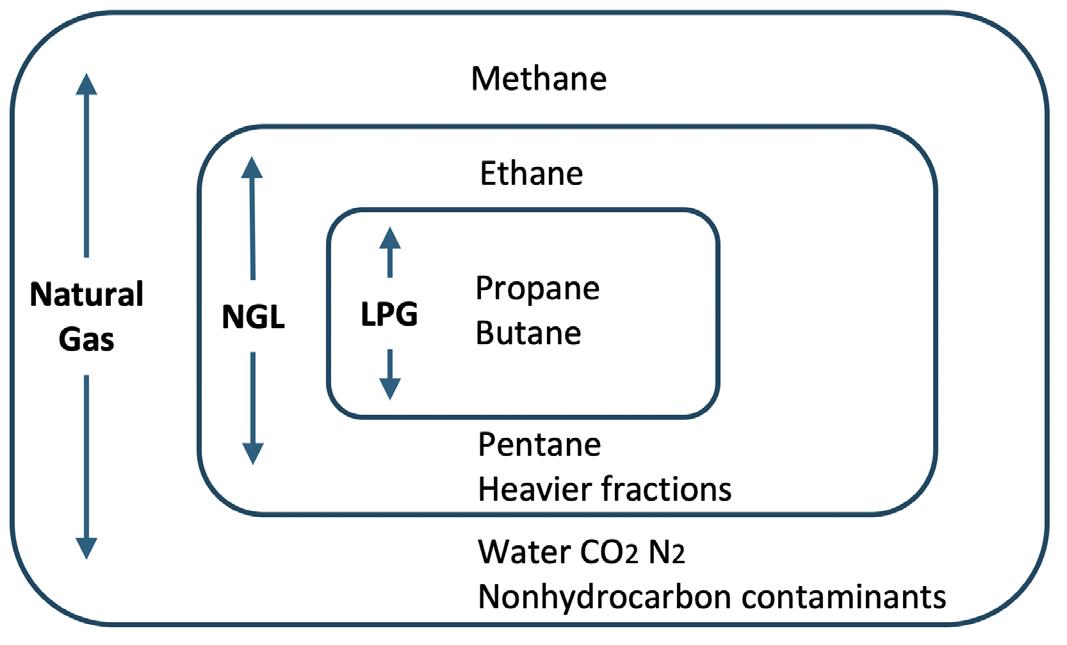
Dragon-class) were contracted by INEOS to transport US ethane to the UK. The first Dragon-class vessel was delivered to EVERGAS in 2015 and the last one, JS INEOS Invention, in 2017. In 2014, Navigator Gas ordered ethane carriers (35 000 m3) to Jiangnan shipyard in China. The first vessel, Navigator Aurora, was delivered to Navigator Gas in 2016 and was chartered to Borealis Group to transport ethane from Marcus Hook (Pennsylvania) to Borealis facilities in Stenungsund, Sweden. In 2016, Hartman Group, in partnership with Ocean Yield, ordered three 36 000 m3 LEG carriers. The first vessel, Gaschem Beluga, completed her gas trials in 2017. Gaschem Beluga was contracted to transport US ethane (from Enterprise Products Terminal in Morgan’s Point, Texas) to SABIC’s ethane cracker facilities in the UK. Also in 2016, United Ethane Carriers (UEC) showcased the design of the largest type-C ethane carrier. The first vessel, built by Dalian Shipbuilding, was delivered in 2019 and was contracted to transport ethane from the US to China.
Shipping costs are a significant portion of the value chain. To be more competitive and make new projects viable, new generations of ethane carriers have progressively gained traction. These new generations of ethane carriers tend to be larger (87 000 ~ 100 000 m3) and more flexible in terms of their range of gas carrying capability, from LPG to LNG, attracting stakeholders from the petrochemical (NGL) and LNG shipping sectors.
Thus, in late 2014, the Indian-based conglomerate Reliance Industries took the initiative of ordering the first of a new generation of ethane carriers fitted with membrane cargo tanks, reaching a total capacity of 87 200 m 3. This new breed of vessels is known as very large ethane carriers (VLECs). The order was placed at Samsung Heavy Industries (SHI). The first vessel, the Ethane Crystal, was commissioned in 2016 to transport ethane from the enterprise products terminal in Morgan’s Point – Texas to India. The Ethane Crystal is currently operated by MOL to transport US ethane to reliance crackers in India. Following the success of this first generation, a second generation of membrane type VLECs was then ordered in 2018 to SHI and Hyundai Heavy Industries (HHI) by Delos, to fulfil the demand of US ethane trading to crackers in China. This second generation came with design improvements and with a step-up on vessel capacity to 98 150 m 3. In 2020 –2021, a total of 12 VLECs with membrane tanks were ordered at SHI and HHI for Zhejiang Satellite import project from Energy Transfer’s US export terminal. More recently, ethane shipping welcomed new players such as WANHUA Petrochemicals and SP Chemicals on the chartering side, but also Pacific Gas, IINO, EPS, and Tianjin Southwest Marine on the shipowner side.
The number of stakeholders could largely expand if some Middle East oil majors confirmed their ethane export project in the region, or if traders entered the ethane market. As VLECs constitute a significant financial investment and are currently exposed to geopolitical uncertainties, financial investors are worried of trade scenarios that rely on a
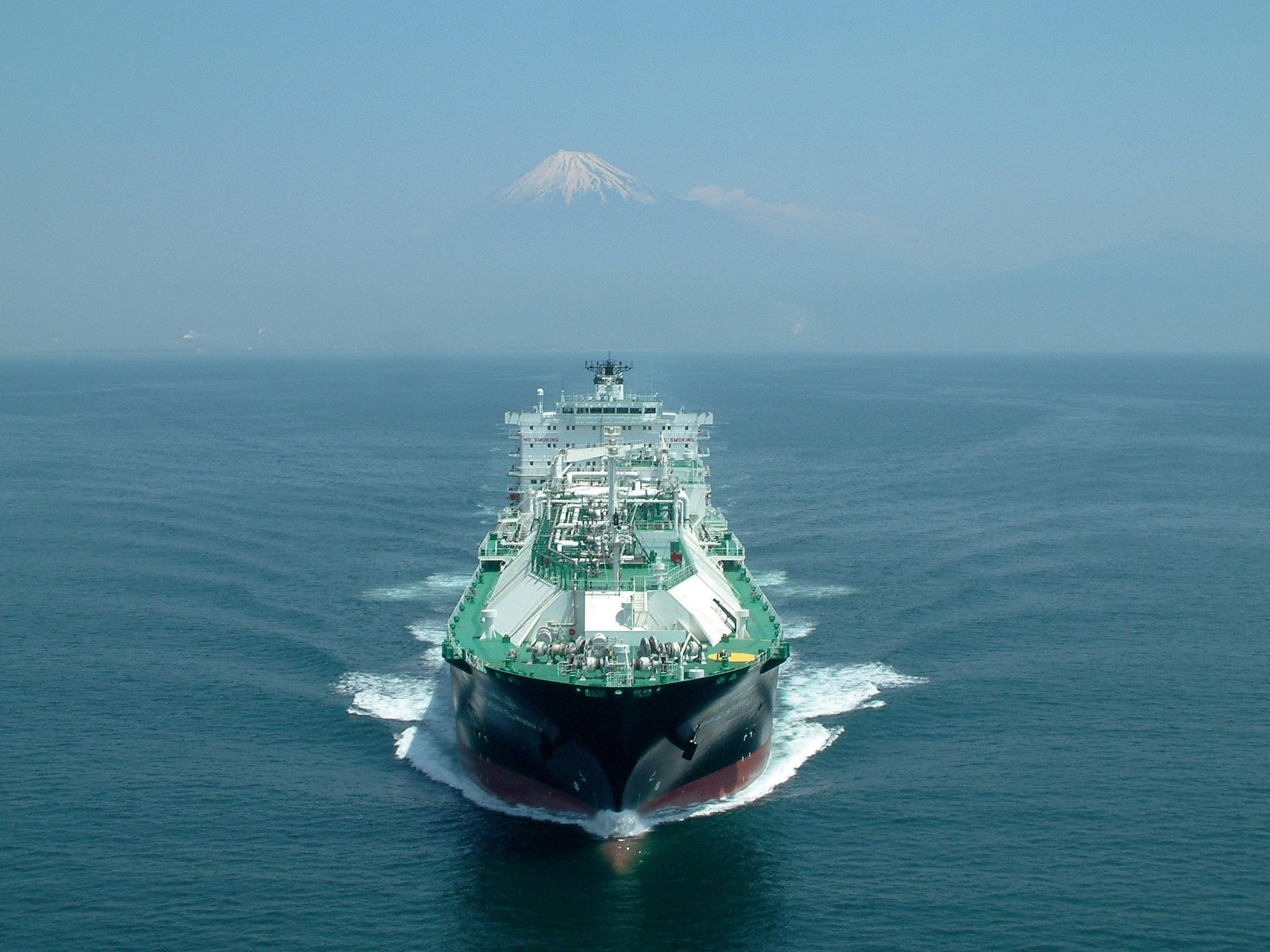
Figure 1. Feedstock categories.
Table 1. Main characteristics of liquefied gases
GTT, technology for a sustainable world
For over 60 years, GTT has been developing cutting-edge technological solutions for greater energy efficiency. We bring our passion for innovation and technical excellence to the service of our customers, to meet their transformation challenges of today and tomorrow.
We design cryogenic membrane containment systems for the transport and storage of liquefied gas, digital solutions to improve the ship performance, consulting services, training, maintenance assistance and technical studies.
We ensure the highest system performance by offering comprehensive support before, during, and after construction, leveraging the knowledge and know-how of our experts.
More than ever engaged in the energy transition, GTT is committed to the development of hydrogen through its subsidiary Elogen, which designs and assembles electrolysers for the production of green hydrogen, and by developing our very first liquefied hydrogen carrier.
The GTT teams are at the heart of our mission. Committed and united, we are determined to contribute to the construction of a sustainable world.
gtt.fr

single ethane supplier and seek options offering diversification to mitigate such risk.
An ultra-large ethane carrier: a revolutionary design
Pioneering the ULEC concept
With the ethane market maturing, there is a growing interest among industry stakeholders in transporting larger volumes of ethane across the oceans. As a result, ship owners are increasingly inclined towards investing in vessels with greater cargo capacities instead of opting for smaller ones. This preference extends to exporters and importers terminal operations as well, who are particularly drawn to 150 000 m3 ultra-large ethane carriers (ULECs). These larger carriers facilitate increased annual loading and unloading volumes, enhancing petrochemical plants outputs and companies’ revenues.
Therefore, in 2020, GTT launched a study to address the limitations for ships calling Enterprise Morgan’s Point terminal and Energy Transfer’s Nederland terminal, both in the US. Among this study, several interviews of pilot associations, export facilities, and the US Coast Guard were carried out. During the interviews, discussions were conducted to identify channel restrictions and the context for the restrictions that may impact the ship’s design.
The access to the Morgan’s Point Terminal goes through a narrow waterway, with safety rules developed by
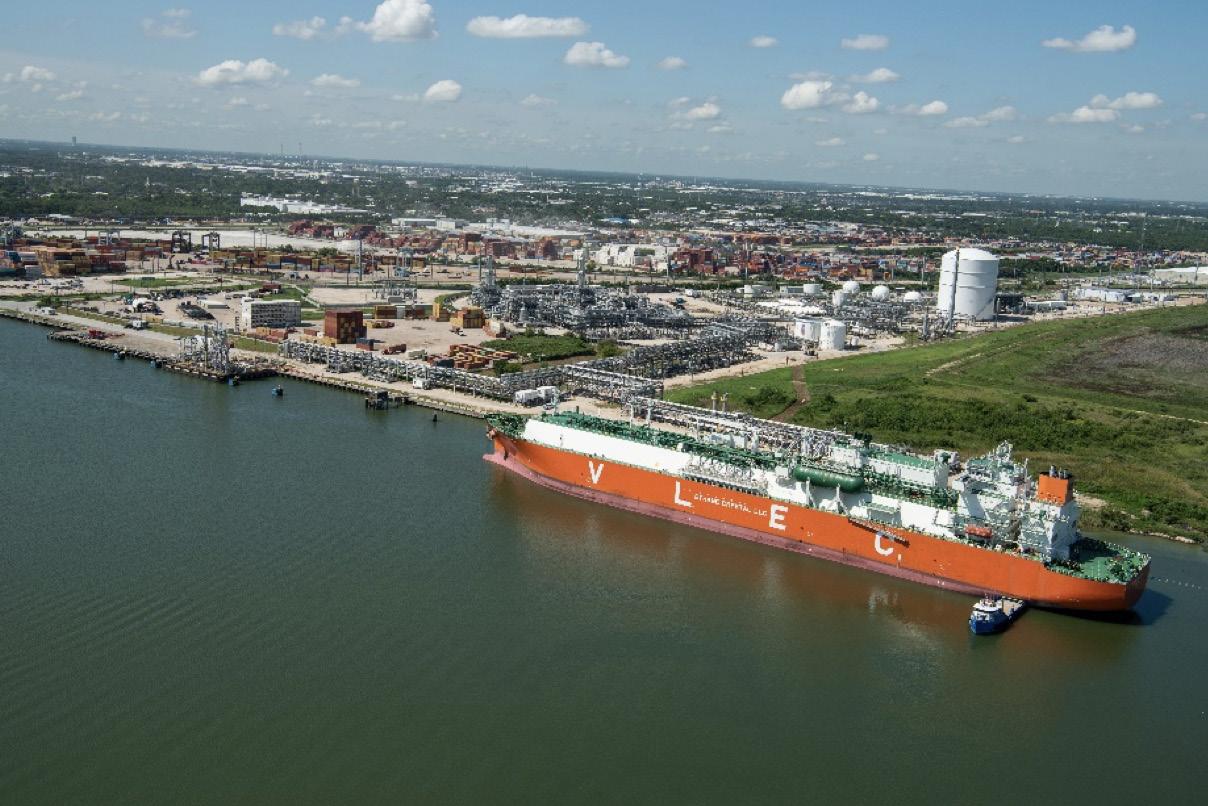
the Houston Pilots. The terminal itself is in Laporte, Texas, in the Barbour’s Cut area of the Houston Ship Channel (HSC), approximately 32 nautical miles from the Galveston Bay Sea buoy. The HSC, in the segment between the Galveston Bay Sea buoy and channel buoy 18, is 800 ft (243.8 m) wide. The HSC segment between buoy 18 and the entrance (Barbour’s Cut) to the Morgan’s Point terminal is 530 ft (161.5 m) wide. The channel depth is 45 ft (13.7 m) throughout.
The Nederland Terminal is in Southeast Texas, on the Neches River in Nederland, approximately 34 nautical miles from the Sabine Bar. The access to Nederland terminal goes through the Sabine Neches Waterway (SNWW) and ships must follow rules developed by Sabine Pilots. The majority of the SNWW is 500 ft (152.4 m) wide until reaching the Sabine Neches Canal and the Neches River junction where the width is reduced down to 400 ft (121.9 m). The channel depth is 40 ft (12.2 m) throughout.
There are two critical requirements to call the port:
z The Martin Luther King Bridge has a 136 ft (41.5 m) vertical clearance. ULEC’s air draft must be designed accordingly.
z The maximum draft of a ship that the Sabine Neches Waterway Pilots will navigate to the Neches River is 40 ft (12.2 m) in fresh water, equivalent to 39 ft (11.9 m) in sea water. This allows for a limited safety margin depending on tides.
By triangulating views of pilot associations, export facilities, and the US Coast Guard, the following key ship dimensions formed the basis of the ULEC ship design: length overall of 274 m, 42 m width, and vessel draft of no more than 12 m in sea water.
Operational and economic advantages of ultra-large scale liquefied ethane transport
Right after the US terminals study completion, GTT and its partners began the development of the ULEC design. SHI, HHI, but also Chinese shipyards and designers including Hudong-Zhonghua, Dalian Shipbuilding, Jiangnan, MARIC, and Deltamarin, have all developed their own ULEC design.
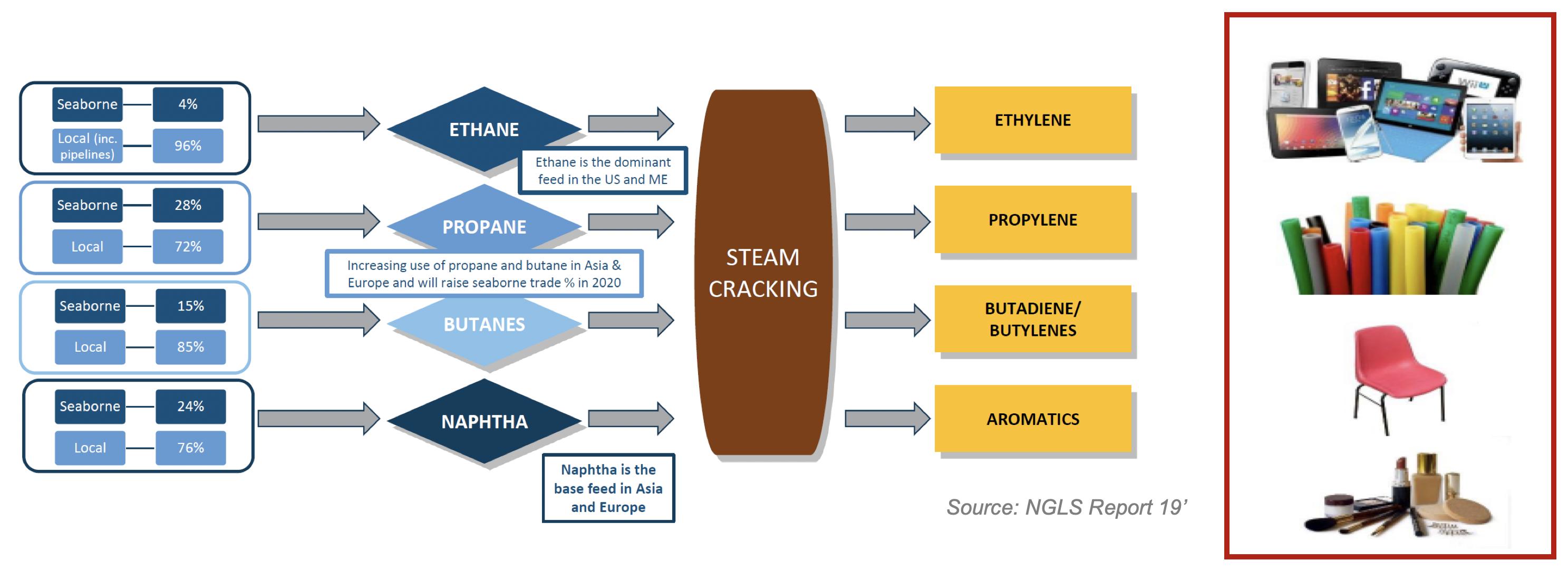
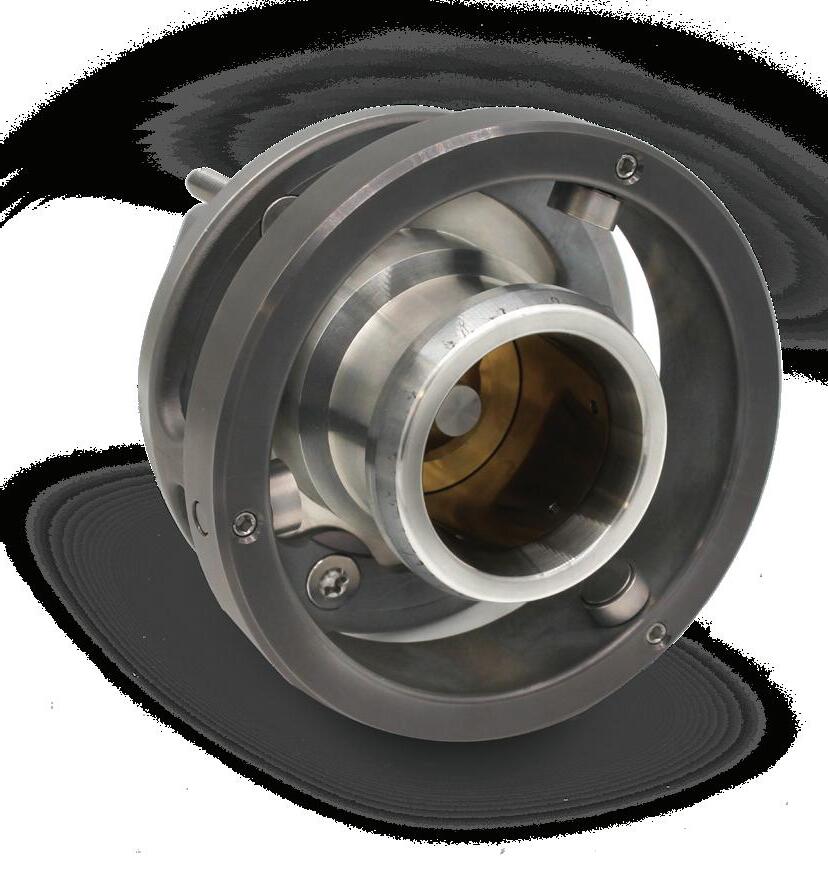
Figure 2. World’s first VLEC, Ethane Crystal, loading at Morgan’s Point Terminal. Source: Enterprise Products.
Figure 3. Petrochemical basic building block value chain.
CERTIFIED
Complies with the requirements of ISO12617:2017
Patented nozzle safety stop feature is recognized in the market as a major failsafe advantage for the operator.

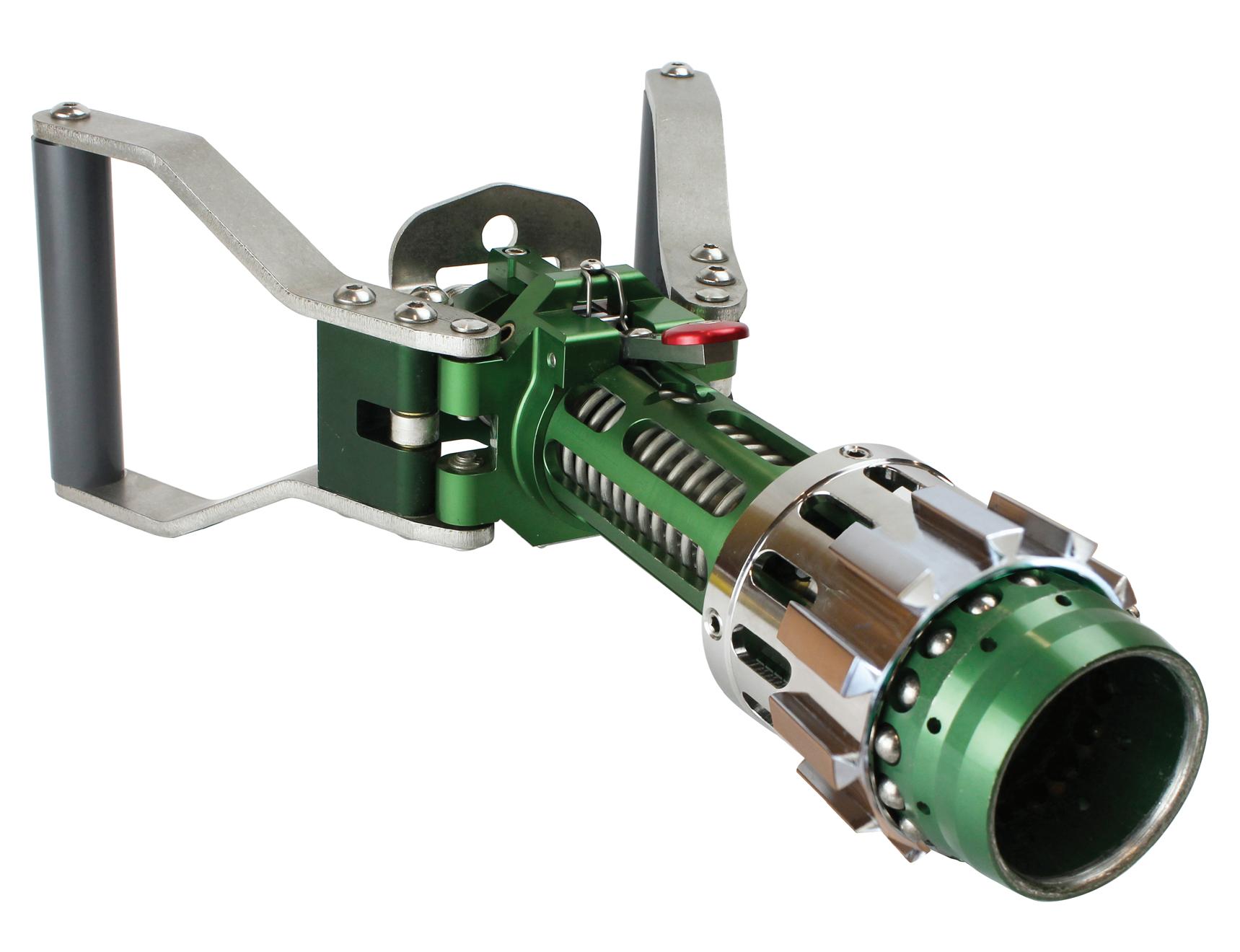
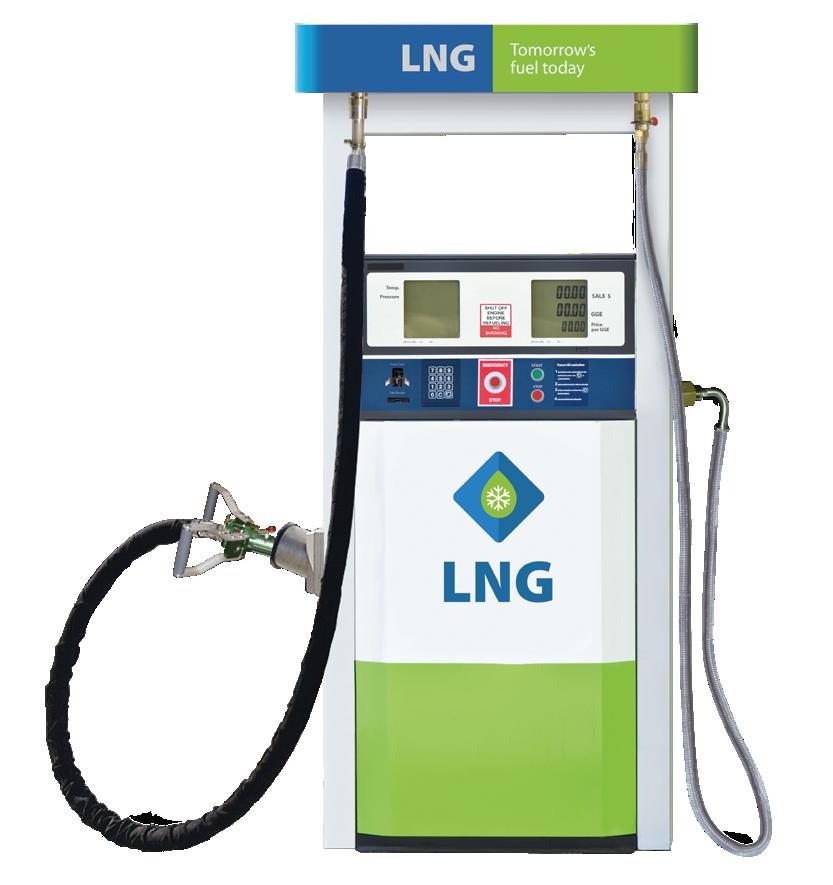
Ball cage interface with receptacle adapter ring guides and locks the nozzle in place for optimum engagement and user interface to increase environmental seal life.


While the conventional ULEC design is with four cargo tanks, GTT has also studied and validated a ULEC design with three cargo tanks in order to improve the overall volume efficiency and optimise shipbuilding costs.
Compared to VLECs, ULEC’s main engine is to be equipped with a seventh cylinder to increase the maximum continuous rating, while the reliquefaction unit is equipped with an additional fourth train of 50% capacity.
The ULEC ship design was reviewed by various Classification Societies who delivered approval in principle to the design team.
The cargo containment system of an ULEC can be either of Mark III type or Mark III Flex. The latter not only offers a lower BOR and therefore a reduced use of the reliquefaction unit and faster loading operations, but also a significant improvement in trade flexibility. Indeed, with the

Mark III Flex technology onboard, the ULEC would also be competitive as an LNG carrier to deliver LNG cargoes to FSRUs or to LNG terminals looking for volumes smaller than conventional ones, as explained in the next section.
Futureproofing with LNG-ready advanced membrane technology
Bridging ethane and LNG
During the Gastech 2021 exhibition in Houston, ABS unveiled at a joint event with GTT, the first LNG cargo ready notation for ethane carriers.
The notation confirms that an ethane carrier (VLEC or ULEC) equipped with GTT Mark III technologies is capable of future modification to trade LNG cargoes. Since then, sub notations have been added to confirm the LNG readiness of items such as piping, dual fuel systems, and other essential components.
Seamlessly transitioning from VLEC to LNG carriers: A practical conversion approach
Investing in ethane carriers with membrane technology enables the owner to mitigate financial risk, but also penetrate LNG shipping if necessary. Indeed, the asset comes with this dual cargo compatibility, which can perfectly answer market uncertainties. Technically speaking, the conversion from ethane carrier to LNG carrier shall happen at a conversion yard. The main work expected will focus on the main engine tuning, potentially also auxiliary engines, and the reliquefaction unit.
The vessels shall preferably be fitted with deepwell cargo pumps, contrary to the submerged type applied on first generations of VLECs. Indeed, deepwell pumps are easier to maintain as pump motors are outside the cargo tanks, unpumpable volumes are reduced and multi-cargoes (including LNG) can be pumped without the need of anti-freezing line for grade changing.
Finally, should new trade routes emerge, for instance, from the Middle East to Northeast Asia, the ethane carrier sizes could potentially be further increased to reach the size of conventional LNG carriers of approximately 175 000 m3
These unique ship designs attract major interest from stakeholders in the NGL and LNG shipping sectors. Synergy between LNG and ethane shipping, with larger ships and optimum technologies, considerably reduces the unit cost of transportation, lowering the break-even point for ethane feedstock competitiveness and potentially unlocking new
Table 2. Overview of VLEC projects in service and under construction
Figure 4. Satellite STL Nanhu VLEC built at SHI. Source: Energy Transfer.
Justin
Ellrich, LNG/Liquefaction Solutions Process Manager, and Micky Clifford, AVP – Process Solutions Leader, Black & Veatch, USA, assess how advances in scaling up proven technologies can help meet the growing demand for LNG.

The majority of the world’s LNG export facilities were primarily stick built with capacity now exceeding 5 million tpy/train. The challenges many of those projects faced in construction and operation have led many current projects and major players in the LNG industry to take an approach of using multiple smaller modular liquefaction trains to meet the same total capacity. They are finding solutions by employing technologies and execution strategies more typically seen in mid scale developments. This does not mean the economy-of-scale principle is being turned upside-down, but rather they are implementing a different approach to achieve a competitive project.
Smaller trains result in lower risk for project execution, but are often perceived as more costly due to economy of scale. Technology providers and EPC’s have been working hard to erase
this perception and prove there is another competitive approach to building large scale export. By using current manufacturing capabilities for machinery and heat exchangers as well as maximising modularisation, mid scale technologies like single mixed refrigerant cycles can realise commensurate US$/t figures while lowering execution risk and maintaining certainty in performance.
Multiple mid scale trains also afford a better opportunity for a phased implementation with smaller increments of CAPEX and required LNG offtake that enable a faster route to market while planning for the ability to expand in the future. In floating LNG (FLNG), the size constraints of the vessel have driven the industry toward the multiple train, modular mid scale approach. This approach maximises production volumes, and accounts for nearly 60% of the FLNG capacity in operation or under construction.
Other benefits of multiple mid scale trains include faster time to first LNG, increased overall availability, better turndown flexibility, and simpler startup and operations compared to more complex multi-loop technologies.
Train size
There are currently two main approaches to constructing a large facility out of smaller mid scale blocks. The first is to use the existing, proven mid scale train capacity, with a large multiple of trains required. The second approach is to scale up capacity of mid scale technology, which reduces the train count relative to the first approach.
Multiplication of small scale
One approach that has been put into production at several US facilities is to limit each individual liquefaction train to historically comfortable capacity, about 0.2 – 0.6 million tpy, and build as many trains in parallel as are required to achieve the total LNG capacity desired. The unit operations in this size are well-proven, and generally have multiple supplier options for key equipment. On the other hand, the principle of multiplication increases other elements of risk by increasing the number of site hookups and extending commissioning durations, for example. Some of these designs require dozens of liquefaction trains, so the sheer numbers of machinery, instruments, valves, etc. can cause issues and increase risk during startup and operations.
Scaled-up train
A more balanced approach is to maximise the train size achievable but still fit the train into a single module. This brings the benefits of modularisation and diversity of equipment supply that mega-trains lack, but minimises the multiplicity required by smaller trains. Black & Veatch’s PRICO® technology is currently being applied on several of these projects for 1.4 – 2 million tpy per train, including projects for both onshore and floating liquefaction. This is a more efficient execution strategy in line with the traditional economy of scale mantra – one larger train is cheaper than three small ones – but applied to the individual unit and not the total facility. This maintains the phased and duplicate mid scale philosophy while taking advantage of capabilities proven in the large scale realm.
This capacity range for a single train is not currently as common as the smaller ones described previously, mainly due to the historical delineation of projects – peaking and transportation fuel use smaller trains and export facilities stick-build the larger multi-loop trains. There is significant opportunity for optimisation by taking the best facets of each extreme and fitting into a single mid scale module – the simplification of small trains combined with the efficiency and economy-of-scale of large trains. By recognising the experience of major equipment in the same service for large trains, each component can be analysed to instil confidence in performance with proven references in operation.

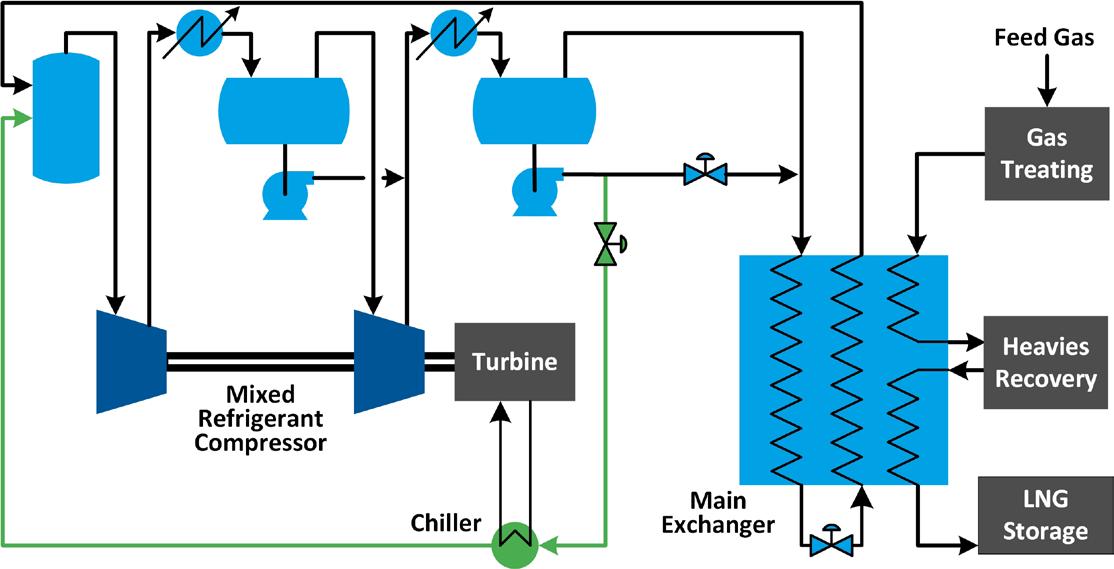
Modularisation
The use of modules allows for rapid and straightforward installation with a significant reduction in the required field works and laydown as compared to standard stick-built construction. By modularising and pre-assembling most of the project, the peak manpower at the job site is substantially reduced to less than half of a stick-built plant. Moving this work to the manufacturing setting of a fabrication yard will typically improve productivity and safety metrics as well. For mega scale trains, modularisation is less useful because the equipment sizes are so large that module weight and dimensions become untenable and each module has a bespoke design. When direct marine offloading is available, a standardised design for a single module per LNG train can be installed – ‘One Train, One Module’ – in the range of 4000 – 6000 t depending on train size and cooling medium ultimately selected. For onshore applications, the refrigerant compressor and driver are set to the side of the module on a single base frame already significantly modularised by the manufacturer. As the refrigerant compressor and driver are separate from the module, their selection is flexible which allows for easy optimisation. FLNG applications incorporate the machinery into the module for ease of constructability and to shrink footprint, and now include electric motor applications, as well as gas turbine drivers.
Equipment scale-up
The major equipment required for 1.4 – 2+ million tpy mid scale trains can be systematically analysed at a component level to confirm there is an equivalent application currently in-service to mitigate the scale up risk. The refrigerant compressor and main cryogenic heat exchanger are the
Figure 1. 1.4 - 2 million tpy onshore PRICO® module.
Figure 2. PRICO-Boost modification.
heart of the liquefaction plant and imperative to be provided with low risk and certain performance.
Refrigerant compressor
Large compressor casings and rotors have been proven for decades by multi-loop technologies which apply directly to scaling-up mid scale equipment – after all, it is still light hydrocarbon refrigerant service at similar pressure. Dozens of mixed refrigerant compression services fall in the range of 75 – 100 MW, larger than mid scale trains would employ. But because mid scale is staying below that range, the casing needed for the service is the same size or smaller and does not carry new risk.
Other major elements of the complex machinery like impellers, seals, and auxiliary systems go through the same review process to ensure that each individual component will perform like many other applications. If there is a situation where any component would be outside the proven references for the desired mid scale train size, parallel compression just like multi-loop technology has shown for some time can be employed while also significantly increasing the train capacity to 2 million tpy and beyond in some cases.
Main cryogenic heat exchanger
Main cryogenic heat exchangers also scale quite well with little-to-no risk. Larger coil-wound exchangers are used in mega-trains and proven sizes of brazed aluminium cores are just placed in parallel to achieve desired capacity. Coil-wounds are applicable to this size, but brazed aluminium technology offers simplification, lower cost, and footprint reduction that is more advantageous for mid scale train sizes.
Brazed aluminium exchanger fabrication techniques have significantly improved to allow for manufacture of larger units with greater heat transfer characteristics than those used in early designs. As an example, three trains installed in the mid-1970’s using Black & Veatch’s PRICO technology contained eight cold boxes with five cores each, for a total of 40 cores per 1.3 million tpy train. That train size today would fall into a single cold box with 6 – 8 cores.
Due to the unitised nature of brazed aluminium cores, there is no risk in scale-up of each individual core – the performance of each core is known because it is the same size and construction that is running in smaller scale facilities. Size per core is limited by the brazing furnace size of the manufacturer, so the thermal and mechanical performance is known many times over in previous facilities as cores are just churned out at the same size and placed in parallel. A one core design at a small scale facility can be the same size as those at a 10 million tpy multi-train project, with just the number in parallel being different. Black & Veatch’s control philosophy across each and every core remains the same from the 1970’s through today as it is easily scalable to any number of cores with assurance of success that has been proven over 200 times at the core level.
Process enhancements
There are several flowsheet optimisations to single mixed refrigerant loops that are not justifiable at smaller capacities but easily pay off for larger trains to close the efficiency gap compared to multi-loop processes. Liquid expanders used commonly for large scale trains (in place of J-T valves on LNG and refrigerant streams) can enhance LNG production by approximately 5% from the same driver power compared to a conventional offering. Other improvements to PRICO, which have
been patented and published with 2.5 – 6% production or efficiency increase, may be applied if a fit for the specific project conditions.
One such enhancement Black & Veatch developed is a modification to the single mixed refrigerant loop to integrate turbine inlet air chilling (TIAC) to increase capacity from a set gas turbine driver. TIAC is well known in the power industry and is being applied more commonly for LNG facilities as well, but usually with a separate packaged refrigeration unit that adds to cost and footprint. By utilising a slipstream of refrigerant already being processed for liquefaction, significant simplification, and space savings can be achieved. PRICO-Boost (Figure 2) enables up to 6% greater LNG production for minimal additional cost and footprint of the refrigeration system thus providing a better US$/tpy metric.
Decarbonisation
Smaller compressor power requirements, generally in the range of 30 – 50 MW for mid scale trains, open options for compressor drivers. The gamut of aeroderivative turbines fit mid scale train sizes quite well, and they consume significantly less fuel per kilowatt than traditional industrial turbines used throughout mega-train facilities. And while there are 65 – 75 MW motors now operating in a couple of LNG facilities, smaller, proven motor sizes de-risk the selection.
Similar to the refrigeration process enhancements becoming economically viable at larger sizes, so too does waste heat recovery from turbines. It is another well-known technology employed at large scale facilities to provide process heat or even steam for power generation in a combined cycle fashion that is not widely applied to smaller scales as the economic and emissions incentives are muted. Increasing train and facility size and employing waste heat recovery is another step to making mid scale facility efficiency and emissions competitive with other world scale developments.
Smaller power requirements can be particularly attractive if power is sourced from renewables which results in a significant reduction of the facility’s emissions. Either a phased approach or overall smaller facility may better fit the available renewable generation in the area. Even if not fully renewable, the electrical infrastructure required for mid scale vs mega facilities better enables full or partial grid connection instead of necessitating on-site power generation which increases both costs and emissions.
Summary
The scale-up risks associated with applying mid scale LNG technology to large scale facilities are now well known, as are the mitigations. Multiple current and newly proposed projects are proving there is a competitive approach in the global LNG export market in scaling down from mega-trains by scaling up other proven technologies.
Mid scale technology, such as Black & Veatch’s PRICO with a single train per module and proven equipment, can de-risk project execution. Fabricating and installing duplicate modules in parallel moves vast labour hours to controlled offsite yards, thus increasing productivity to remain competitive with the traditional mega-project approach. Consolidating operations of a single liquefaction train into one module enables more capacity with less footprint, evidenced by its leading adoption in the FLNG space. Pushing the technology and equipment to the upper end of proven operations and applying viable enhancements to efficiency furthers the competitiveness achievable by mid scale applications.


Taking modularisation to new levels in LNG
Taking modularisation to new levels in LNG
Dominique Gadelle, Vice President of Early Engagement at Technip Energies, discusses
the rise in popularity of modular LNG.
Pioneered primarily by the LNG industry, large scale modularisation of LNG plants has expanded a lot in the past 15 years. Challenges related to construction in high-cost OECD countries, the growth of floating LNG and the long search for a viable method of developing liquefaction facilities within the Arctic Circle have all pointed to modularisation. This created an enthusiastic investment climate on all continents, especially in Asia with China as a leading location. It meant that spacious waterfront construction sites could be equipped with fabrication shops, cranage, and loadout wharfs custom designed for this new market.
After 2016, an opportunity arose in the US to develop LNG export capacity based on multiple modularised mid scale trains. It became possible to embark on project execution schemes entirely locked into modularisation, greatly reducing peak site manpower and risk. Standardisation fits well with the federal regulations that apply to US LNG. It fits the near-constant quality of feed gas taken from the US grid and the flexibility of smaller equipment. Lastly, the dynamic US gas industry has been able to sharply increase supply in the same period.
There are now several operating facilities that demonstrate this approach. However, attention to economy of scale has yet to be fully exploited, which is where the development described below has its starting point (Figure 1).
Increasing the scale of standard LNG modules
In 2022, relying on its engineering, technological, and project execution expertise, Technip Energies started to develop generic FEED based on its SnapLNG by T.ENTM concept at the large capacity end of the envelope. SnapLNG by T.EN combines a compact modular design for mid scale LNG trains with standardised components and technology. This solution benefits from speed to market, with greater certainty around costs and schedule and best available process technology, refrigerant compression, and digitalisation. It also offers clients a new approach to decarbonise their LNG production and

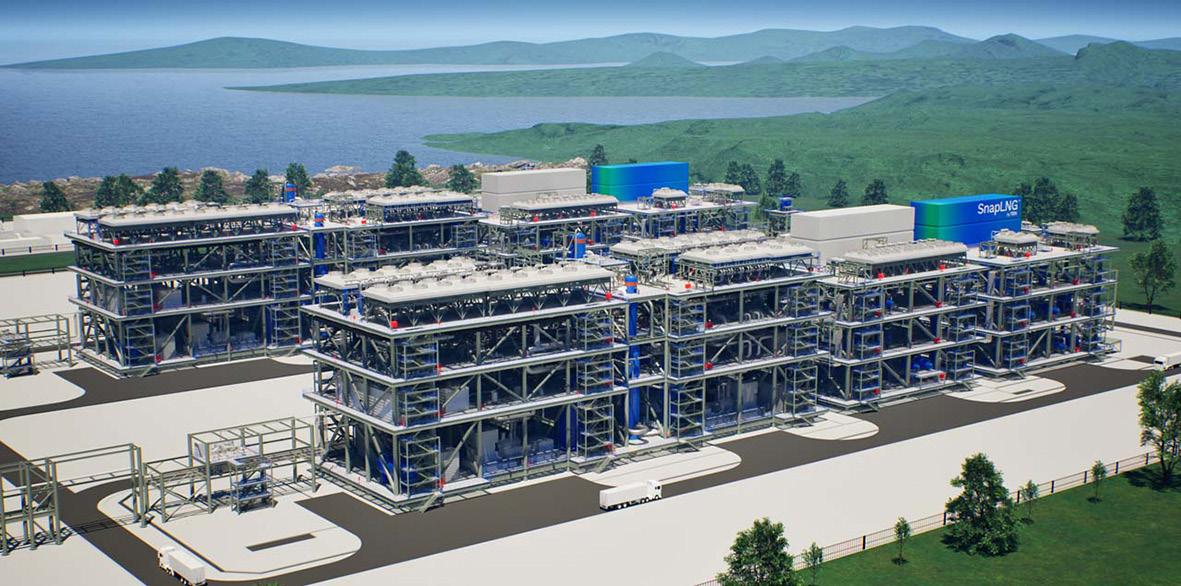
reach their carbon reduction target thanks to lower emissions, and is suited for low to zero-carbon LNG (Figure 2).
The aim of this investment was to propose a pre-engineered and tangible product to the market with the main advantage of significantly shortening the overall execution schedule compared with the usual project development process from feasibility study to the end of the engineering, procurement, and fabrication (EPF) module.
Another objective was to secure the project’s technical aspects by developing a robust and reliable FEED design based on Technip Energies’ experience in modularised LNG plants for FEED, EPF, and EPC projects.
The first step consisted of defining the main basis of design as this generic FEED was not developed for a specific project. The main drivers and criteria have been:
z A nominal plant capacity as large as possible to bring economies of scale, but sufficiently small to allow complete systems to be included in single modules. This last feature allows pre-commissioning at the module fabrication yard and minimises hookup work on site. By varying the choice of process and the split of units between modules, Technip Energies had previously defined a number of mid scale designs between 1 million tpy (two modules) and 3 million tpy (four modules) covering gas pretreatment, heavy hydrocarbon removal, and liquefaction. Having determined
that there is, as expected, an economic advantage for the latter, this larger four module design was selected.
z A fully-electrified design to essentially eliminate greenhouse gas (GHG) emissions. Electrification is the most realistic, if not the only route, to decarbonising liquefaction plants that must be built in the coming decade. In addition, a low-carbon electrical power plant option is seen as a promising add-on to this development to cover the case where an over-the-fence third party electrical power supply from a low-carbon or renewable production source is unavailable.
z Selection of ‘most probable’ and average basis of design and excluding extreme conditions with the aim of minimising the design modifications for future specific projects.
z Selection of Air Products dual mixed refrigerant (AP-DMR) process, considered as appropriate for this capacity and the easiest to modularise thanks to a low equipment count and the most efficient in energy consumption. The process design of the liquefaction was supported by a dedicated Air Products Greenbook developed specifically by the licensor for this generic FEED.
z Electric motor drivers for refrigeration compressors of around 50 MW, as motors of this size have sound industrial references in operation.
z For 30˚C design ambient air temperature, the resulting plant capacity being approximately 2.5 million tpy.
z Module sizing, i.e. dimensions and weights, is compatible with recent experiences by Technip Energies of the constraints of sea and on-land transportations.
z Maximising activities at module fabrication yards. The design considers the full integration of the refrigerant compressors into the liquefaction modules at the yard.
Figure 1. Selected projects showing continuous increase of modularised and electrified LNG plants.
Figure 2. SnapLNG by T.ENTM view.

z Extensive use of digital solutions, including digitalisation of data management for the FEED and identification and description of project tested digital solutions for the EPF phase.
z Identification of environmental solutions to limit and detect GHG and volatile organic compounds (VOC) emissions.
Modularisation is applied throughout the process section not only to the two liquefaction modules but also the feed gas pretreatment module and the NGL recovery and fractionation module.
The design of the liquefaction modules was completed up to the FEED level including material takeoffs, on-land module transportation studies performed in parallel by Technip Energies specialists, and a specialised heavy lift and transport company and extensive safety studies including blast calculations and risk quantification.
The two pretreatment modules were only designed to the pre-FEED level, considering their design is less challenging and quicker than liquefaction and very sensitive to site conditions such as feed gas composition and arrival pressure.
Three utility modules supporting the operation of the process train were also pre-engineered: The flare knockout drum module, plant air, and nitrogen module and chilled and hot water module.
This completed technical package was used to produce a full-cost estimate of the modules. Inquiries were launched on the market for the most critical pieces of equipment and module fabrication, and extensive schedule analysis was done to assess the duration of a specific EPF project developed from the generic FEED.
Process and utility modules weights range from 2000 – 11 000 t. The two liquefaction modules are the largest and heaviest (60 m long x 33 m wide x 35 m high) and, as mentioned previously, their transportability was verified.
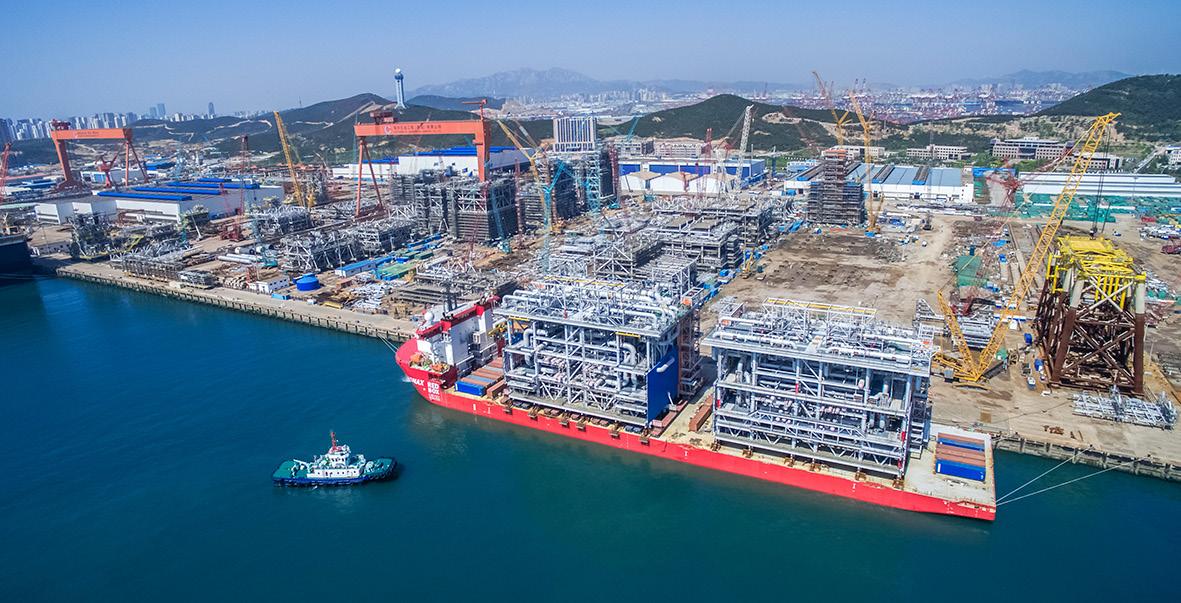

The SnapLNG by T.EN FEED also addresses environmental imperatives through standard design features that limit hydrocarbon and chemical gas emissions, mainly methane and carbon dioxide, as well as VOCs and through measures to detect fugitive emissions of these pollutants and repairing them.
Strategies have been implemented for limiting emissions from process and utility units during normal continuous operations, normal transient operations, and abnormal transient phases, as well as from specific pieces of equipment such as SF6 in the electrical transformers and recommendations for the limitation and detection of fugitive leaks have been made.
Digital support for added value
The SnapLNG by T.EN generic FEED also presented the opportunity for Technip Energies to consolidate and develop numerous initiatives in the field of digitalisation. The implementation of these digital solutions brings additional value during EPF project execution.
These capabilities were developed during the FEED:
z Possible use of full digital twin.
z 4DMS.
z Operator training using T.EN’s Plant Operator Digital Simulator (PODS®).
z Operational performance optimisation.
z Robotics intervention.
z Predictive maintenance.
z Connected workers for site activities and operation.
z Digital support for construction, pre-commissioning, commissioning, and handover.
Conclusion
As an alternative to renewable power, SnapLNG by T.EN can provide an investor with the possibility of using an industrially proven combined cycle power plant equipped with post-combustion carbon capture for which technology such as Shell Cansolv CO2 Capture System is commercially available. Modularised designs exist at a scale compatible with a turbogenerator such that the power plant could be built in a similar way to the liquefaction plant. This feature potentially completes the offering of a self-supported productised and decarbonised design (Figure 4) and allows LNG projects to be executed more efficiently with rapid implementation and project confidence.
Combined with blue electrical power plant fitted with carbon capture and sequestration, SnapLNG by T.EN can provide the optimum use of modularisation and associated transportation with a robust and reliable FEED design in an LNG market looking for fast, dependable, and low-carbon plant solutions. With SnapLNG by T.EN, clients can implement low-carbon LNG projects quickly, safely and with guaranteed success and meet their GHG emission reduction targets by making the transition to more environmentally-friendly solutions.
Figure 4. Canopy by T.ENTM view.
Figure 3. Module fabrication yard in China.

Hans-Peter Visser and Martin van Burgh, Analytical Solutions and Products B.V., consider the idea of one virtual AI analyser maintenance and reliability engineer for the whole LNG plant.
global shortage of skilled and specialised analyser technicians causes a hard-to-solve challenge. In some areas around the globe, like the Gulf Coast of North America, the demand for these specialists is very high. This shortage will only become more profound in the near future as a result of the number of LNG plants both in operation and planned, on top of the already existing refineries and (petro) chemical plants in this area. The influx of young analyser technicians is low, and they obviously are without the years of field experience needed if fresh from college.
One of the reasons for a low influx of new technicians is that working in technology is no longer attractive. Getting ‘dirty hands’ seems to be exchanged for working from behind a keyboard or mobile phone.
On the other side of the spectrum there is the obvious paradigm, a continuous business drive to reduce operational
costs and maximise profit which may add additional pressure on analyser technicians to do more in less time.
Analytical Solutions and Products B.V. has realised this problem, and developed a software package as a way to help tackle this challenge.
A virtual answer
AMADAS is a commonly used acronym for analyser management and data acquisition system. This system uses control charting techniques and statistical process controls to determine the performance, availability, and maintainability of a broad variety of online process analysers and other critical instruments.
AIM is the acronym for Analysis Information Module. AIM was originally designed due to a request from two of the largest global oil and gas producers to have a less complex and scalable AMADAS.
Figure 1. Analyser technicians will continue to be essential in the foreseeable future.
A virtual engineer involves being ‘all-in-one’. The basic functions include:
1. Performance monitoring of analysers and sensors.
2. Predict maintenance.
3. Archive data.
4. Operating sample conditioning systems and future analysers.
Enhancing industrial efficiency through performance monitoring of analysers and sensors
In today’s fast-paced industrial landscape, the performance monitoring of analysers and sensors has become an important element in ensuring operational excellence. These technologies are integral to maintaining the reliability and efficiency of industrial processes. By leveraging advanced performance

monitoring techniques, industries can predict parts to be replaced and maintenance interventions, reduce downtime, and efficiently archive data – ultimately lowering costs and enhancing production yields.
Increasing production yield through reliability
Reliability is the cornerstone of industrial success. Consistent and accurate performance from analysers and sensors directly impacts the quality and quantity of production output. For instance, in the chemical industry, reliable sensors ensure precise chemical composition, leading to higher yield and reduced waste. Implementing regular performance monitoring helps in identifying and rectifying any deviations before they escalate into major issues, thereby maintaining a smooth and continuous production flow.
Predictive maintenance
Predictive maintenance is revolutionising the way industries manage their equipment. Unlike traditional reactive maintenance, predictive maintenance utilises data from performance monitoring to foresee potential failures. This proactive approach not only extends the lifespan of equipment, but also prevents unexpected breakdowns.
Data archiving and analysis
Archiving performance data is essential for long-term operational analysis and continuous improvement. Historical data enables industries to identify patterns, optimise processes, and make informed decisions. Advanced data management techniques ensure that archived data is easily accessible and analysable.
Operating sample conditioning systems
Sample conditioning systems should ensure that analysers and sensors receive accurate and non-damaging samples for analysis. Proper operation of these systems is crucial for maintaining sensor accuracy and reliability. Innovations in sample conditioning technologies have greatly improved the efficiency of these systems, ensuring that industries get precise readings that are critical for quality control.

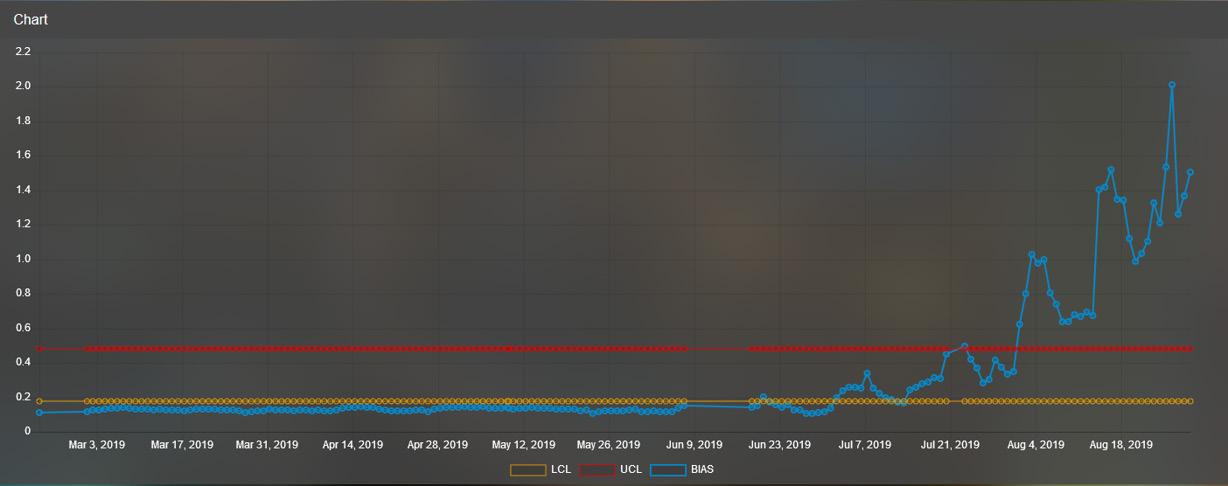
Performance monitoring of analysers and sensors is indispensable for modern industries aiming to enhance efficiency, reliability, and cost-effectiveness. By adopting advanced monitoring systems, industries can not only achieve higher production yields and reduce downtime but also predict maintenance needs and manage data effectively, thereby driving overall industrial success.
Reducing downtime and costs
Minimising downtime is critical for maintaining profitability. Performance monitoring provides real-time insights into the health of analysers and sensors, enabling swift interventions that prevent prolonged downtimes. Furthermore, these systems help in optimising
Figure 2. The total revenue of the LNG cargo is proven, traceable, and secured in AIM.
Figure 4. Leakage start occurring in a predictable manner.
Figure 3. LNG phase diagram.
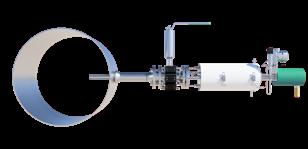
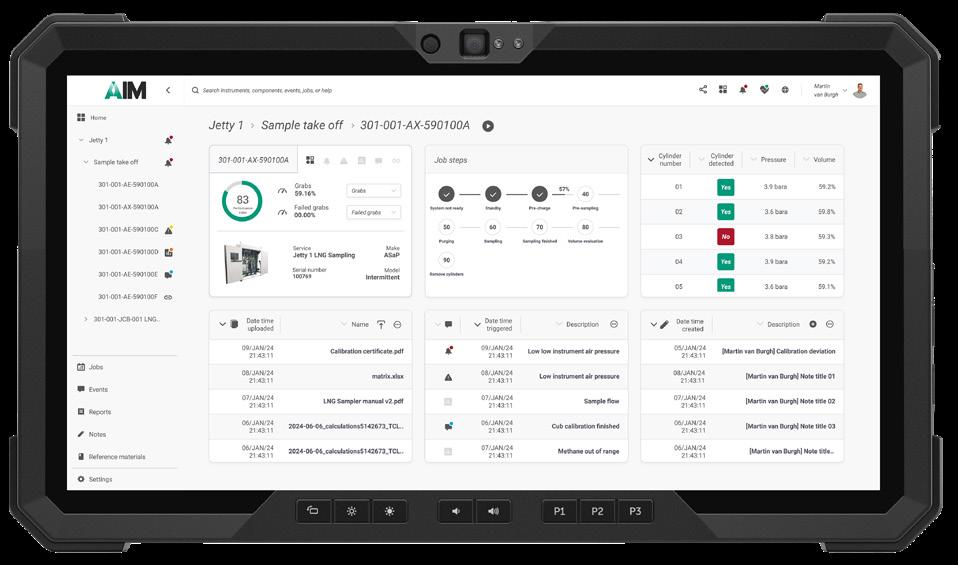
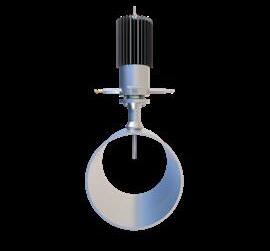




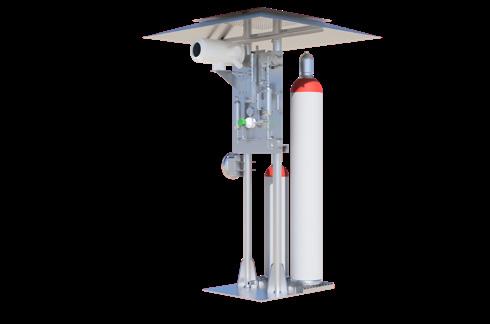
resource allocation, reducing unnecessary expenditures. In the energy sector, continuous monitoring of turbine sensors can prevent failures that would otherwise result in significant financial losses and operational delays.
Examples of cost reduction
LNG transfer
Trading LNG is based on its calorific value. LNG is a cryogenic liquid, so is challenging to handle and measure accurately. As published in earlier articles, wrong vaporisation and associated analysis result in revenue losses of hundreds of millions of dollars on annual basis.
Using AIM as an holistic performance tool for LNG custody transfer helps ensure the total revenue of the LNG cargo is proven, traceable, and secured.
Prior to the LNG transfer, the gas chromatograph (GC) is validated against a traceable external reference standard. During the LNG transfer, the validation results are stored in AIM. In addition, multiple critical parameters like the LNG vaporiser performance, and process conditions are monitored and stored. Based on the measured LNG line pressure, temperature, and composition AIM calculates a phase diagram (Figure 3). Based on these parameters the degree of sub-cooling at the sampling point is revealed, guarantying the most accurate and comprehensive analysis results.
Condensate transfer
Often condensate composition and energy content is measured by a liquid injection GC. According to the manufacturer, seals of

Worldwide Coverage
the liquid injection valve needs to be replaced every three months. Getting a permit, cooling down the GC, performing the preventive maintenance, heating-up and calibrating the GC typically takes eight hours of work while the cost of work and parts is typically between US$1600 – US$2000 per intervention.
What is even more important, the delivery of condensate has to be passed for eight hours or the transfer has to run blind with all the consequences.
By using a software system, such as AIM, the end-user is injecting a blank (carrier gas only) every week. By doing so, leakage of the seals can be determined when the product is measured during the blank runs. Initially, the upper alarm levels were set at 1/10th of the real alarm value just to observe. In the trend in Figure 4, it is clear when leakage starts occurring in a predictable manner, allowing the end-user to plan maintenance far ahead at a convenient time. With this method, the end-user extended the maintenance interval by almost a factor 3. Typical saving per analyser is approximately US$5000/y, so having six of these analysers in operation would amount to an annual saving exceeding US$30 000.
Conclusion
Fortunately, a real analyser technician of flesh and blood will always remain because it is one of the most comprehensive technical jobs with a high job satisfaction rate (Figure 1). However, the analyser technician of the future is no longer a necessary cost holder but an asset giving essential input for increasing production yield and maximising the profit of any production plant.

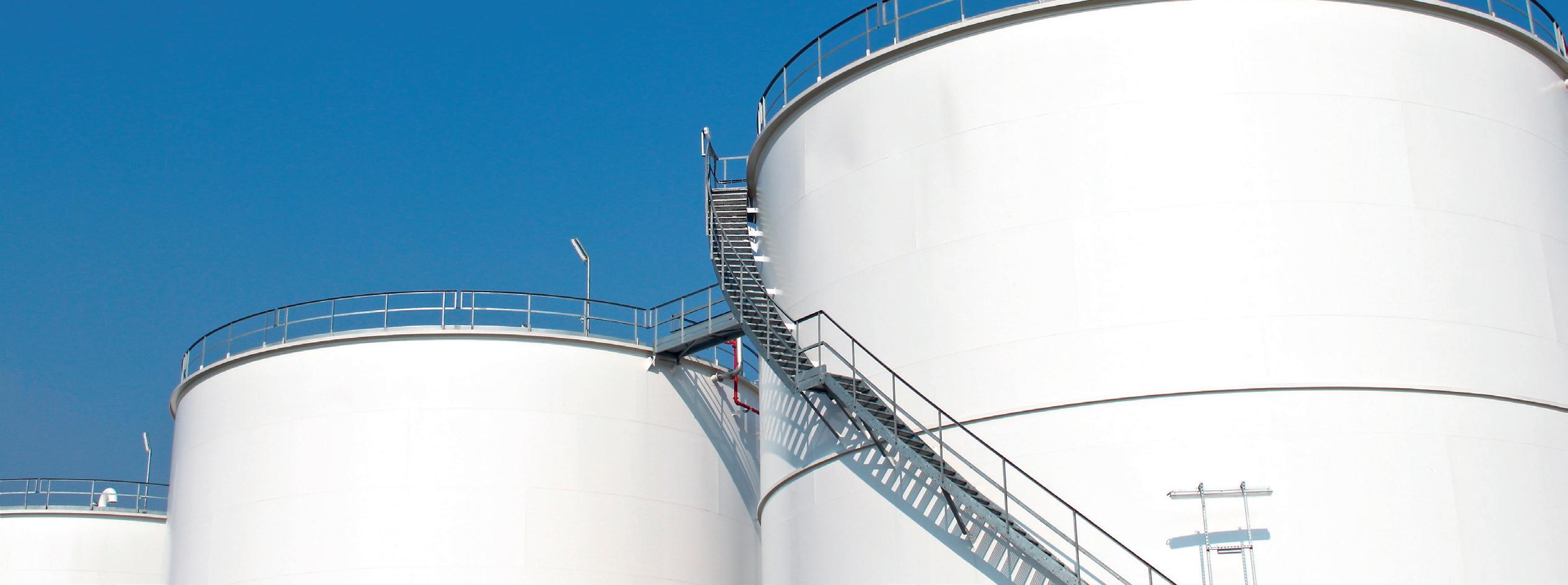



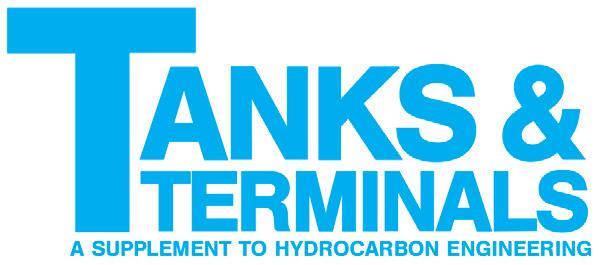
Figure 1. A rendering of Mexico Pacific’s anchor project, Saguaro Energía, a 15 million tpy North American West Coast LNG export facility, located in Puerto
Mexico Pacific provides an insight into the role the company’s Saguaro Energía LNG Facility will play in the future of global energy security.
Industry and government leaders around the world are working to strengthen the security of energy supplies while addressing environmental priorities, including the reduction of greenhouse gas emissions. LNG remains at the forefront of this global dialogue and is poised to play a critical role in the provision of reliable and affordable energy for future generations. Reliance on current and incremental LNG supply is underscored by recent
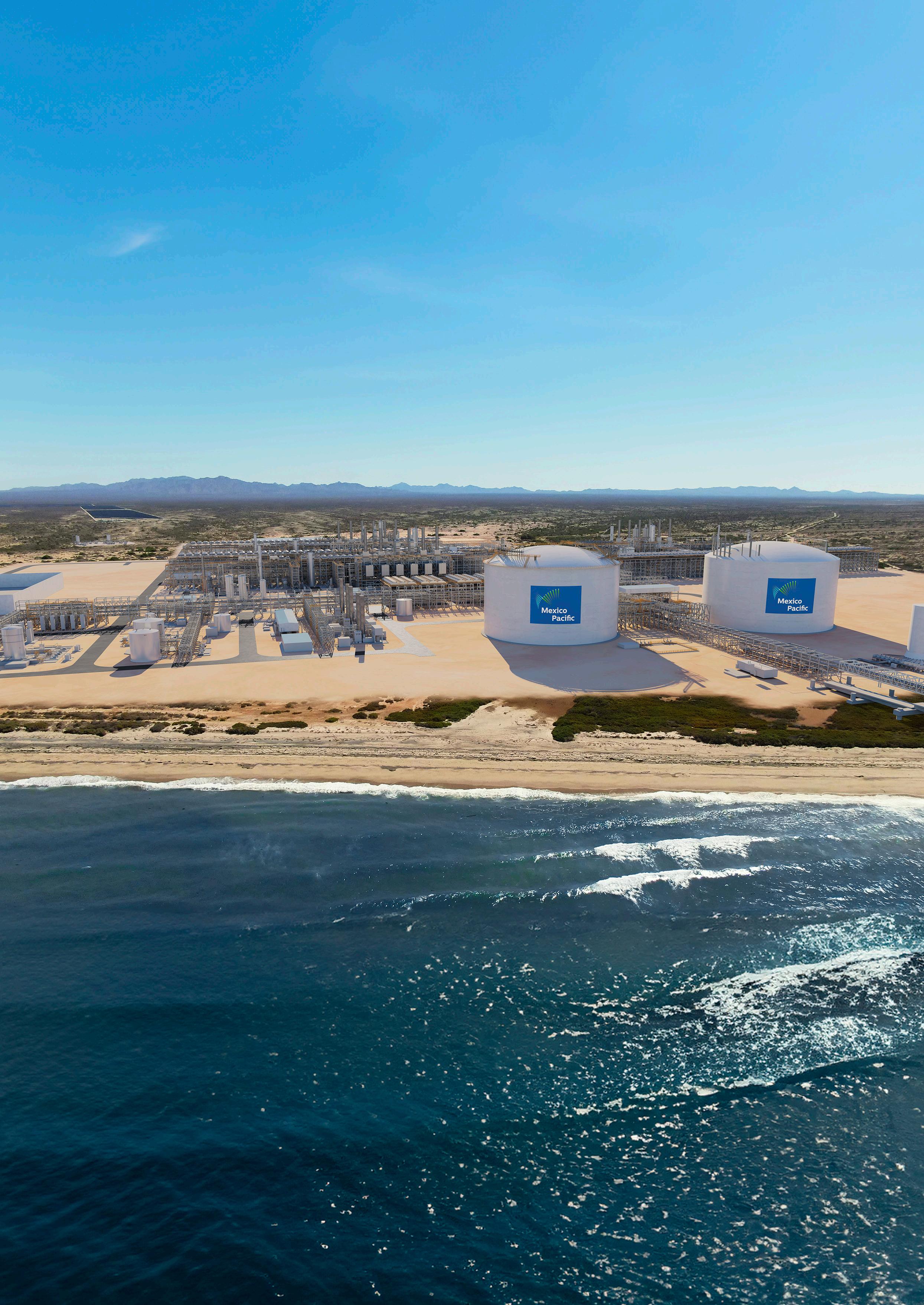
geopolitical turmoil, underinvestment in natural resource development and energy infrastructure, and rapidly evolving global market conditions.
Comprising the largest private investment in Mexico, Mexico Pacific’s Saguaro Energía LNG Facility and its associated Sierra Madre Pipeline provide opportunities to leverage the resources and capabilities of the US and Mexico and enable the creation of a North American region of
Libertad, Sonora, Mexico.
excellence to facilitate energy security and environmental benefits – in North America and around the world. Mexico Pacific is recognised as a foundational pillar of the Sonora Plan, which seeks to promote clean energy development, investment, and economic prosperity for the benefit of Mexico and its North American allies.
Sarah Bairstow, Mexico Pacific’s CEO and Chair of Gastech 2024’s Executive Committee, recently highlighted the company’s momentum: “With all permits and commercial contracts in place and strong support from stakeholders including governments and capital markets, we are actively working to round out financing on the path to a final investment decision. We are pleased to be working collaboratively with some of the industry’s most experienced and talented leaders and look forward to delivering world-class infrastructure that strengthens global energy security, reduces emissions, and positions North America as an even more significant LNG supplier to world markets.”
The world needs more LNG: Global demand continues to rise
Global LNG demand has doubled on average every decade since the inception of LNG trading and shipping nearly 70 years ago. Most recently, LNG demand has increased markedly, driven by dual forces of increasing global energy consumption and a desire to move away from more carbon-intensive fossil fuels. Industry observers anticipate a widening LNG supply gap, reaching nearly 200 million tpy by 2040 and 300 million tpy by 2050 and thereby necessitating a continued build-out of incremental liquefaction capacity, primarily in North America and the Middle East. Much of the burgeoning demand is in industrialised and emerging markets in the Asia Pacific region, which already accounts for more than two-thirds of global LNG consumption.
Anticipated increases in LNG consumption illuminates the pressing need for long-cycle infrastructure investments at both ends of the natural gas value chain: liquefaction and regasification. Numerous LNG suppliers are incorporating innovative technologies that optimise LNG production, reduce costs, and minimise environmental impacts, changing the LNG landscape and ensuring LNG will be a cornerstone of the energy transition to a reliable and sustainable future. Natural gas is an ideal complement to the world’s growing renewable aspirations, providing much-needed baseload power generation to underpin and offset resource intermittency and steep installation costs inherent in
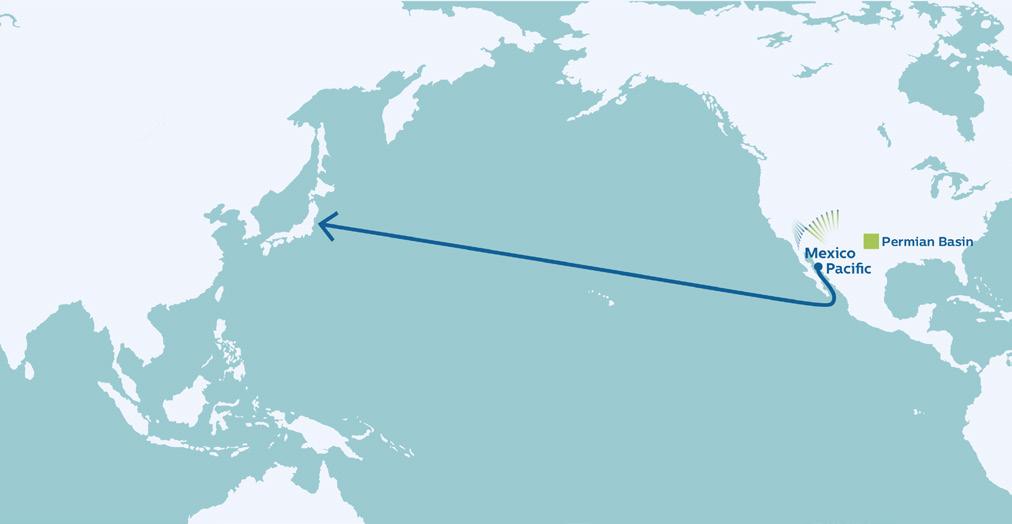
renewable development, as well as the limited ability to serve the world’s growing energy needs.
Permian Basin: Deep inventory of US gas supply
The Permian Basin holds one of the world’s largest proven remaining resource of natural gas and is a CAPEX focal point of leading energy producers – including ExxonMobil and ConocoPhillips, two of Mexico Pacific’s long-term LNG customers. However, most of the production in the Permian Basin is ‘oil-directed’, meaning that the natural gas is ‘associated’ with – or a byproduct of – oil production. Rystad Energy assessed that the amount of natural gas flared in the Permian Basin during a single quarter of 2019 was equivalent to nearly 5 million tpy of LNG.
Producers must find a ‘home’ (a market) for their natural gas, or face curtailment of oil production and associated reductions in US staffing and capital deployment, as excessive natural gas flaring is not an acceptable environmental practice. According to the U.S. Energy Information Administration, Permian Basin gas production has been steadily rising since 2012 and set another new record in 2023. US gas demand, on the other hand, is increasing by less than 2%/y. A lack of infrastructure to transport natural gas out of the Permian Basin will create persistent curtailment risk for Permian Basin producers.
Mexico Pacific’s Saguaro Energía LNG Facility represents a large scale solution for Permian Basin producers to evacuate associated gas to global LNG markets and mitigate excessive flaring. These vast reserves also represent some of the lowest-cost natural gas that can dynamically influence the global LNG market. Transporting the natural gas by pipeline to the west coast of North America, Mexico Pacific offers the lowest-cost reliable LNG supply delivered to Asia.
Strategic location: Advantages of North America’s west coast
The west coast of North America offers an optimised and de-risked pathway for Asian markets to access abundant, low-cost US natural gas, a critical advantage afforded by Mexico Pacific’s strategic location in Puerto Libertad, Sonora, in northwestern Mexico. By providing a more efficient route to Asian markets, the Saguaro Energía LNG Facility reduces shipping times to approximately 15 days, significantly fewer days than a transit from the Gulf of Mexico to Asia via the Panama Canal. This strategic advantage not only boosts efficiency, but also supports the industry’s greater push for reduced environmental impact. By avoiding the Panama Canal, LNG supplies avoid logistical complexities and costs, marking a new era of efficiency and reliability in LNG delivery.
Mexico Pacific leverages abundant, low-cost natural gas from the nearby Permian Basin, transporting the natural gas primarily via Sierra Madre Pipeline that will be constructed across 16 municipalities in northern Mexico. Utilising state-of-the-art technologies and development techniques that maximise efficiency and minimise emissions and community impact, the Sierra Madre Pipeline route was specifically designed to avoid population centres, avoid Indigenous communities, and avoid environmentally-sensitive areas – a first for Mexico. With the development of the Sierra Madre Gas Pipeline and a partnership with the Comisión Federal de Electricidad (CFE), Mexico’s state-owned
Figure 2. Saguaro Energía’s advantaged location provides a bridge to connect low-cost US natural gas with end-users in Asia, liquefying nearby Permian Basin south of the US border.

Subscribe online at: www.energyglobal.com/magazine
Project facts
Location
z Saguaro Energía LNG Facility: 1500-acre project site in Puerto Libertad, Sonora, Mexico.
z Sierra Madre Pipeline: 800-km gas pipeline to be constructed from the US border through the Mexican states of Chihuahua and Sonora.
Projected capacity
z 15 million tpy (three LNG trains) (Phase I).
z Requires the equivalent of approximately 2.5 billion ft3/d of natural gas.
Project partners
z EPC: Bechtel and Techint.
z Equipment: ConocoPhillips and Baker Hughes.
z US pipeline: ONEOK.
z Mexico pipeline: Bonatti and GDI Sicim.
z Customers and gas supply: ExxonMobil, ConocoPhillips, Shell, Woodside, CFE, Zhejiang Energy, and Guangzhou Gas.
z Financial advisors: JP Morgan, Santander, and MUFG.
Permitting
z All federal, state, and municipal permits in place in Mexico for full three-train project and associated pipeline.
z No additional permits needed for either the LNG facility or the pipeline to commence material construction.
LNG offtake
z All LNG production necessary for financing is fully contracted across three trains.
z 20-year binding LNG offtake contracts with some of the world’s leading investment-grade major energy companies.
z Mexico Pacific’s Saguaro Energía LNG Facility is the first project to be independently anchored by three super-majors.
Gas supply
z 100% Permian Basin (US).
z Suppliers include the largest Permian Basin producers (ExxonMobil and ConocoPhillips).
z Separate gas supply agreements in place with other parties, including CFE (the largest buyer of Permian Basin gas).
utility, Mexico Pacific is positioned at the nexus of innovation and strategic market engagement.
Taking the long view: Commitment to lasting stakeholder relationships
The Saguaro Energía LNG Facility is poised to make substantial contributions to the economies of Mexico and the US, and to play a pivotal role in Mexico’s emergence as a leading LNG exporter, setting new standards for the industry, specifically with respect to environmental stewardship and social responsibility. Site selection and project design provide inherent environmental benefits through a facility layout that minimises land usage and premiere topography requiring minimal site preparation. A proactive approach allows the company to implement targeted mitigation measures and adaptive management strategies, minimising its environmental footprint while fostering the long-term conservation of water resources and local wildlife habitats.
In recent months, Mexico Pacific has continued to demonstrate that establishing substantive and lasting relationships with stakeholders is fundamental to the long-term success of its project and its company. The company enjoys unprecedented federal, state, and municipal government support, with numerous framework agreements in place with government agencies focused on various aspects of project development. Furthermore, Mexico Pacific’s commitment to community engagement and sustainable development practices has fostered positive relationships with local communities, ensuring that projects not only proceed with social license to work but also contribute to local development.
Mexico Pacific has agreed to invest in targeted, high-impact community infrastructure and unprecedented social programmes in Sonora and Chihuahua, including the Municipality of Pitiquito (Puerto Libertad) where the LNG facility will be located. Through a strong focus on engagement with municipal leaders and community members, as well as robust data collection on social investment needs and initiatives, Mexico Pacific is now evaluating social investments in six areas of focus: community infrastructure, skills development, education, security and peace, environment, and health, ensuring a lasting positive impact on communities in which the company constructs and operates.
Building a closer future
Mexico Pacific’s emerging role in the global LNG marketplace transcends mere participation. The company is leading a new era marked by an unwavering commitment to energy reliability and security, environmental performance, and social responsibility. Leveraging abundant, low-cost gas supply from the Permian Basin in the US, its strategic location on the west coast of North America, and a commitment to cultivating substantive and lasting relationships with project stakeholders, Mexico Pacific is paving the way to a just energy transition and a brighter, closer, and more sustainable future.
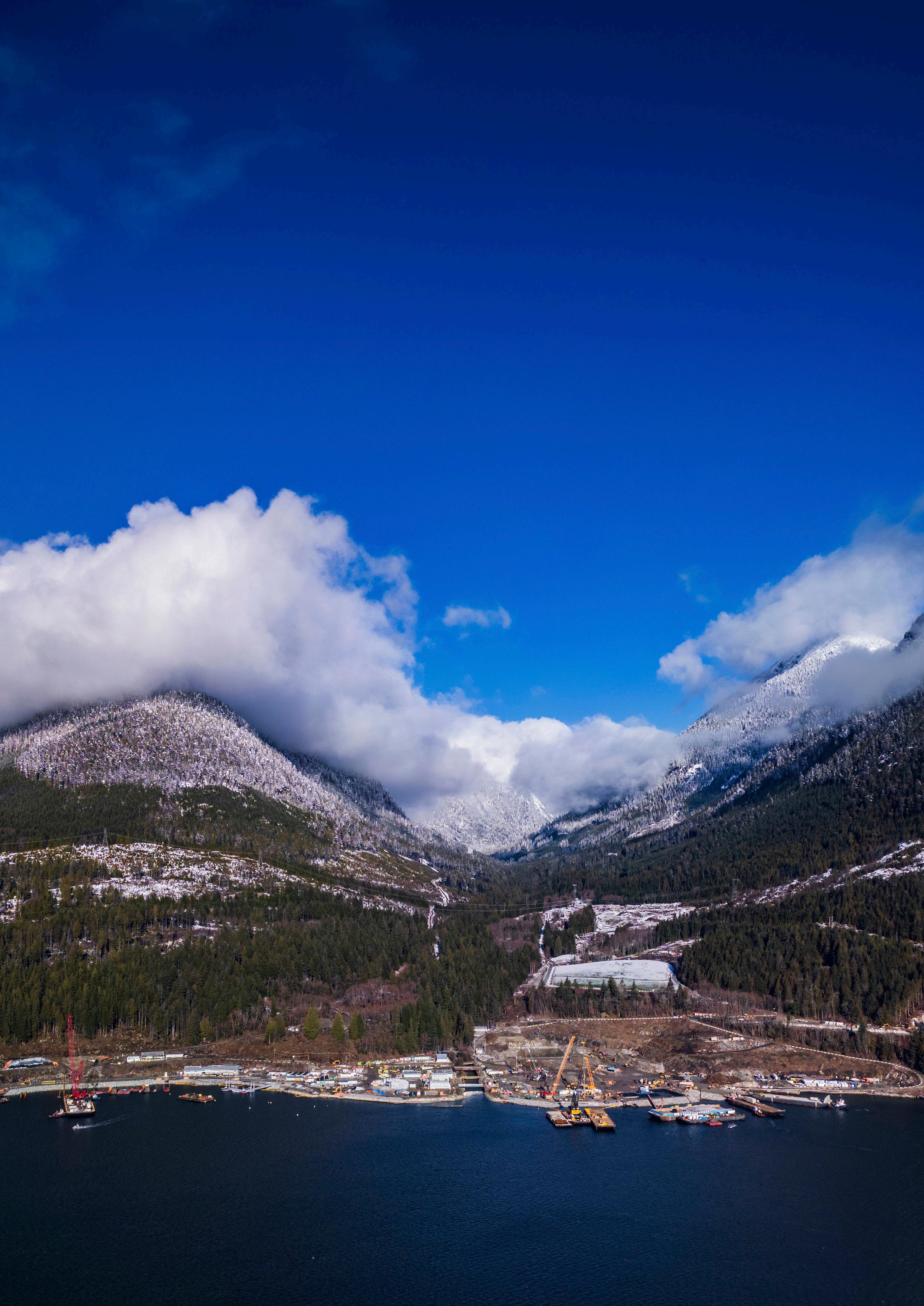
Christine Kennedy, President of Woodfibre LNG, explains how the Woodfibre LNG project is building with impact mitigation at the forefront.
While Canada’s LNG export industry is set to start shipping from Kitimat in 2025, the next Canadian LNG project is steadily advancing 7 km southwest of the town of Squamish in British Columbia. Woodfibre LNG, a single train liquefaction and export facility expected to produce 2.1 million tpy of LNG, began construction in late 2023. Set on the shores of the deep waters of Howe Sound, the facility will
MAJOR PROJECTS WITHOUT MAJOR IMPACTS
Figure 1. Full site view of Woodfibre LNG, February 2024.
receive an LNG carrier about once every 10 days, with cargoes expected to be bound for the Asian market given British Columbia’s proximity.
The Woodfibre LNG Project has proven to be unique in many aspects. Its location can only be reached by water, with no road or easy land access to the nearby town of Squamish. The site itself was the historic location of an Indigenous fishing village of the S ḵ wx wú7mesh Úxwumixw (Squamish Nation) on whose traditional land the project is being built. While the village of Swiyat has long since disappeared, the influence of the Squamish Nation has not. Thanks to a first-of-its-kind agreement (the Squamish Nation Environmental Assessment Agreement), the Squamish Nation is a fully-fledged environmental regulator for the project, ensuring that the project moves forward in a way that aligns with the environmental interests and priorities of the Nation. Input from the Squamish Nation has been key in several important design choices for the Woodfibre LNG facility and the adherence
to their environmental values has been an important step towards reconciliation.
Moving to active construction in 2024
As construction started late in 2023, early months were marked primarily by site preparation, including sweeps for invasive species, tree clearing and grubbing, relocation of existing stockpiles on site, mobilisation of heavy equipment, and preliminary site grading to prepare the site for the start of construction. As months rolled on, marine work stepped up in January to complete pilings for marine infrastructure as, under regulatory approvals, all in-water work must be conducted during the marine window of least risk, from 15 August to 31 January.
The shoreline of the site continues to be reconfigured in preparation for future marine infrastructure, including a marine offloading facility that will accept the LNG modules which will combine to form the facility and the floating storage tanks that will store and load LNG once the facility is operational.
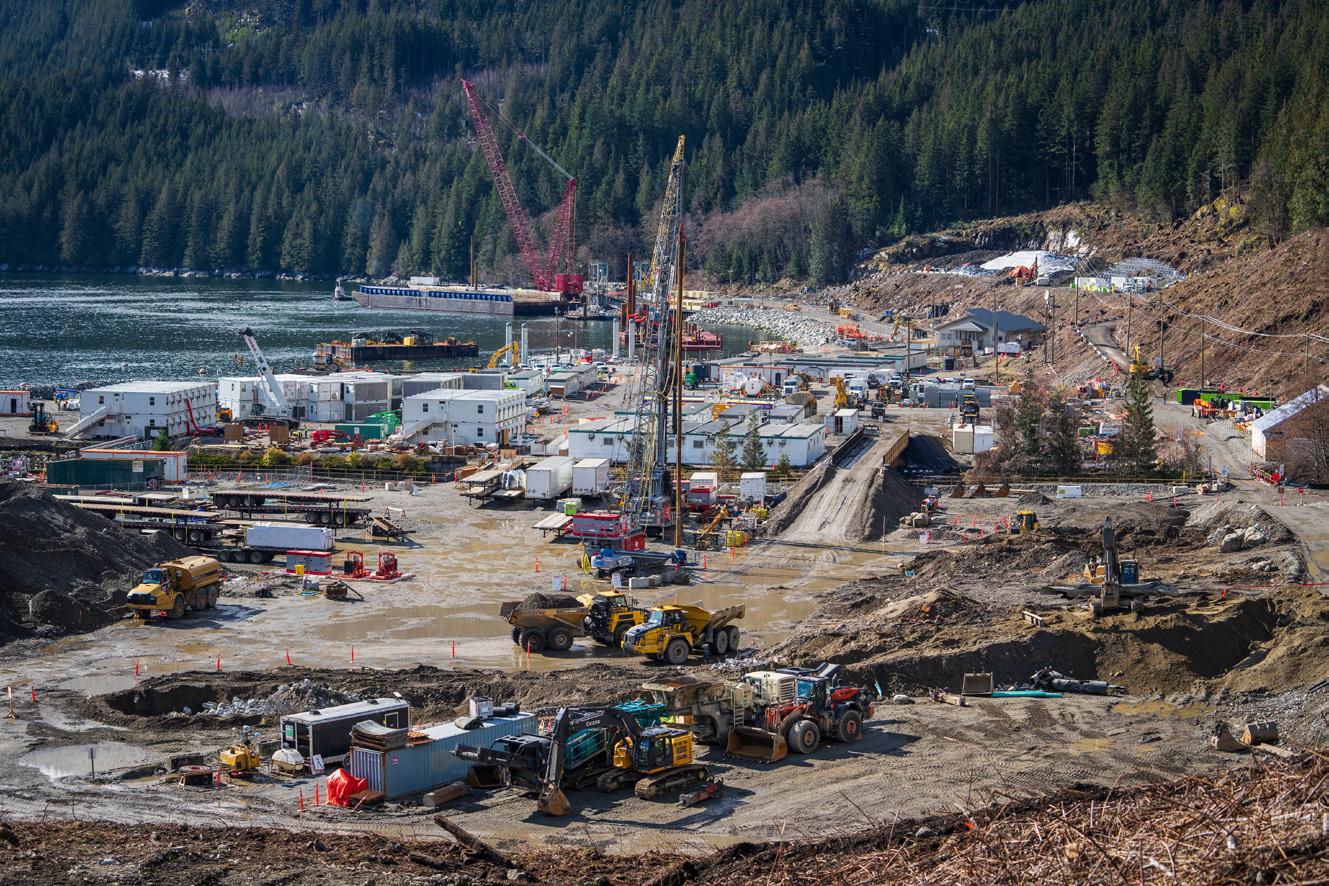
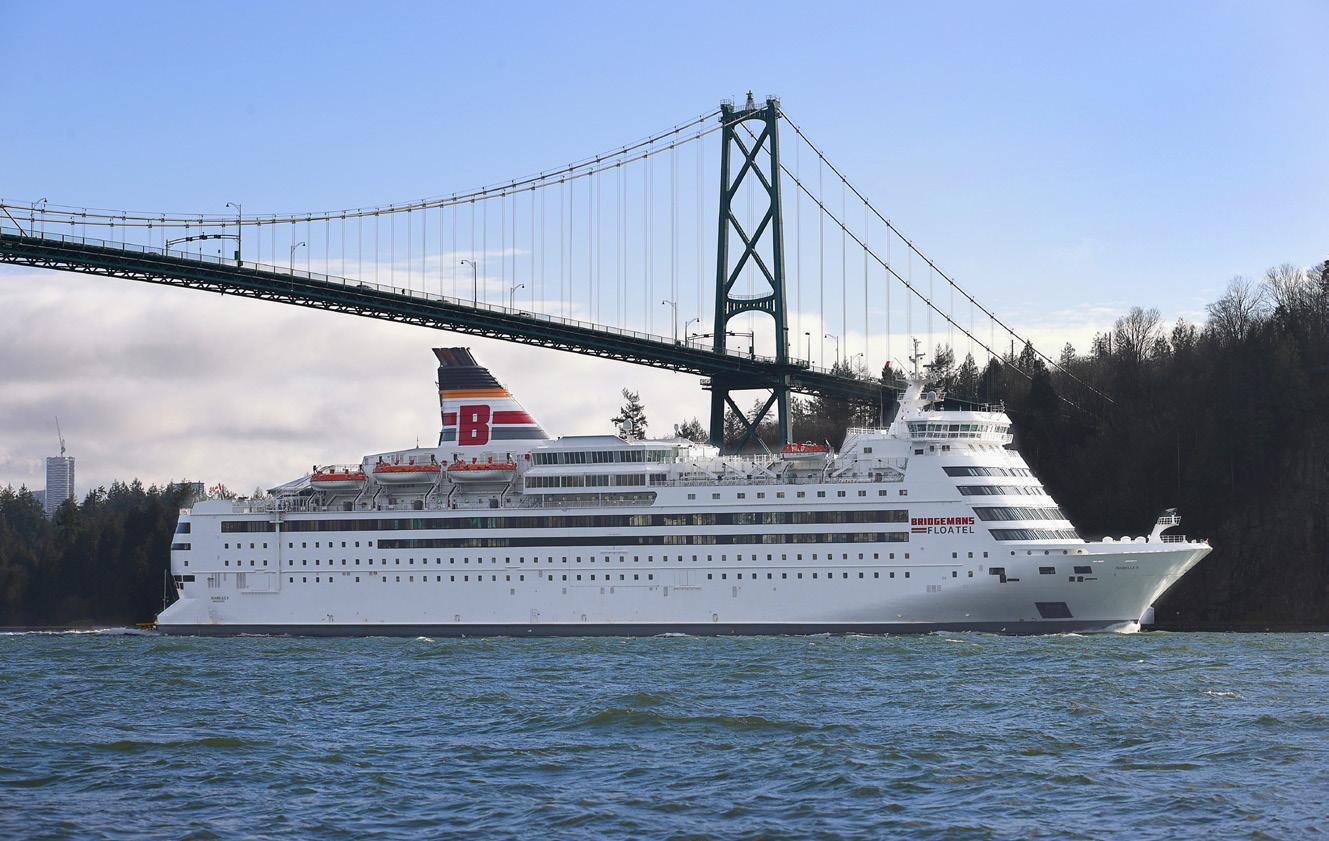
Later this year, the site will take another significant step forward as the first specialised LNG module is expected to arrive in the autumn. A total of 19 modules will arrive to site, comprising all essential elements of the facility, including the liquefaction module which will have a footprint roughly the size of a football field and weigh about 11 000 t. As the modules arrive throughout 2025, the facility will start to take shape as the modules are offloaded and tied in.
Housing a growing workforce – the floatel
As construction progresses on site and the facility begins to take shape, more workers are required. As of April 2024, around 300 workers are on the site daily, but the construction workforce will peak at close to 800 workers.
Workforces of this size often require a dedicated workcamp so local housing is not overwhelmed. This has been an important consideration for Woodfibre LNG as the local vacancy rate is typically well under 1%.
Woodfibre LNG has maintained a strong commitment that it would work to minimise any project impacts on Squamish, so the company took a unique approach to workforce accommodation – a floatel.
The floatel, or more officially the floating workforce accommodation, is a converted cruise ship that has been refitted to provide high quality, safe, and secure housing for non-local workers during their work rotations at
Figure 2. Work is underway at Woodfibre LNG, preparing for the arrival of the first LNG module late in 2024.
Figure 3. The MV Isabelle X, Woodfibre LNG’s floatel, arriving in Vancouver in January 2024.


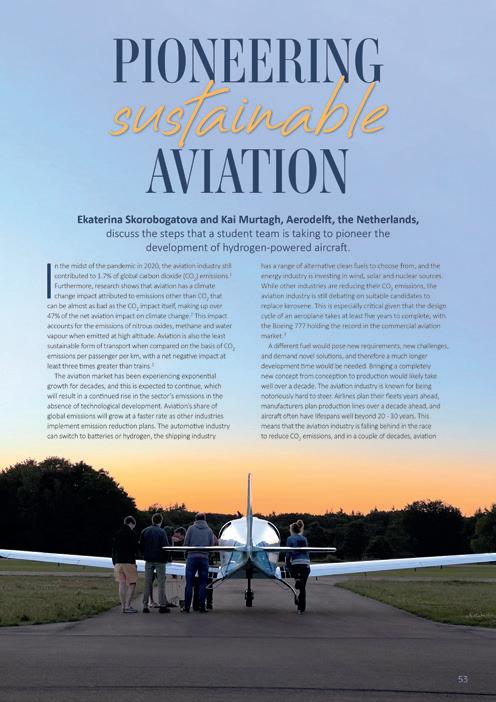
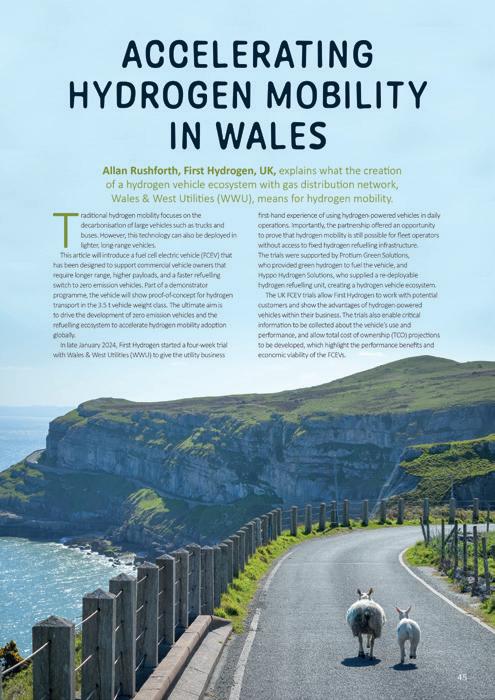
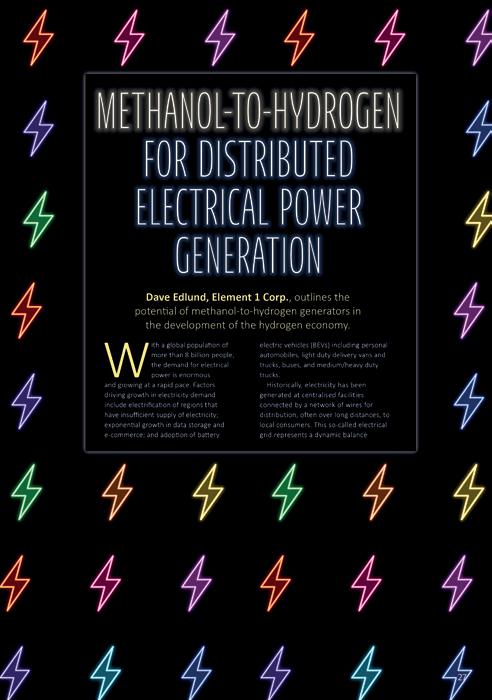
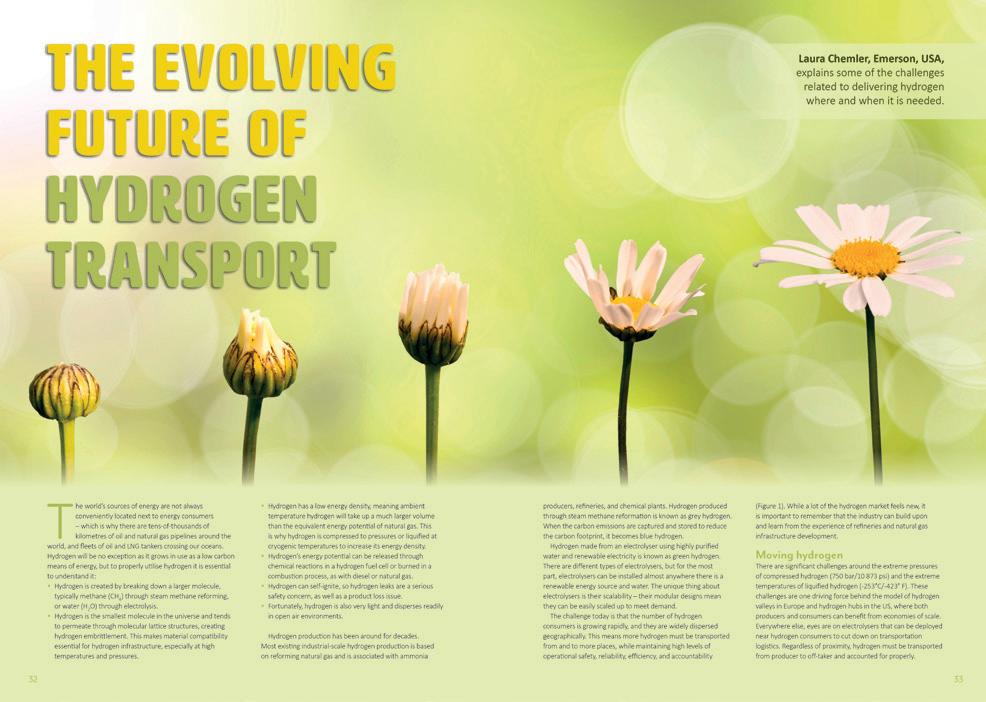
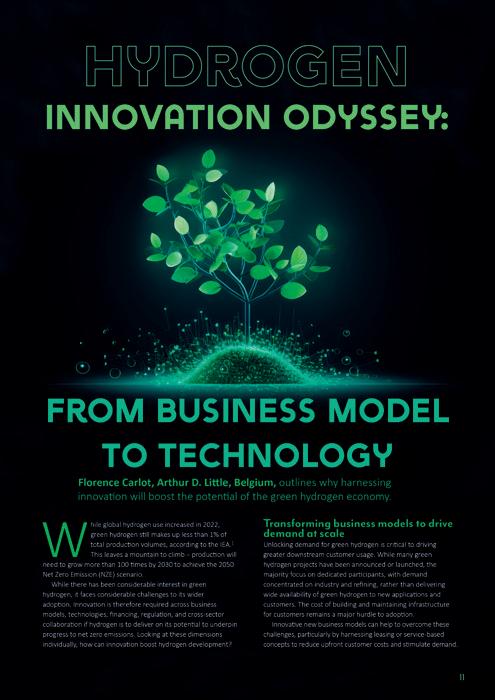

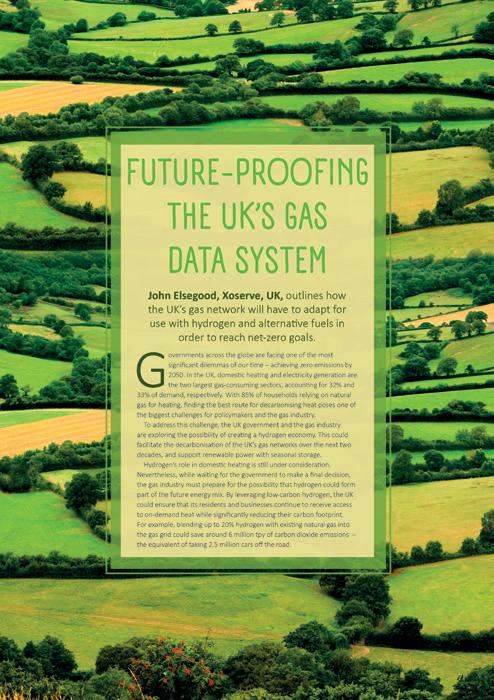
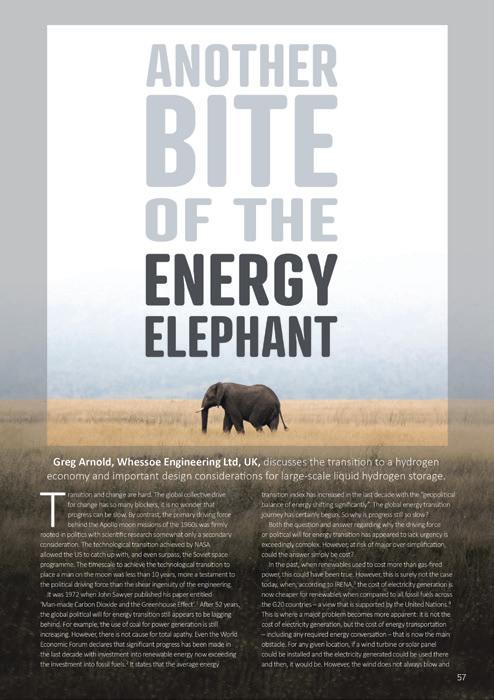
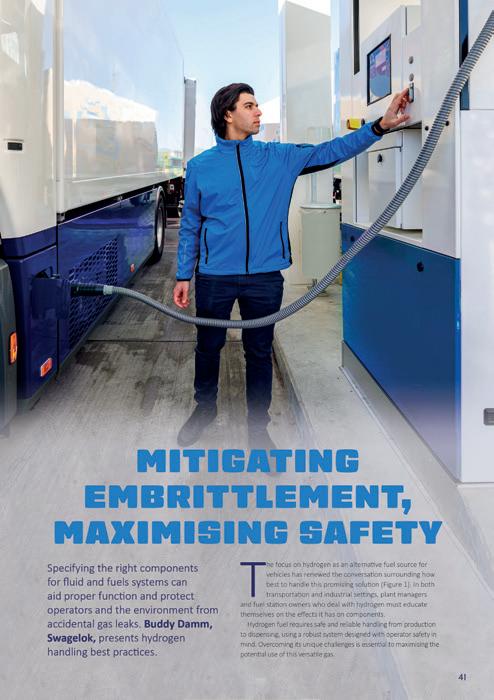

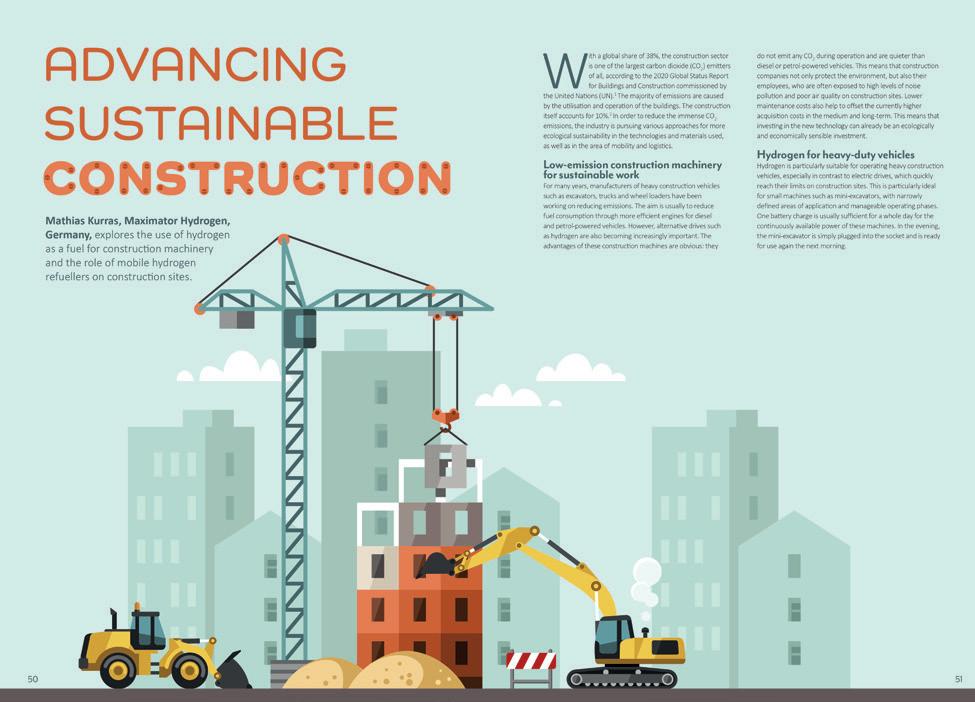

www.globalhydrogenreview.com
the project. The floatel has a total of 652 individual rooms, each with its own private en-suite bathroom, to provide a home away from home for workers. The floatel offers first rate dining choices, both for sit down meals and take away snacks, as well as extensive recreation options including games rooms, sports lounges, coffee shops, and a state-of-the-art 8000 ft 2 fitness centre.
The floatel matches the project’s commitment to reducing greenhouse gas (GHG) emissions, running on shore power from BC Hydro’s renewable hydropower instead of diesel boilers. In a Canadian industry first, the floatel utilises six industrial capacity electric heat pumps for space and water heating, as well as air conditioning. The vessel also features an onboard water treatment system, allowing workers to utilise reusable water bottles vs disposable bottles. Sewage from the floatel is removed and transported to an off-site treatment facility, ensuring that Howe Sound is unaffected by the vessel’s presence.
The floatel will be moored at site and all non-local workers must live aboard during their shift rotation, effectively eliminating any impact to local housing markets, traffic, or community services. While on shift, workers will stay aboard the floatel exclusively, having all their needs and recreation options met on the floatel without ever having to go into Squamish.
Commitment to gender and cultural safety – setting a new industry standard
One of the key drivers for Woodfibre LNG using the floatel is to ensure that any impact to the community is minimised, but the choice to use the floatel is also an important piece to the company’s industry-leading approach to gender safety.
In late 2022, taking guidance from the Calls for Justice from the National Inquiry into Missing and Murdered Indigenous Women and Girls, and the federal Standing Committee on the Status of Women’s report, Addressing Violence Against Indigenous Women and Girls in the Context of Resource Development Projects, the company began developing programming to prioritise gender safety and inclusion in the workplace, in worker accommodations, and in the community.
In 2023, Woodfibre LNG became the first project in any sector to fully adopt the Calls for Extractive and Development Industries, resulting from the National Inquiry, and to invite Indigenous women to participate meaningfully in implementing related programming.
This included establishing a Gender Safety Advisory Committee made up of Indigenous and non-Indigenous women from the community of Squamish, with the mandate to provide direct and ongoing input on gender safety and related programming, policies, and procedures to company management and take a role in implementing their recommendations. Members of the committee have supported and guided Woodfibre LNG through the process of refining and implementing a suite of initiatives to advance gender and cultural safety on the project, including onboard the floatel.
In November 2023, the Gender Safety Advisory Committee was established in regulation as an ongoing and integral requirement for the Project through the
BC Environmental Assessment Office (EAO) amendment of the Environmental Assessment Certificate to enable use of the floatel. The EAO also required Woodfibre LNG to develop a Gender and Cultural Safety Management Plan. This plan, developed in collaboration with the Gender Safety Advisory Committee and others, codifies, builds on, and provides additional definition to the initiatives, policies, and programmes already underway to deter, prevent, and address incidents of gender or culturally based violence related to the project.
Programming devised by the Committee, in addition to the physical separation of the workforce from the community, provides a higher level of assurance of gender safety in the community and for the project. Woodfibre LNG’s proactive approach to gender safety has influenced regulatory requirements of other major projects ongoing in the province and has acted as a catalyst for higher standards surrounding the protection of potentially vulnerable individuals.
An ongoing commitment to net zero
Woodfibre LNG released its Roadmap to Net Zero in March 2023, outlining its tactical plan to be the world’s first net zero LNG facility. The Roadmap is among the few detailed net-zero plans in the energy sector that have been verified through a third-party climate consultancy. Through the use of electric-driven compressors powered by the province’s renewable power grid, other emission reducing technologies, and strategic use of carbon offsets, the Woodfibre LNG will be a net-zero operation from its first day producing LNG. In fact, the Woodfibre LNG project has included all of its construction related GHG emissions within its net-zero commitment and has procured carbon offsets for its full construction period.
Woodfibre LNG has made it a priority to purchase carbon offsets through nature-based offset providers with close connections to local Indigenous Peoples. Working with the BigCoast Forest Climate Initiative and the Cheakamus Community Forest Project, Woodfibre LNG is able to offset its hard-to-abate emissions and reduce its net emissions profile from just 0.04 t of CO 2e/t of LNG produced to zero.
Reducing impact at every step
The Woodfibre LNG project has made positive strides over the last year, moving from planning and pre-construction to a project under active development. Although activity at the site has ramped up considerably, the company has kept its commitment to community front of mind at all times – that major projects do not need to have major impacts. Whether it be potential impacts to the environment or the community, Woodfibre LNG has worked to proactively reduce or eliminate any negative effects.
As the project continues to take shape, the company has been outspoken in its desire to continue to raise the global standard for LNG development. With global demand for LNG seemingly rising along with expectations for improved environmental and social governance from energy producers, Woodfibre LNG is demonstrating that LNG development can occur with minimal impacts on neighbouring communities.

Lake Charles LNG details how the project is preparing for the energy transition as a global supplier.

On the Calcasieu ship channel in Lake Charles, Louisiana, Energy Transfer is developing Lake Charles LNG, a large scale, state-of-the-art LNG export facility. Importantly, the Calcasieu channel connects the Port of Lake Charles to the Gulf of Mexico, a main US gateway to the global energy trade. The project, if sanctioned through
an affirmative final investment decision (FID), will feature the conversion of Energy Transfer’s existing Lake Charles LNG import and regasification terminal into a 16.45 million tpy liquefaction export facility. Energy Transfer has made significant progress in securing long-term LNG offtake contracts, with nearly 7.9 million tpy under binding contracts and

3.6 million tpy under non-binding contracts. Energy Transfer is in discussions with other customers for the remaining unsold capacity necessary to support an FID.
Lake Charles LNG has unique advantages over other US Gulf Coast projects. In particular, the existing brownfield LNG infrastructure on the site of the proposed liquefaction
project provides cost advantages over other LNG projects. Additionally, this project benefits from connectivity to Energy Transfer’s Trunkline pipeline, an 800-mile header system that provides access to significant natural gas supply from the Haynesville, Eagleford, Permian, and Marcellus producing basins. The liquefaction facility has an extremely efficient design which, along with a carbon capture and sequestration component, is expected to result in one of the lowest greenhouse gas emissions profiles among the US Gulf Coast LNG projects. Finally, Lake Charles LNG is sponsored by Energy Transfer, a large midstream company with extensive experience with mega infrastructure projects.
Global natural gas demand
The demand for energy across the globe is increasing. Natural gas, with its lower-carbon profile, is a key energy source among countries aiming to satisfy climate change goals. More recently, the sanctions imposed on Russia in response to its invasion of Ukraine have exacerbated a global natural gas shortage, boosting demand for US LNG exports. In the first four months of 2022, LNG imports from the US to the EU and the UK have more than tripled, compared with 2021, averaging 7.3 billion ft3/d and accounting for 49% of total imports to Europe.
Oil and gas analysts Wood Mackenzie forecast global LNG demand will more than double over the coming decades, to more than 800 million tpy by 2050, according to a recent report by the Australian government. Shell expects demand to double to 700 million tpy by 2040, with 380 million t consumed in 2021 under a recovering economic environment from COVID. Natural gas supply-side factors and accelerating demand for natural gas and LNG are positive factors that make Lake Charles LNG an important asset in the US energy infrastructure landscape.
Scale and scope
The Lake Charles LNG project merges its brownfield benefits with forward-looking plans for the new liquefaction facility. The existing brownfield site consists of 152 acres and Lake Charles LNG will add 240 acres to accommodate construction of the liquefaction facility. The liquefaction project will capitalise on four existing LNG storage tanks with aggregate storage capacity of 430 00 m3, two deep-water berths capable of handling LNG vessels up to 217 000 m3, and other existing LNG infrastructure, including offices, utilities, and roads. The liquefaction project will include refurbishment of the storage tanks as necessary and modernisation of the two berths, including new loading arms.
Lake Charles LNG is in advanced discussions with a consortium of experienced engineering and construction firms to serve as the EPC contractor for the project. This consortium expects to utilise international fabrication yards to construct modules that will be transported by ship to the Lake Charles site for integration with other domestically sourced components to produce the comprehensive liquefaction project. The project is estimated to create up to 4000 local jobs during construction and 200 full-time positions at Lake Charles following the commercial operations date.
The Lake Charles LNG site is located approximately 26 miles inland from the mouth of the Calcasieu Pass on the Gulf Coast and its inland location provides superior protection against hurricanes. This advantageous location has been proven through the course of two direct hurricane hits at the existing
Lake Charles regasification facility, which resulted in no significant damage to the facility primarily due to the dissipation of the on-ground storm surge as the water moves inland, an advantage over locations closer to the Gulf Coast where the storm surge is much higher.
Lake Charles LNG will benefit from its direct connection to Energy Transfer’s existing Trunkline pipeline system. Trunkline is an 800-mile system that connects with 11 major interstate pipelines and several intrastate pipelines, including Energy Transfer’s pipelines and third-party pipelines. Energy Transfer’s natural gas marketing group purchases and sells approximately 2 billion ft3/d, and its expertise in securing natural gas supply is expected to be an important resource for Lake Charles LNG.
Project sponsor
Energy Transfer is one of the largest and most diversified midstream energy companies in North America, with a strategic pipeline footprint in all of the major US oil and gas-producing basins. Importantly, the Lake Charles LNG export project will benefit from abundant natural gas supply through Energy Transfer’s 27 200 miles of natural gas transportation pipelines, with an aggregate capacity of 40 billion ft3/d. In addition, Energy Transfer operates 40 000 miles of natural gas gathering pipelines, with over 40 processing facilities and 160 billion ft3 of storage. For reference, US LNG exports averaged 11.5 billion ft3/d in 2023. These pipelines offer access to multiple natural gas producing basins, including the Haynesville, the Permian, and the Marcellus Shale – the highly-prolific areas of US production. Finally, as project sponsor, Energy Transfer is an experienced, credit-worthy company with significant experience developing and constructing large infrastructure projects.
Commercial progress
To meet the growing LNG trade, long-term contracts are needed to support long-lived infrastructure assets in exporting countries around the world. In March 2022, two purchase agreements for an aggregate of 2.7 million tpy of LNG with 20-year terms were signed by ENN, a major natural gas distributor in China. In May 2022, a 20-year agreement was finalised with Singapore’s Gunvor Group to supply 2 million tpy, and an 18-year LNG offtake agreement was signed with SK Gas, the project’s first Korean offtake partner, for 0.4 million tpy.
In June 2022, a 25-year agreement with China Gas, another natural gas distributor in China, was signed for 0.7 million tpy. In August 2022, a 20-year agreement with Shell was signed for 2.1 million tpy. In July 2023, three heads of agreements for another 3.6 million tpy of LNG offtake were executed. Energy Transfer LNG President, Tom Mason, noted that the 11.5 million tpy of LNG offtake subject to these contracts represents a significant step towards a target offtake volume of 14 – 15 million tpy.
Regulatory approvals
All federal, state, and local permits necessary for the construction and operation of 16.45 million tpy of liquefaction capacity have been received, including authorisations from the Federal Energy Regulatory Commission.
Lake Charles LNG has existing LNG export authorisations from the Department of Energy (DOE) for 16.45 million tpy, including an authorisation for exports to free trade agreement
(FTA) countries and non-FTA countries. The existing authorisation for export to non-FTA countries has a qualification that exports must commence by December 2025. In light of this qualification and the currently contemplated schedule for first exports from the proposed liquefaction facility, Lake Charles LNG determined to file an application for a new authorisation for exports to non-FTA countries. This application was filed with the DOE in August 2023 and Lake Charles had anticipated a favourable decision by the DOE in early 2024; however, the DOE announced in January 2024 a ‘pause’ on approvals of export authorisations pending updated studies related to various topics, including the potential impact of LNG exports on US natural gas prices and the impact of LNG exports on climate change.
The DOE has stated that it expects to complete these studies in the next few months and then release its findings and policy recommendations for public comment.
Lake Charles LNG is optimistic that its application for a new authorisation for exports to non-FTA countries to replace its existing export authorisation will be approved by the DOE promptly following the conclusion of the DOE’s process to re-evaluate export authorisation applications, particularly in light of the relatively low greenhouse gas emission profile of Lake Charles LNG, its favourable community relationships at Lake Charles, and geopolitical considerations related to the customer mix for the Lake Charles project.
Low emissions LNG and decarbonisation efforts
Lake Charles LNG’s liquefaction facility is designed to be one of the most energy-efficient and cleanest-operating LNG facilities
in the US. Lake Charles LNG is planning to utilise carbon capture equipment and is in active discussions with developers of carbon sequestration sites in the proximity of Lake Charles LNG. Lake Charles LNG’s efficient design and planned carbon capture and sequestration (CCS) component to the liquefaction project is expected to result in one of the lowest Scope 1 and Scope 2 emissions of any US Gulf Coast project.
Energy Transfer is also focused on reducing greenhouse gas emissions in its gas processing and transportation operations across its extensive US pipeline network. Moreover, the company is in discussions to participate in the development of other low carbon projects, including blue ammonia hubs at its deepwater terminal properties located near Lake Charles (Louisiana) and Nederland (Texas), where Energy Transfer is capable of providing natural gas supply, ammonia storage and marine terminal services. Energy Transfer is also working on other CCS initiatives in the Gulf Coast area. Energy Transfer sees opportunities in developing carbon dioxide pipelines to support newly planned CCS projects.
Energy Transfer believes that its combined efforts with Lake Charles LNG to reduce emissions is an important consideration for many of its LNG offtake customers in Europe and Asia.
Summary
Energy Transfer’s Lake Charles LNG is well-positioned and prepared to rise to the historic energy challenges currently being faced around the globe. The transition of Lake Charles LNG from an LNG import facility to a re-purposed LNG export facility will be another important step in Energy Transfer’s evolution.
15FACTS
The US LNG export industry has grown at an annual rate of 11 million tpy of installed baseload capacity
The Port of Los Angeles/ Long Beach’s LNG bunkering terminal has a capacity of up to 540 000 gal.
The first phase of Mexico Pacific’s Saguaro Energía LNG facility has a projected capacity of 15 million tpy (three trains)
The Lake Charles LNG site is located around 26 miles inland from the mouth of the Calcasieu Pass, providing protection from hurricanes
NORTH AMERICA
The combined capacity of the six Mexican export projects currently moving forward are between 5 – 6 billion ft3/d
‘America’ was first used on a map in 1507 to refer to what is today South America
Basketball was created in Canada in 1891
Canada consumes 55% more mac and cheese than the US
Mexico has the world’s largest population of Spanish speakers
The US has now overtaken Qatar to become the world’s largest exporter of LNG
Alaska is the largest state in the US, and used to belong to the Russian Empire before the US purchased it
Woodfibre LNG’s liquefaction module will have a footprint roughly the size of a football field
Idaho, Iowa, Kansas, Montana, Nebraska, North Dakota, Oklahoma, South Dakota, and Wyoming all have more cattle than humans
All of Canada’s LNG export projects are located in British Columbia
Mexico’s official name is Estados Unidos Mexicanos (United Mexican States)


